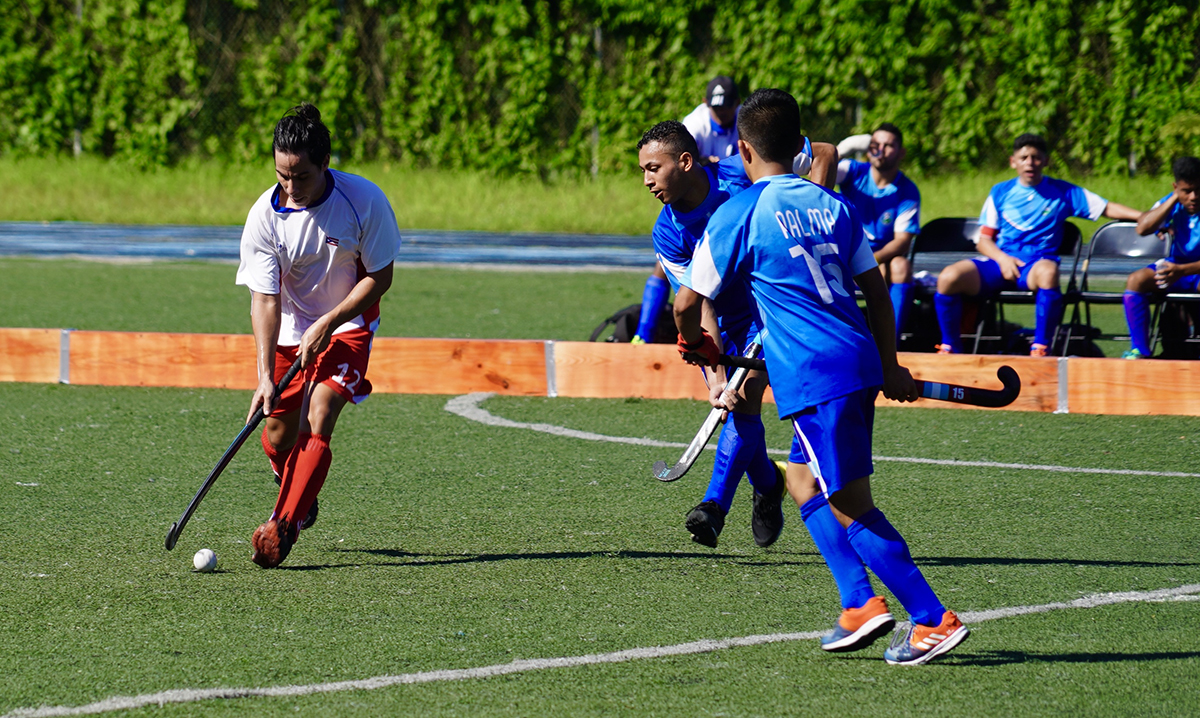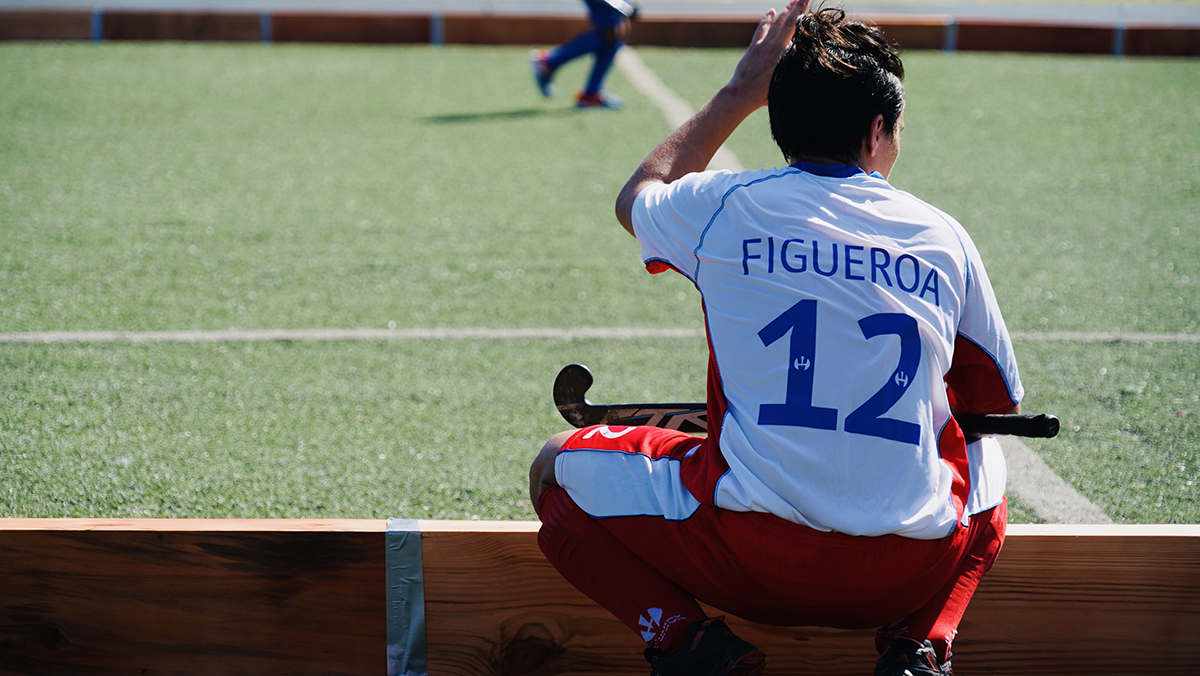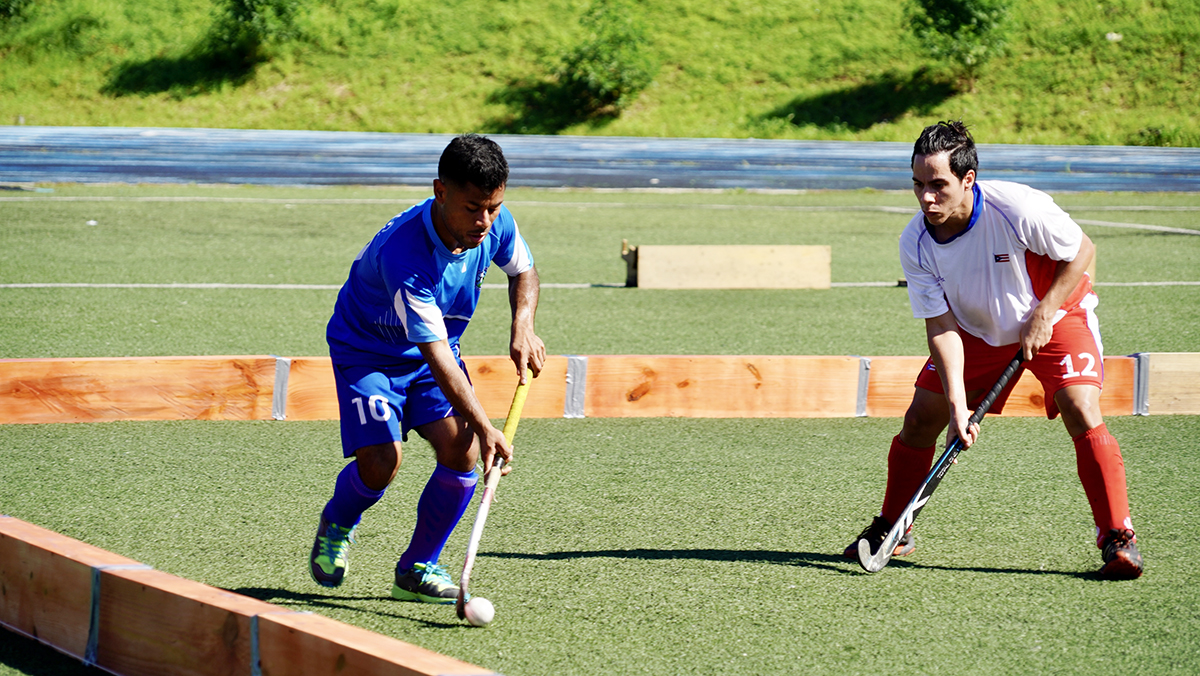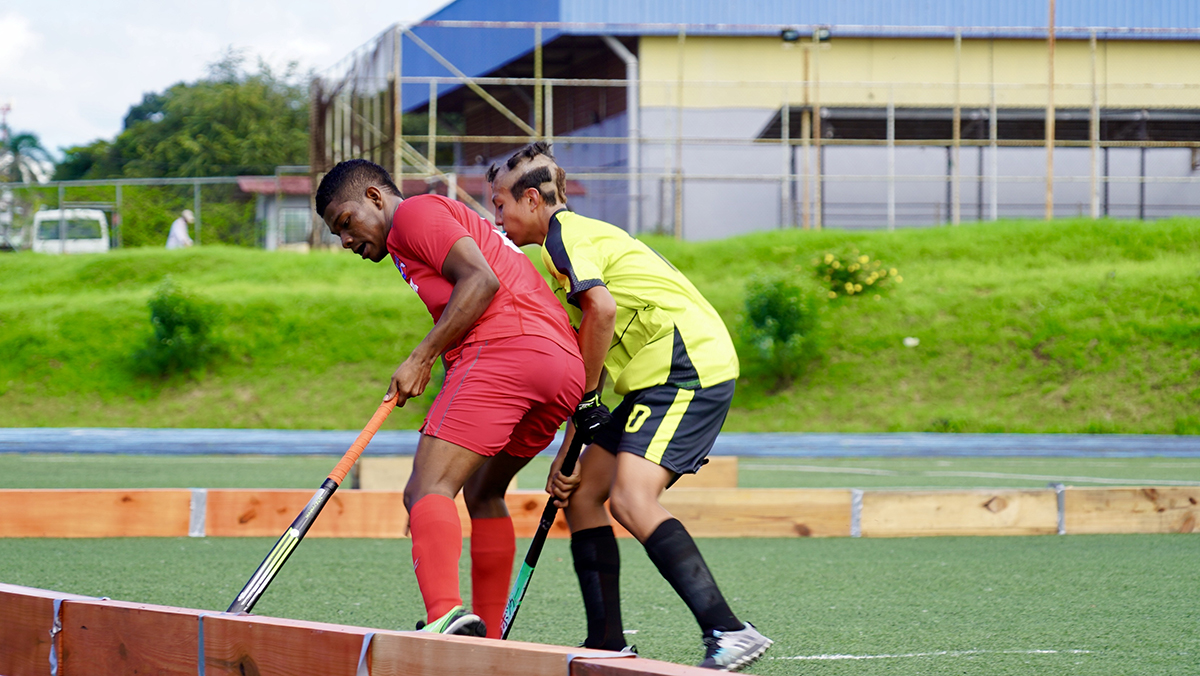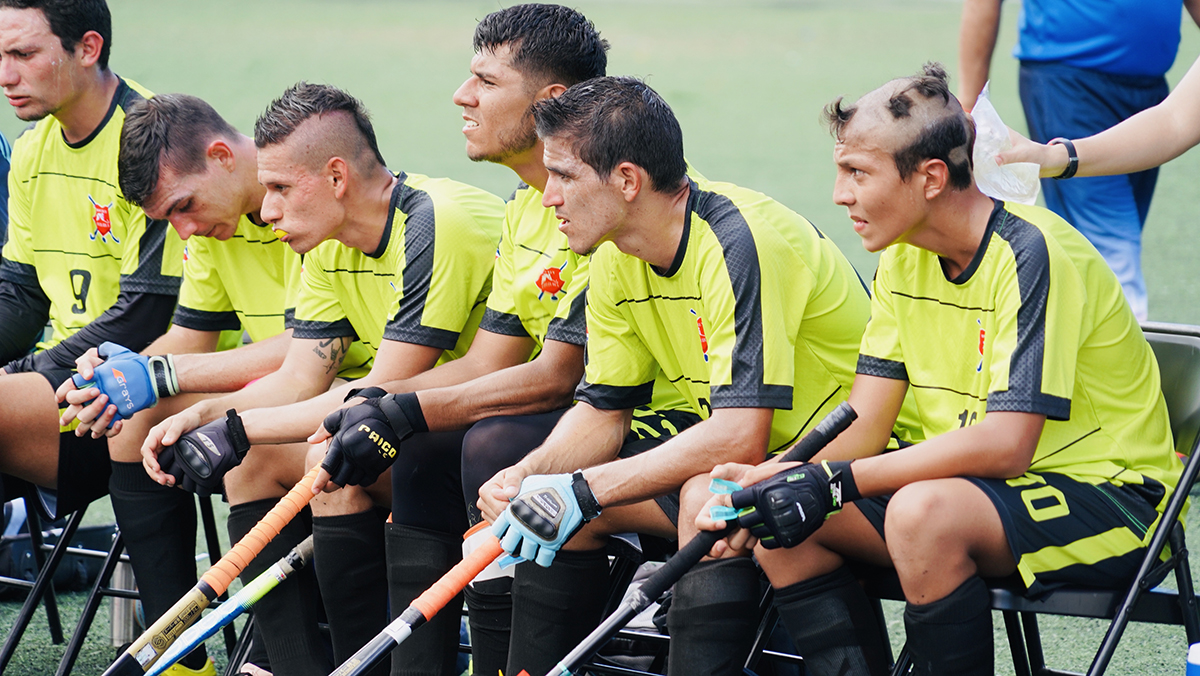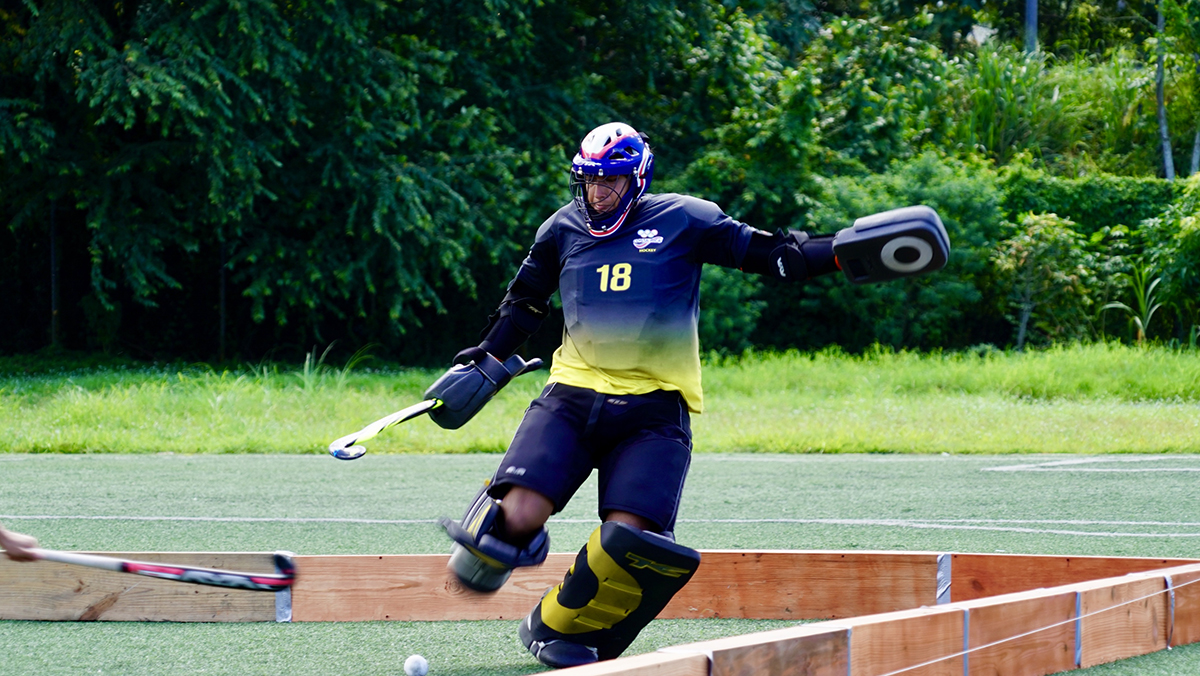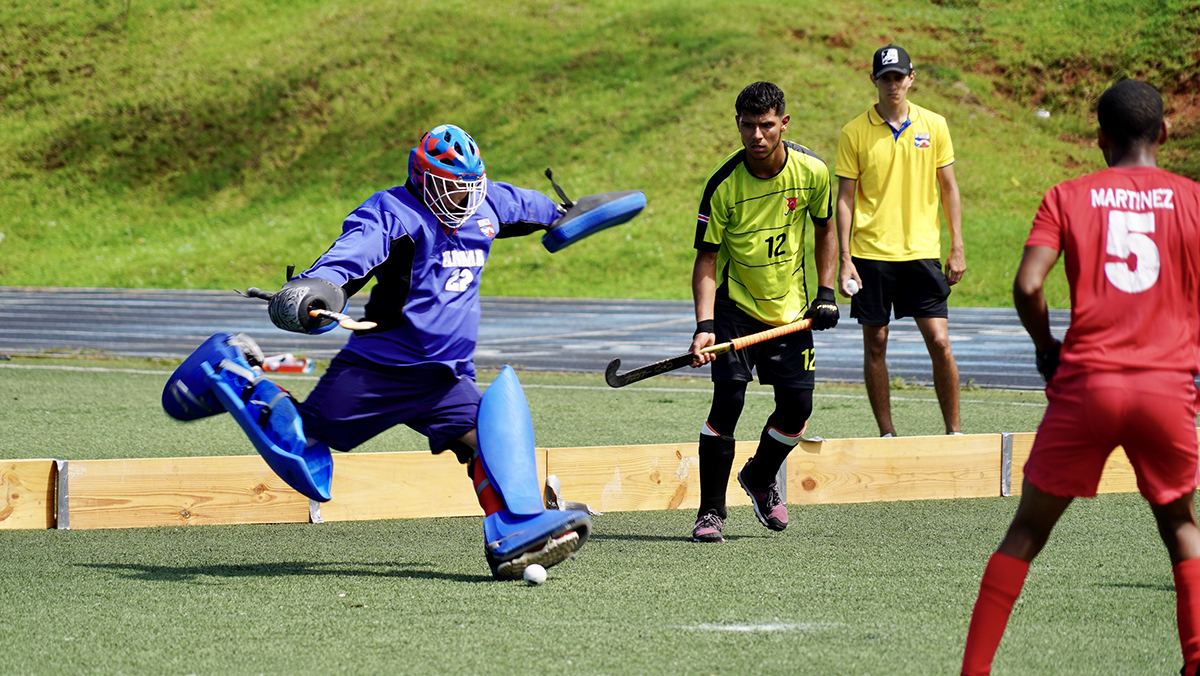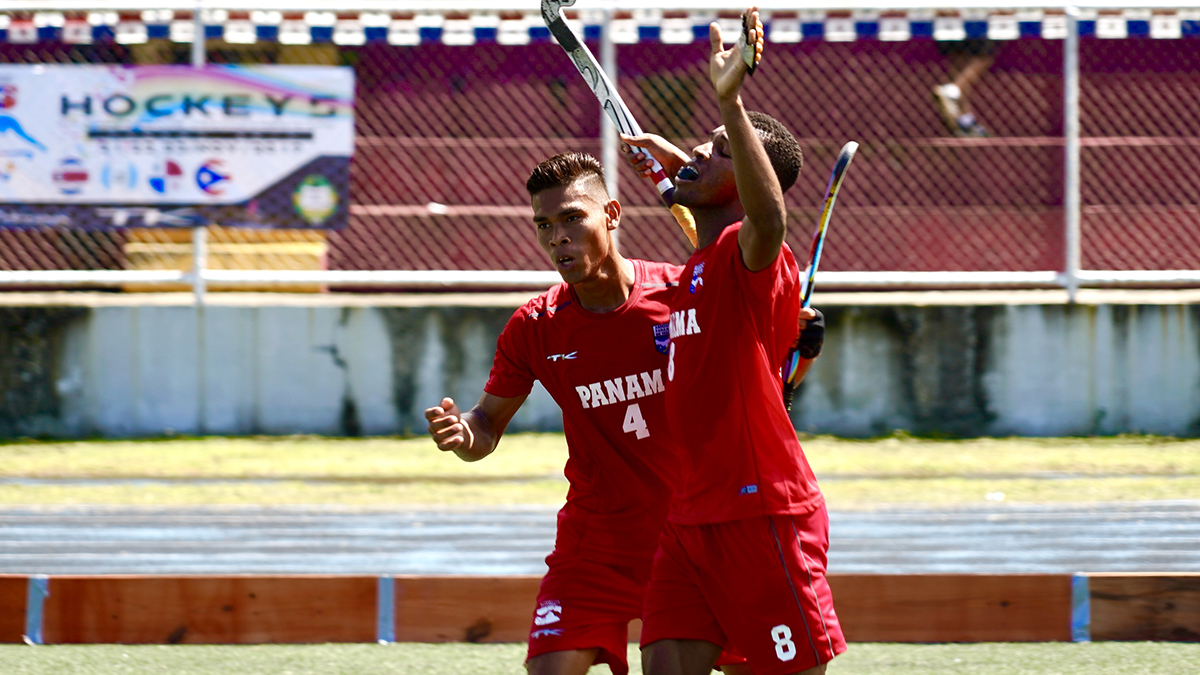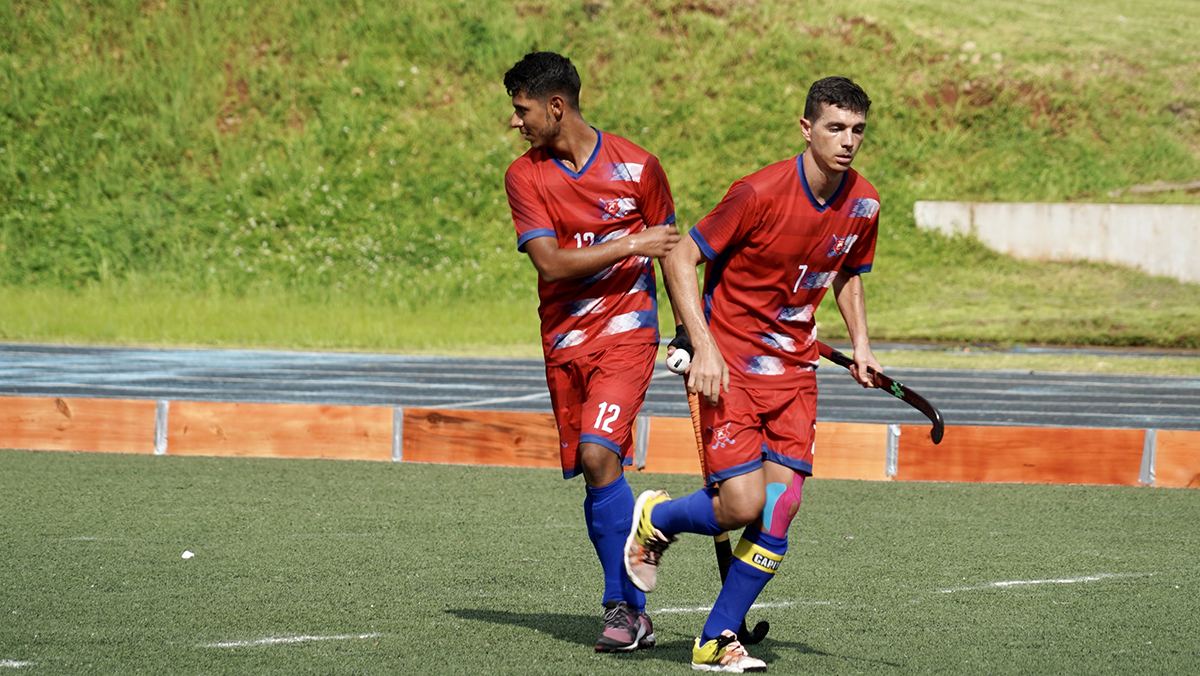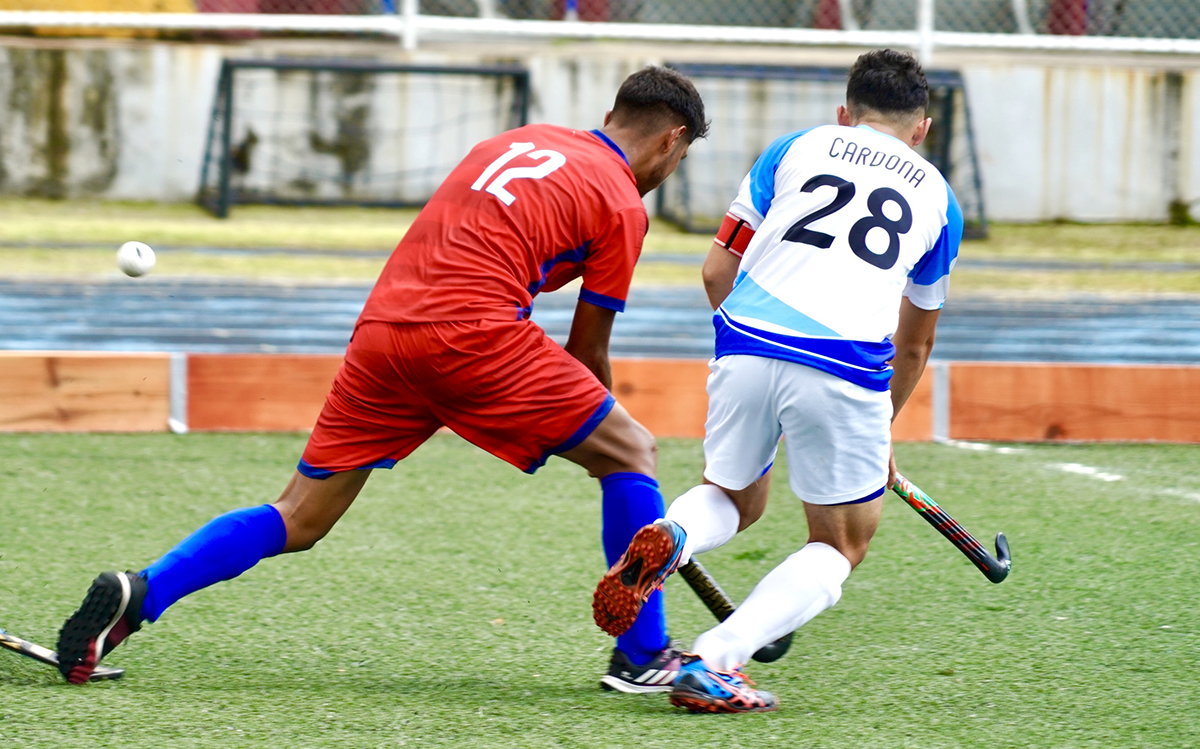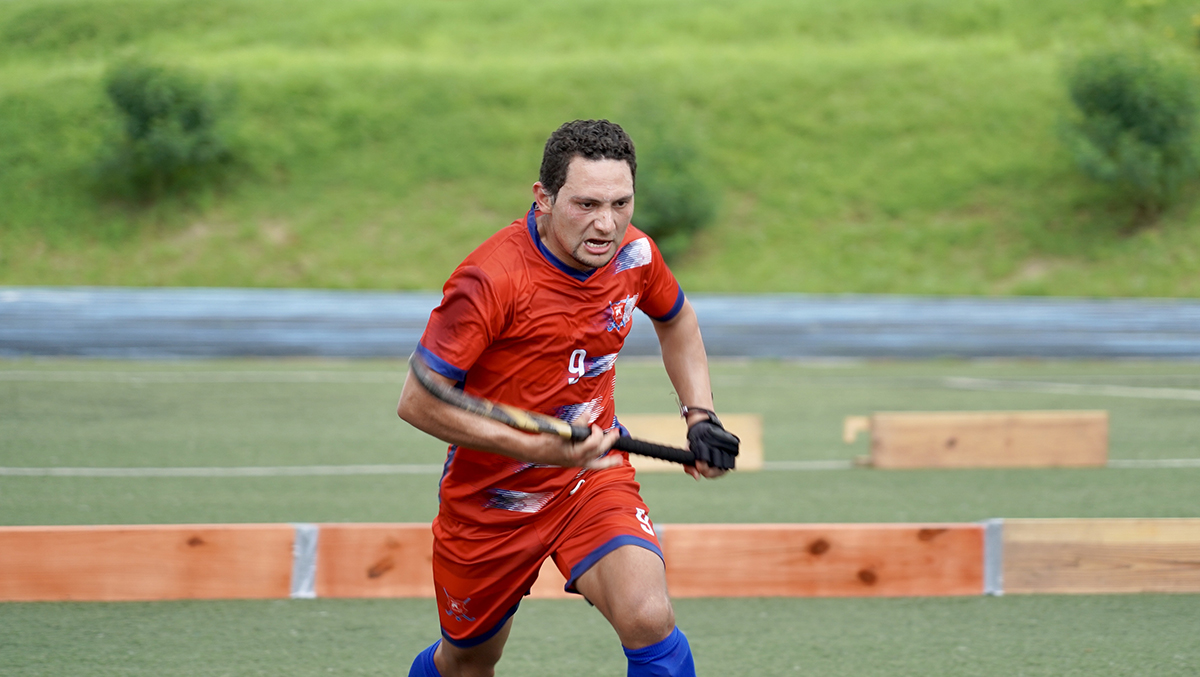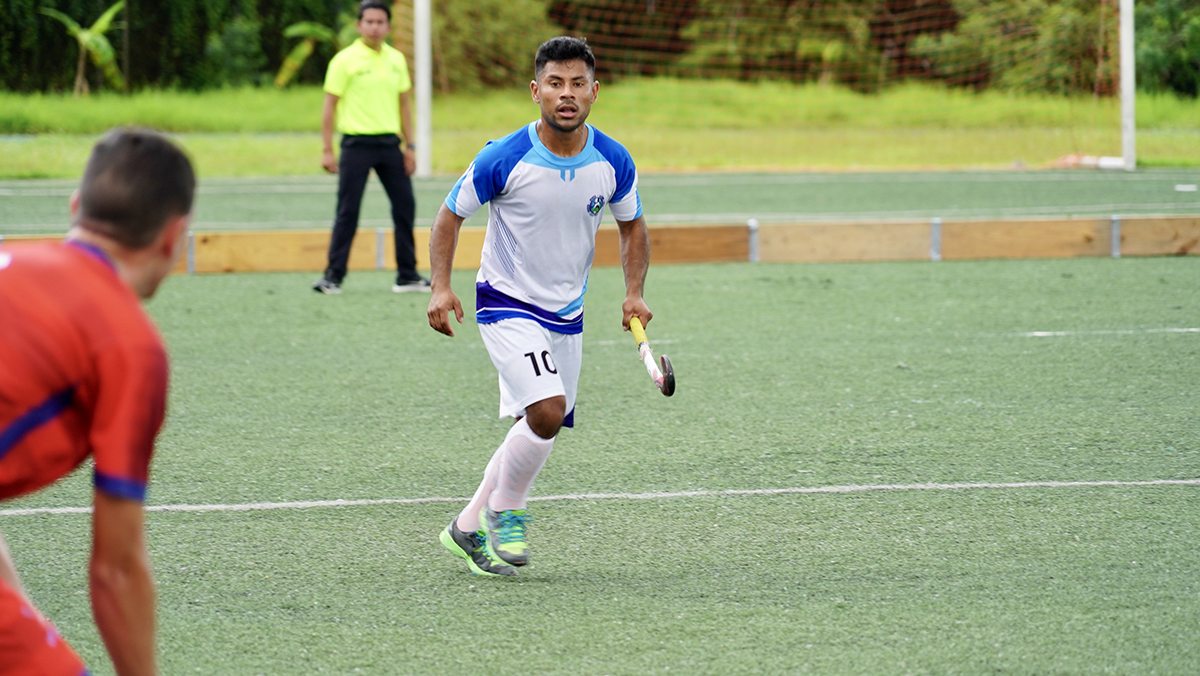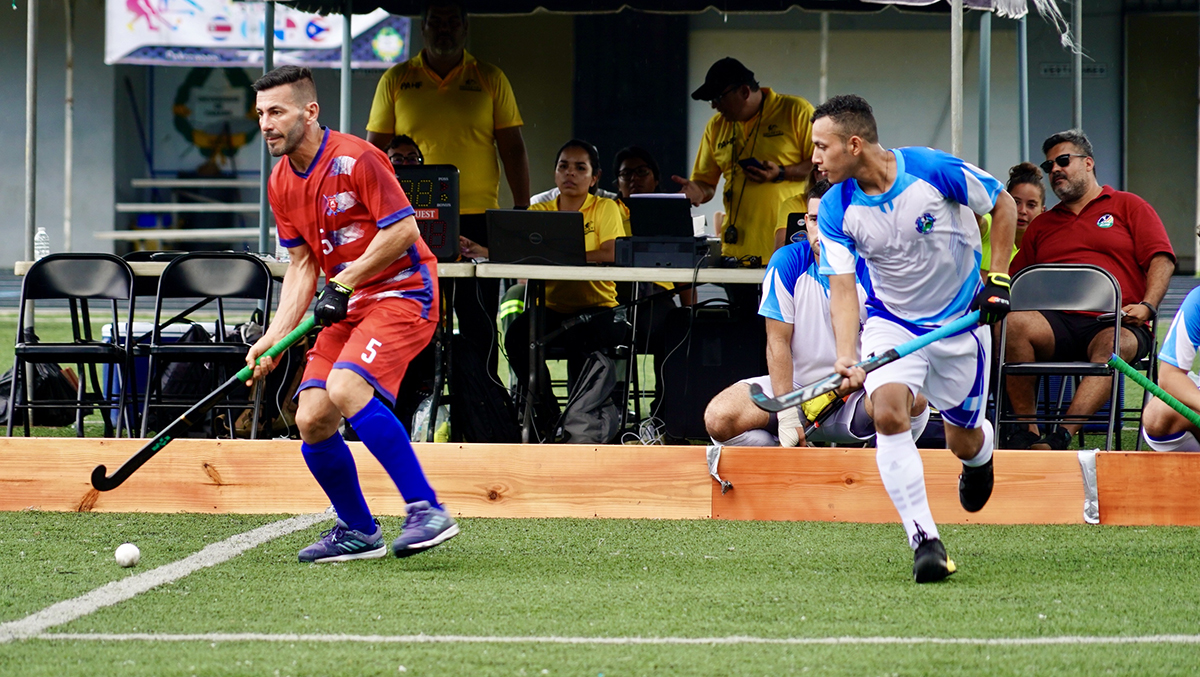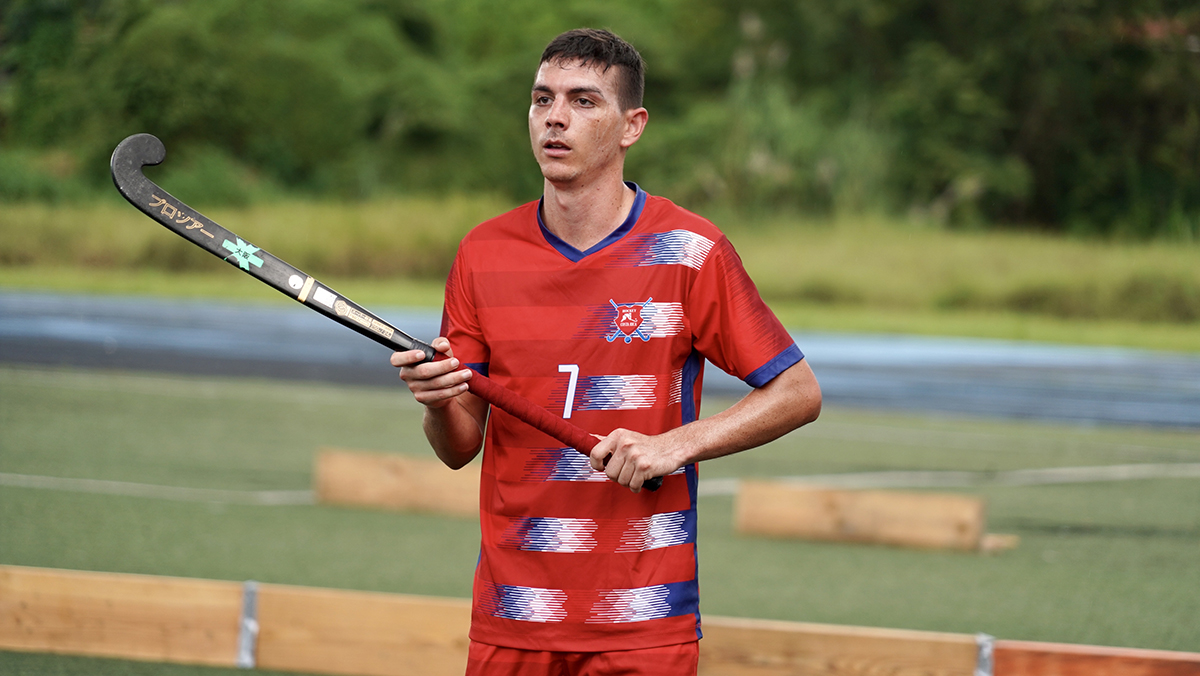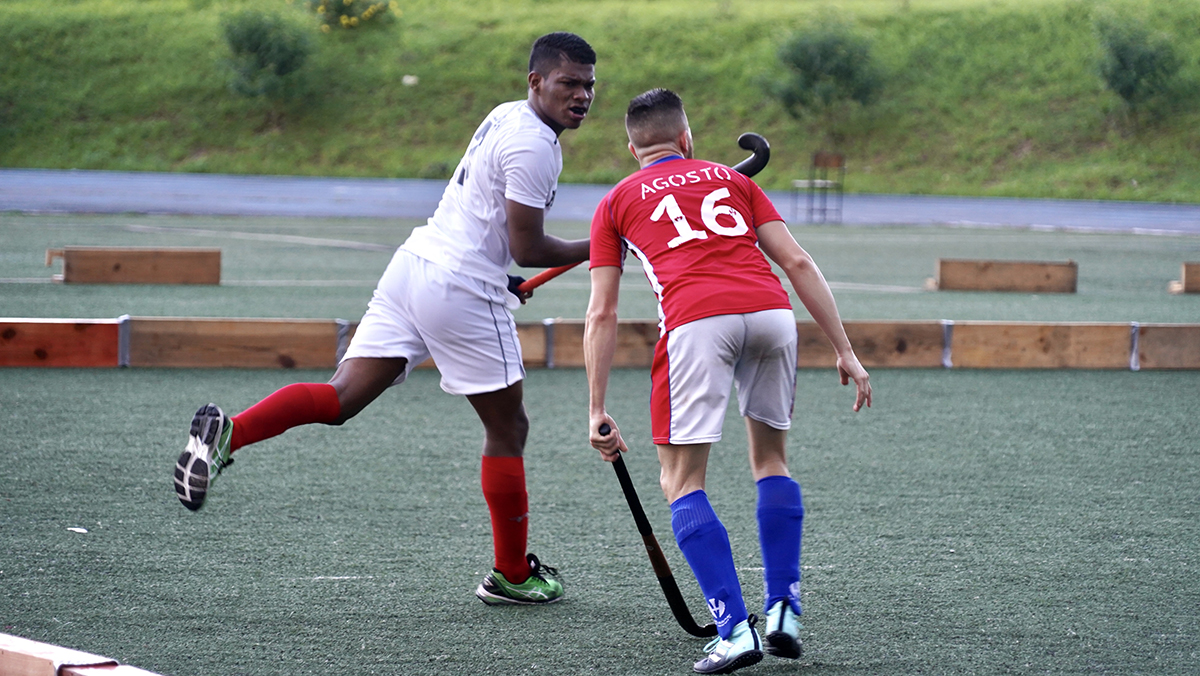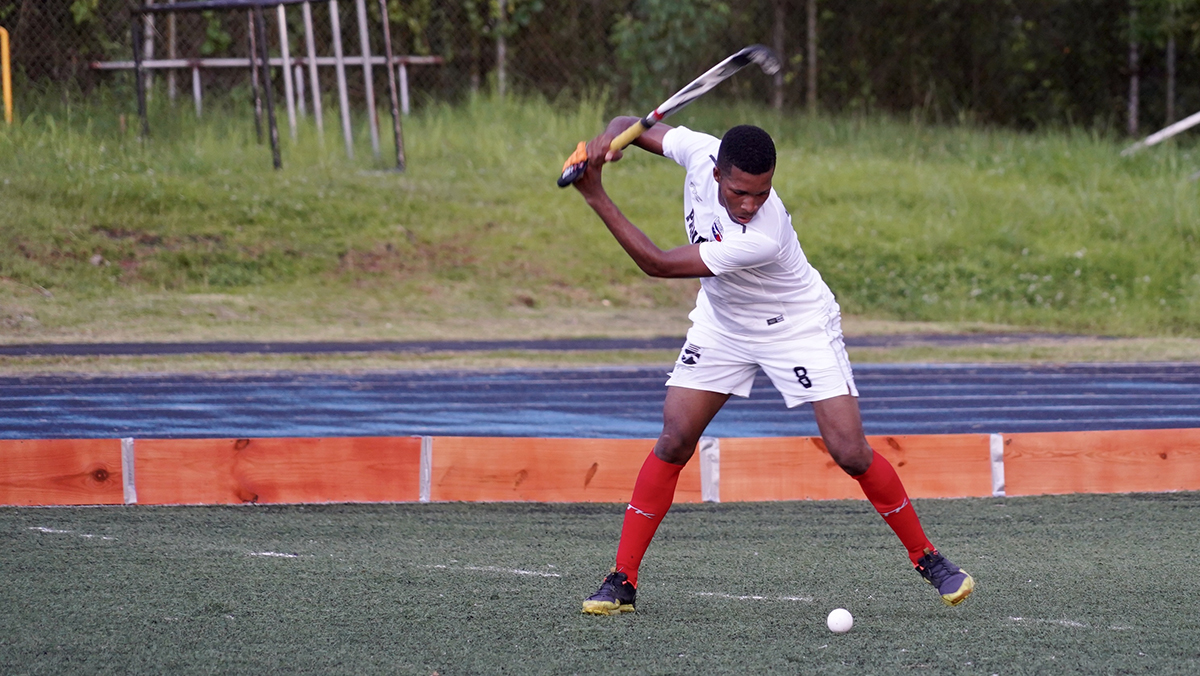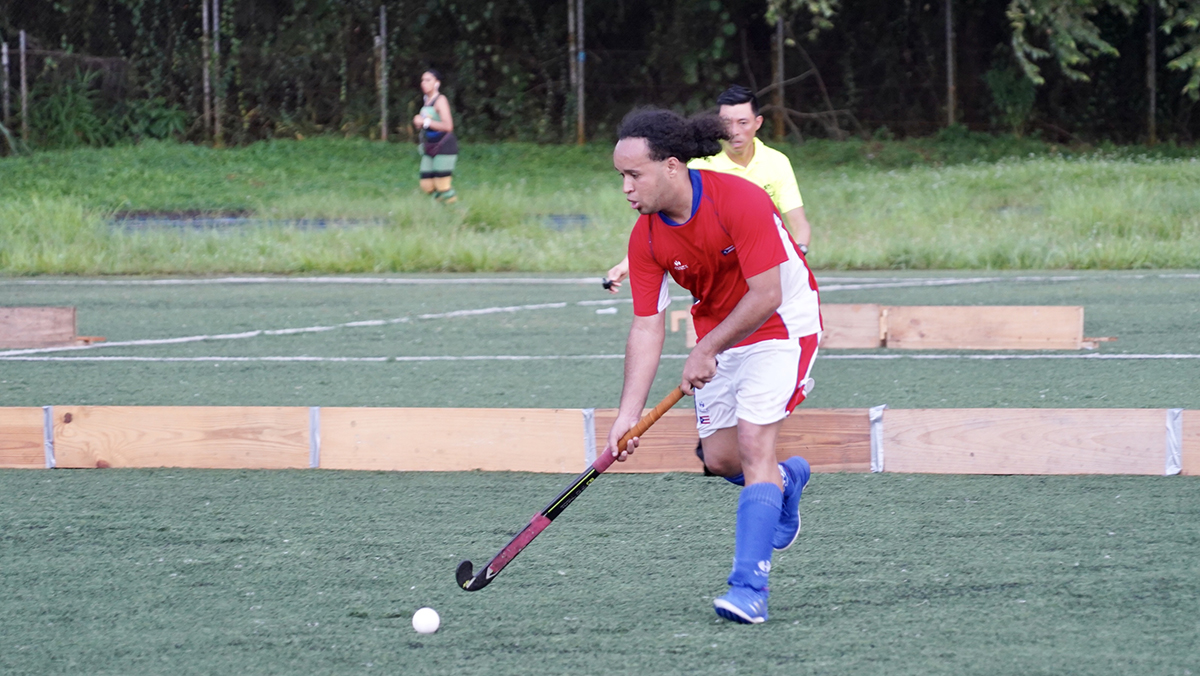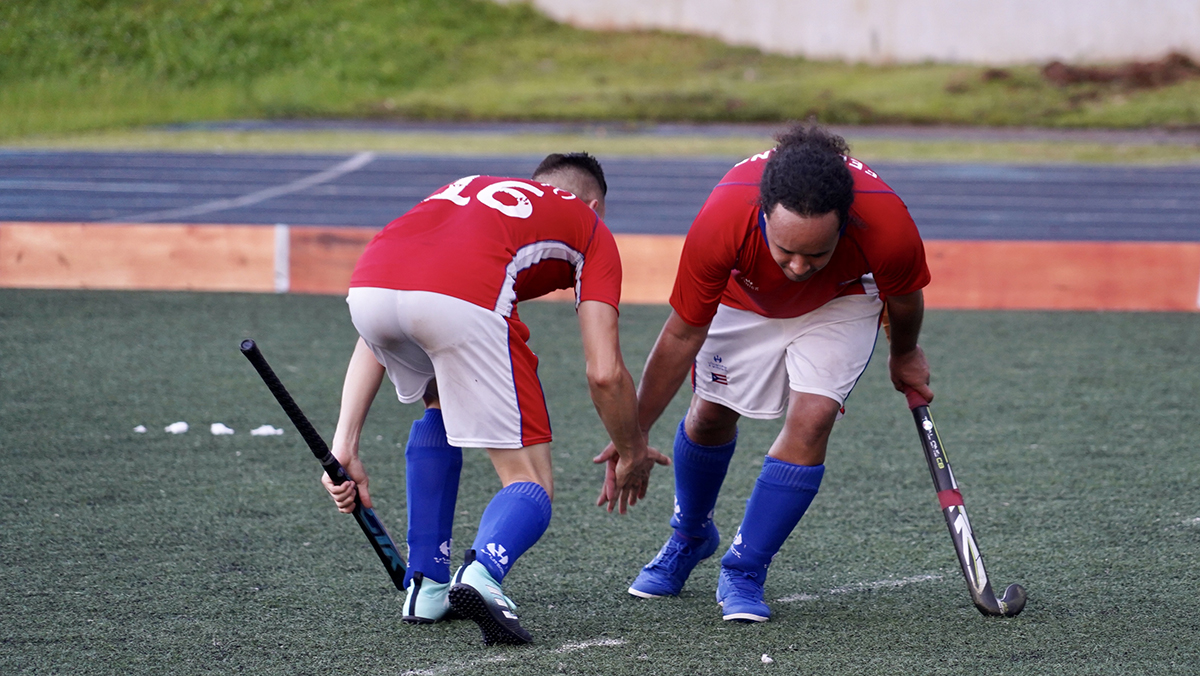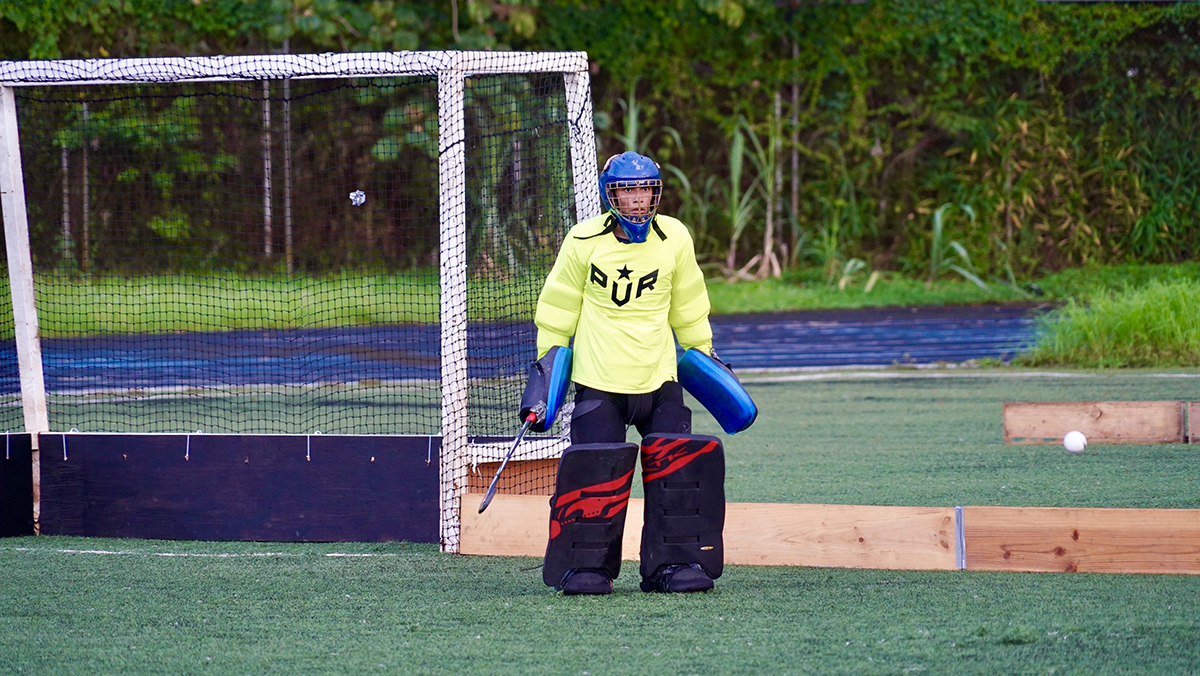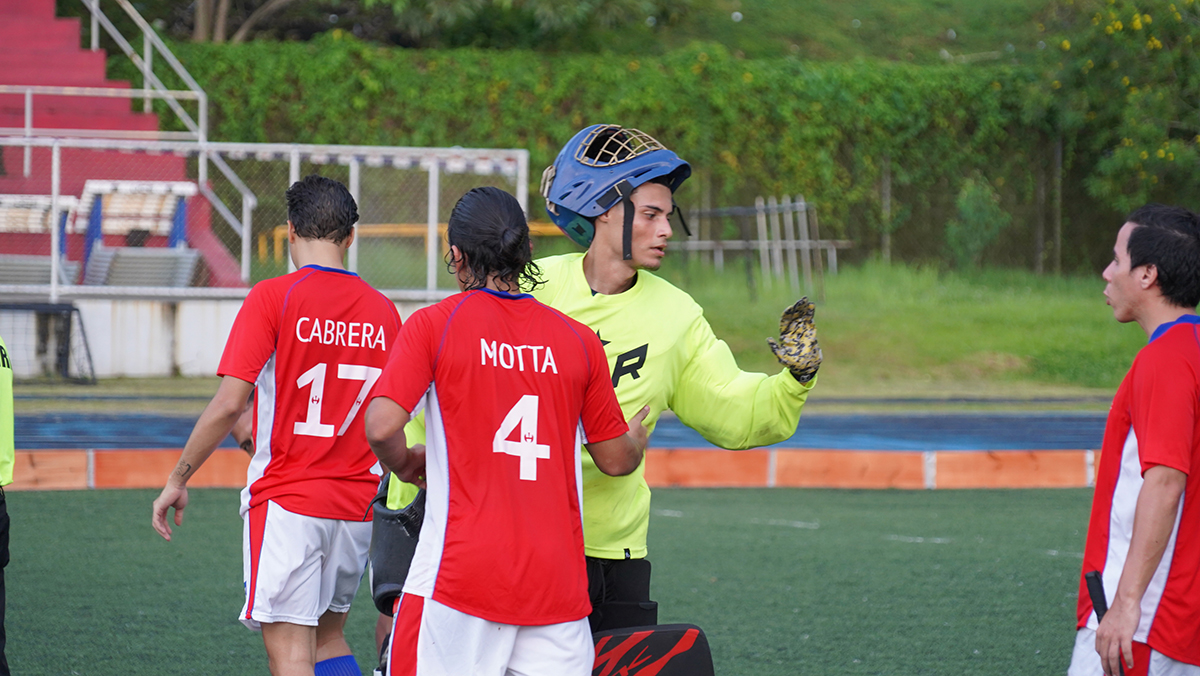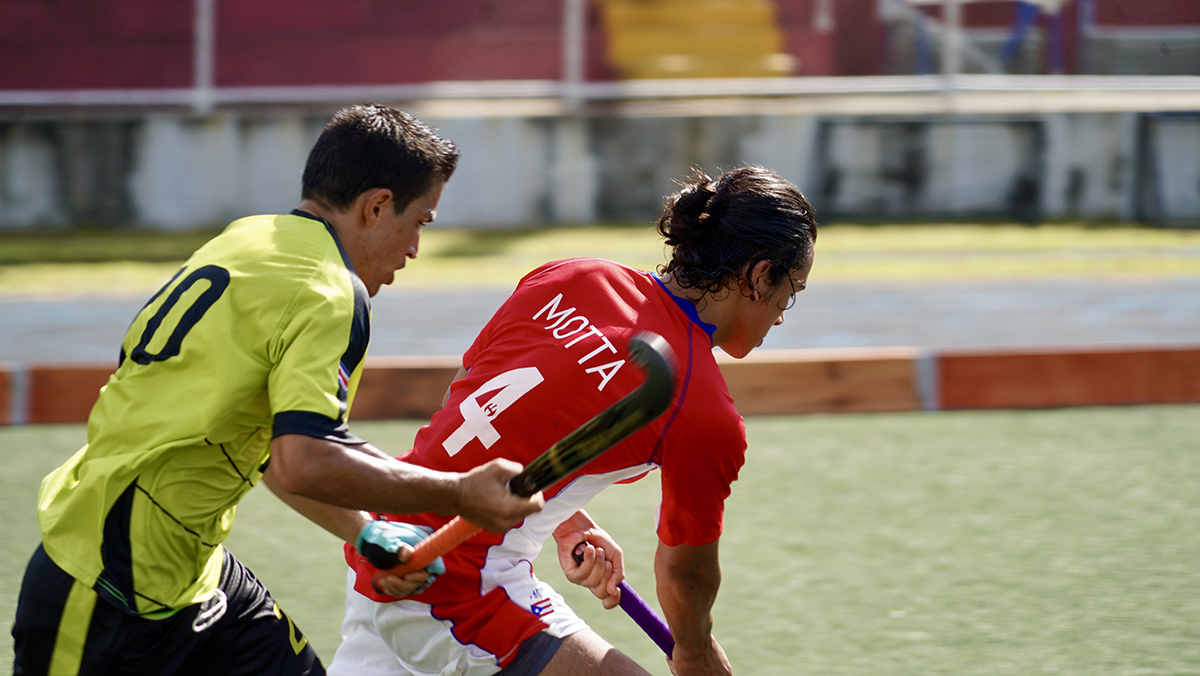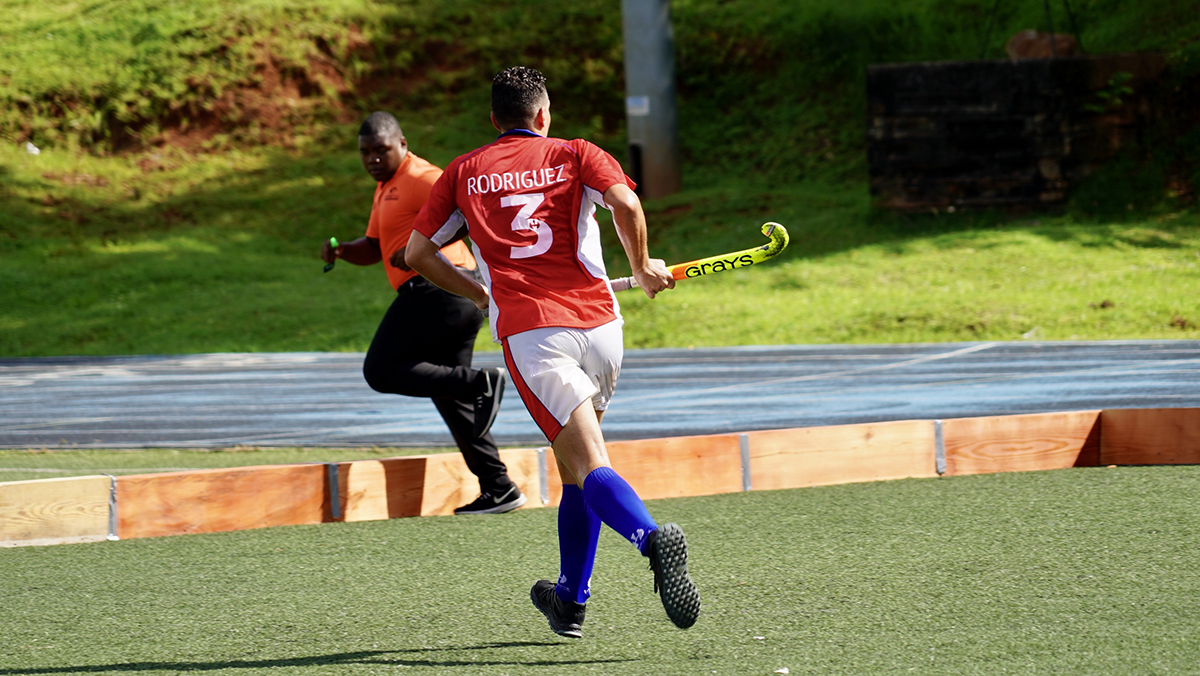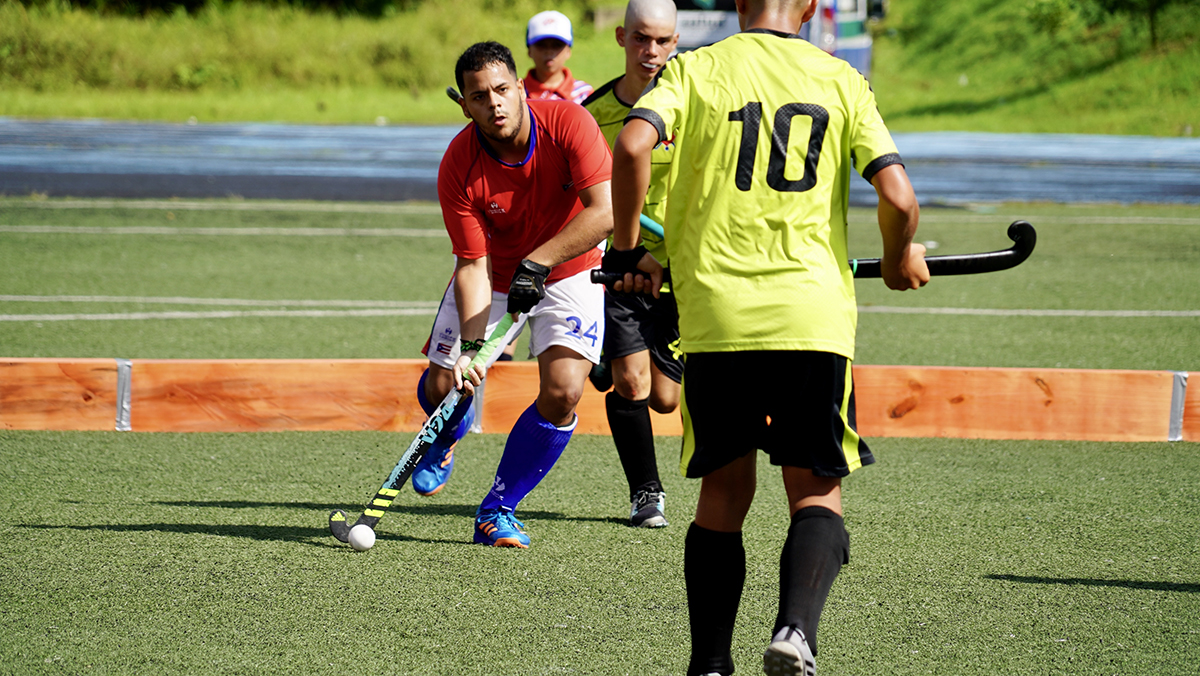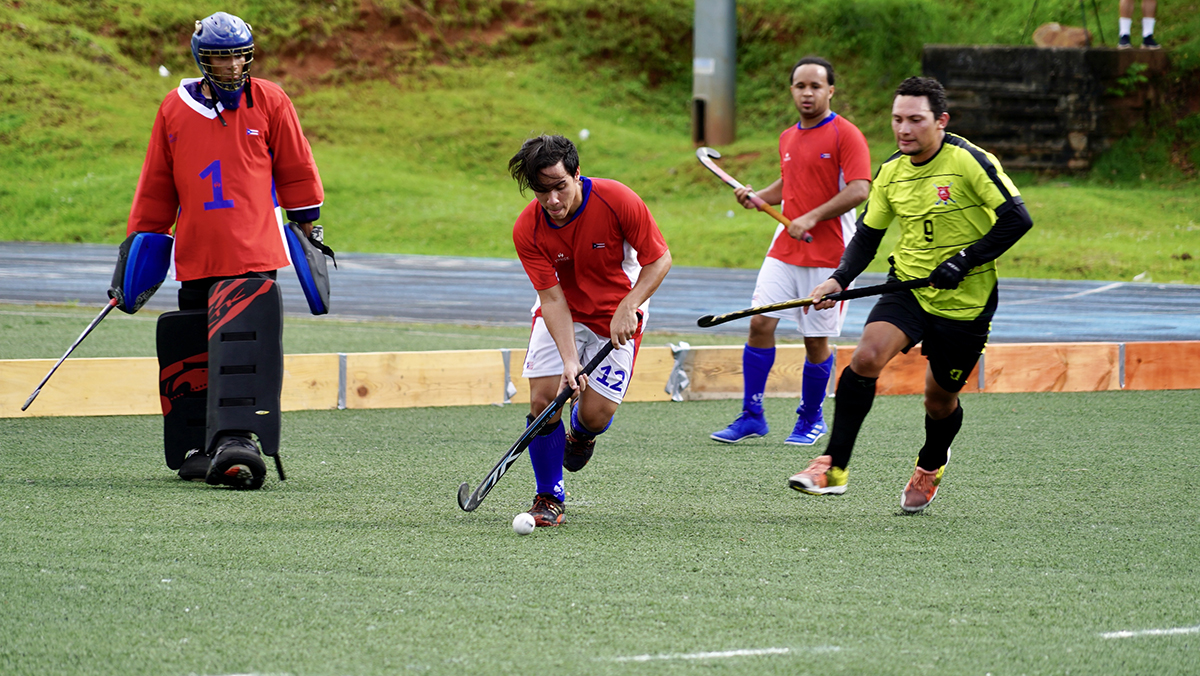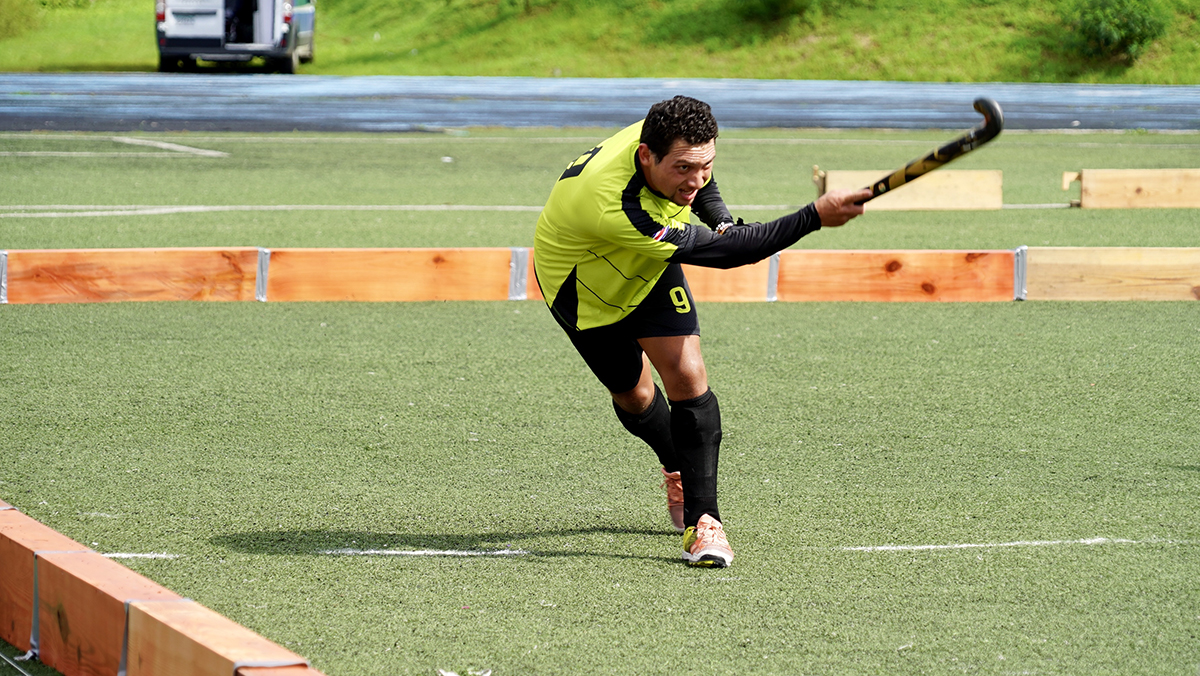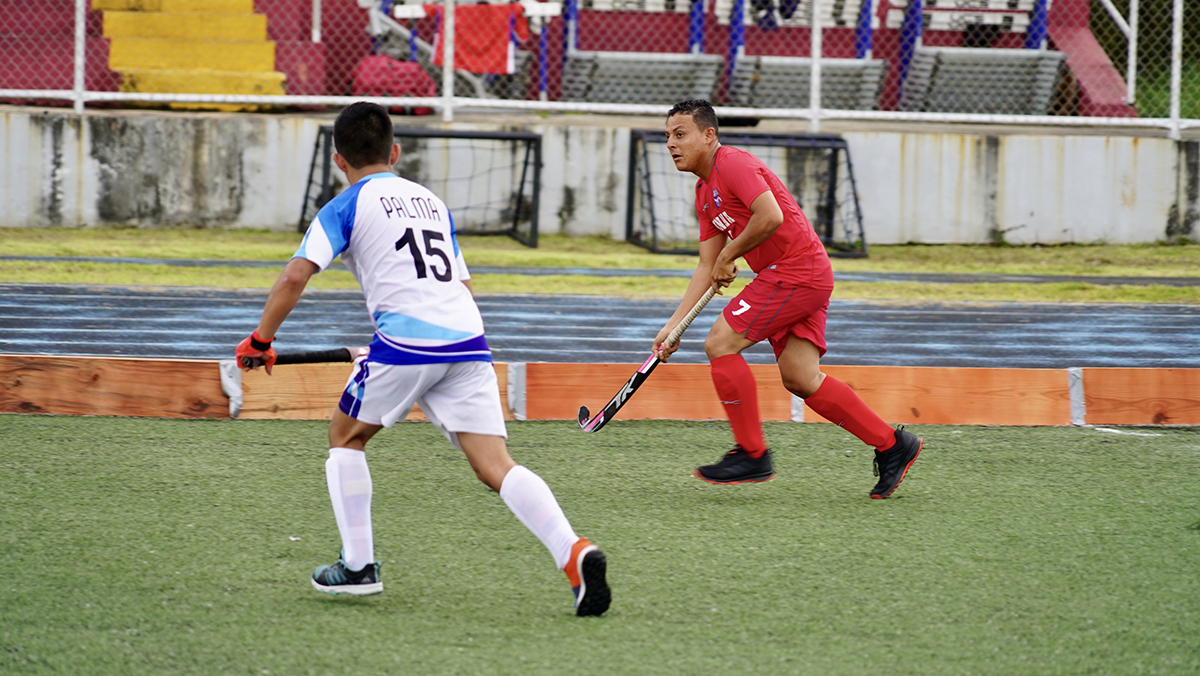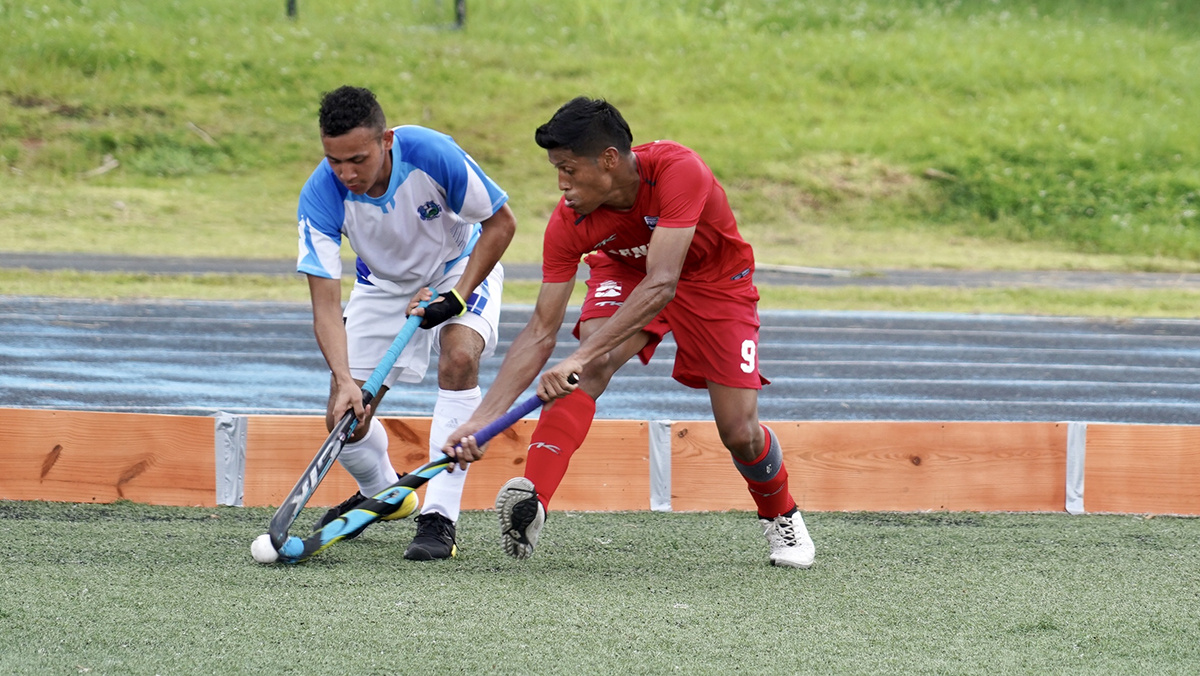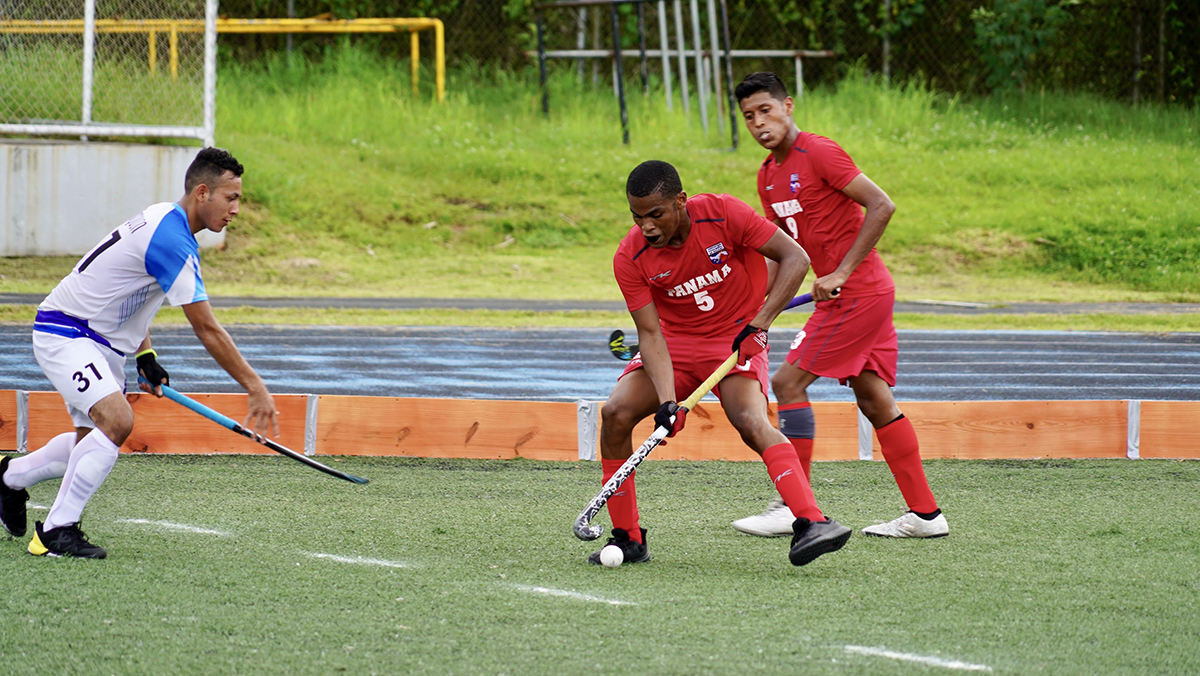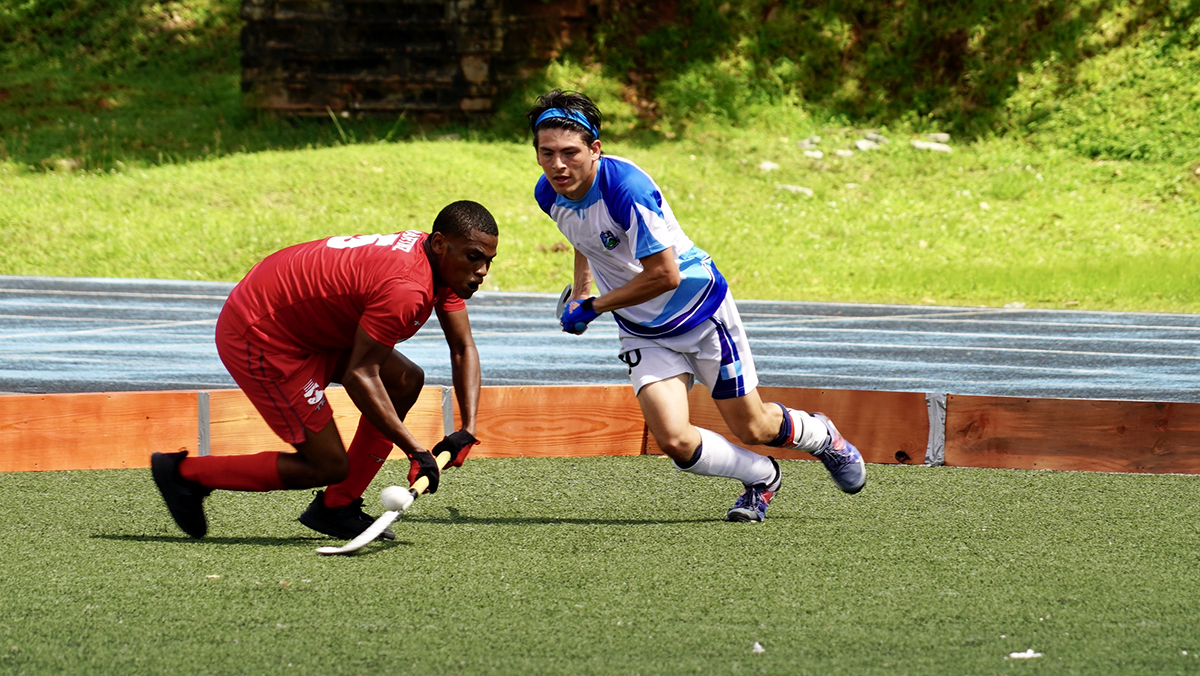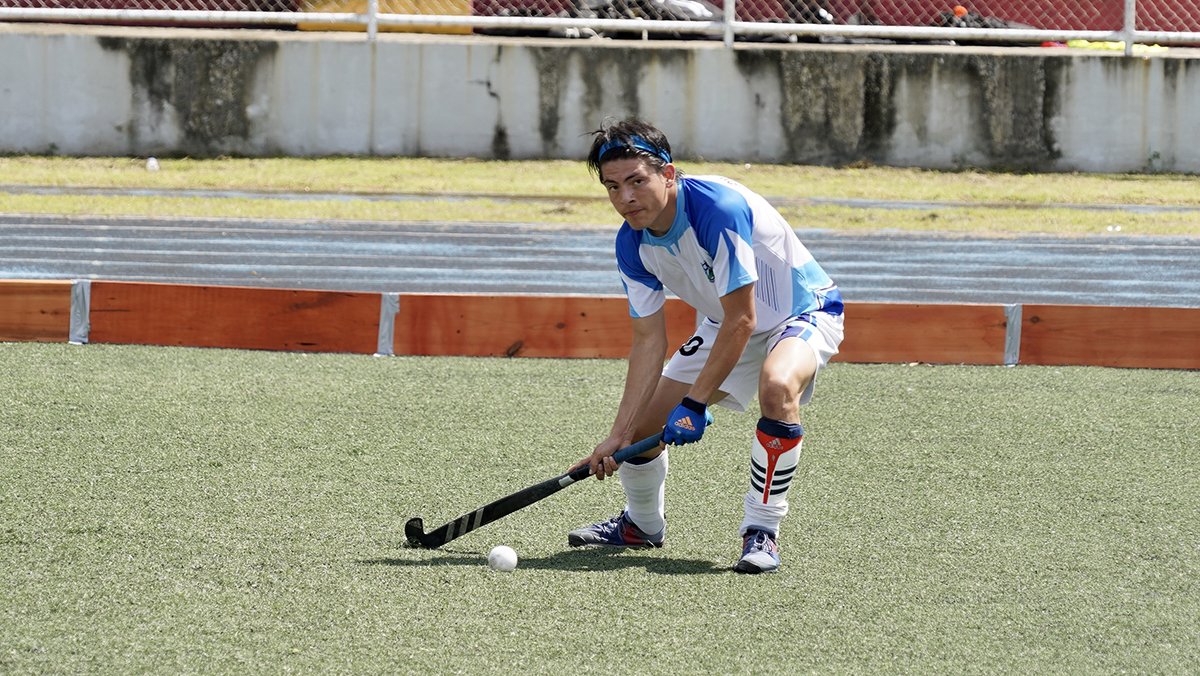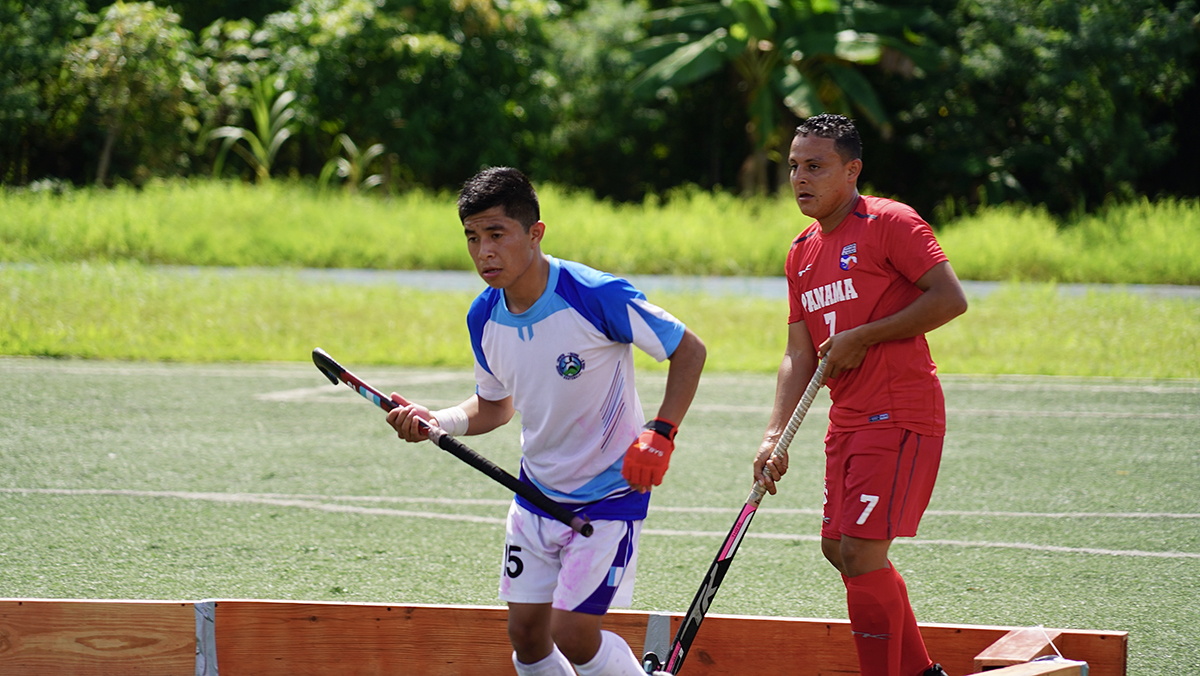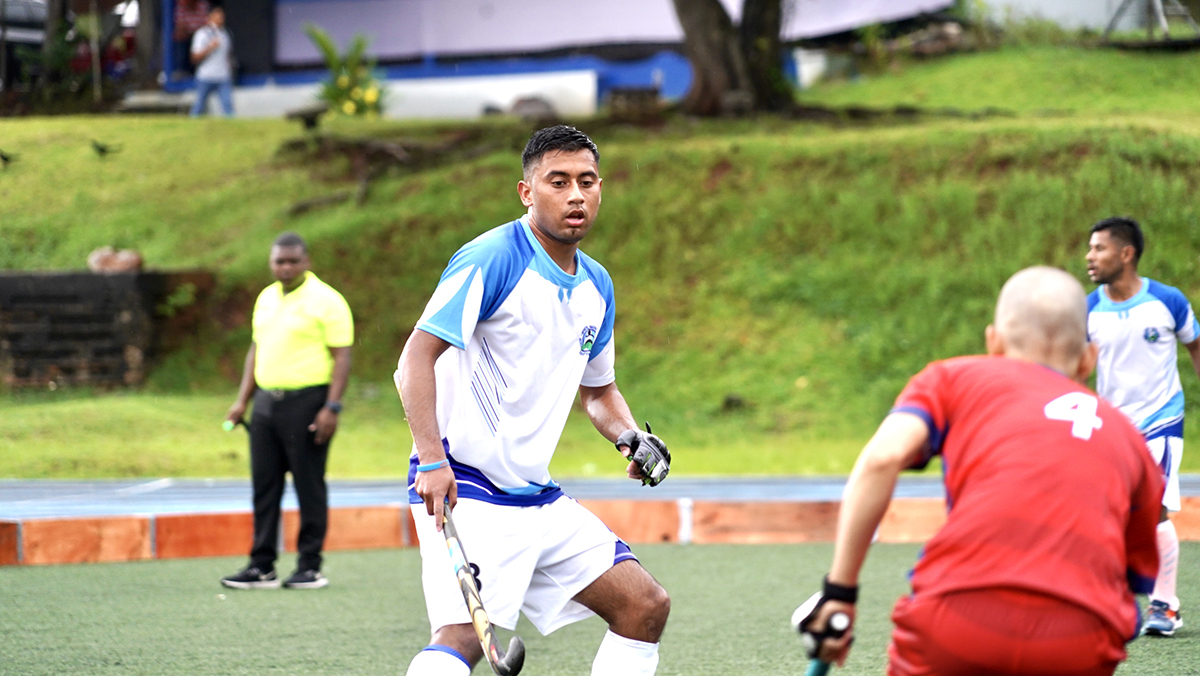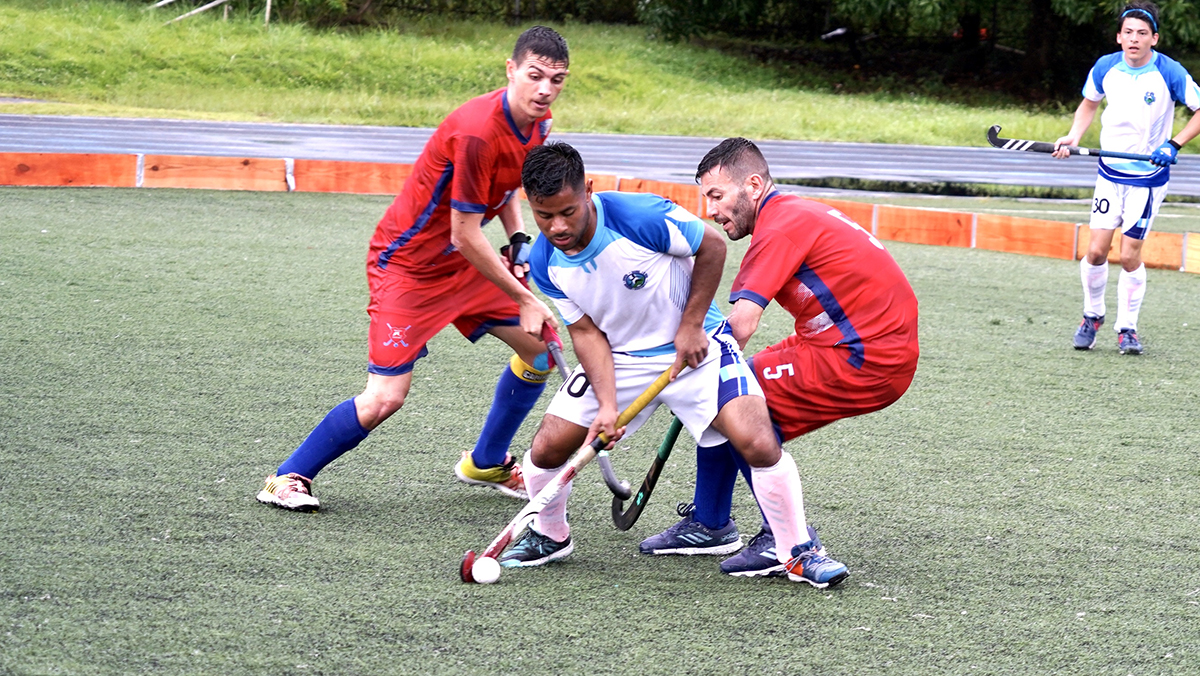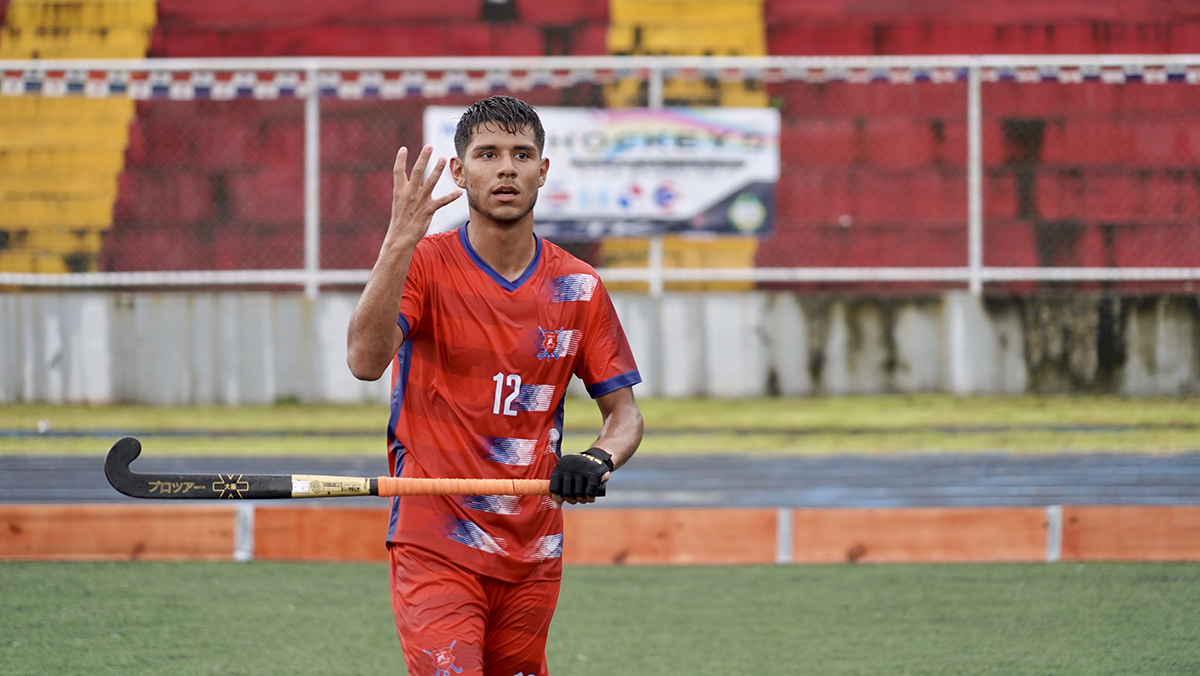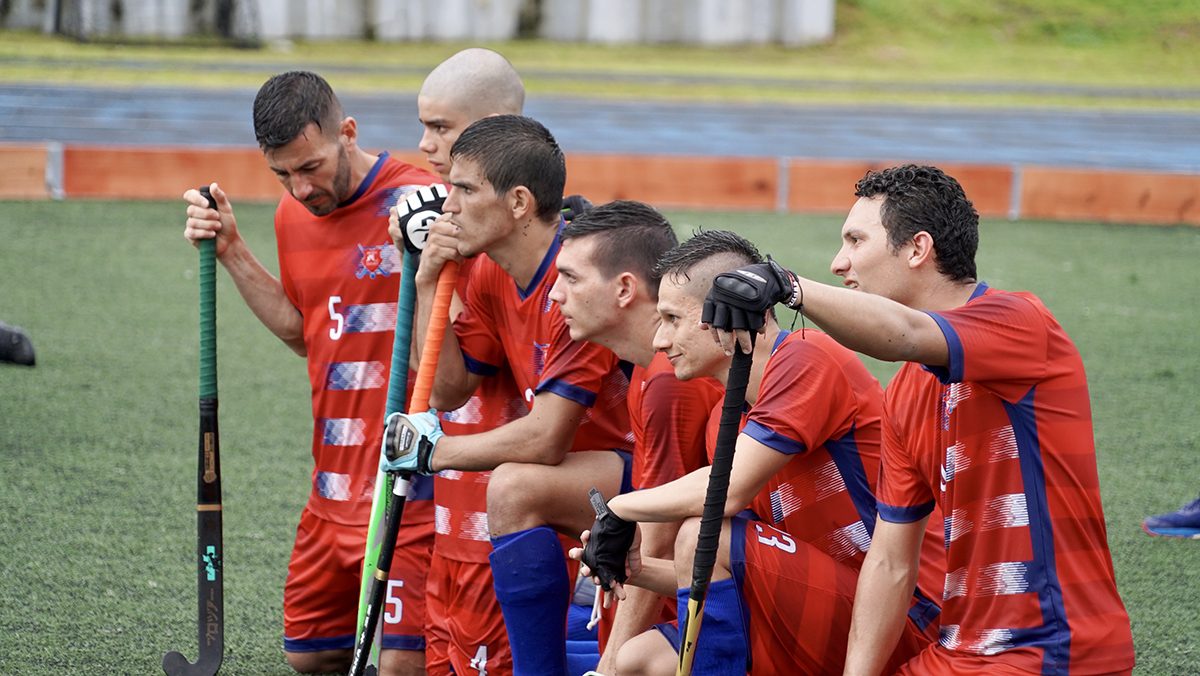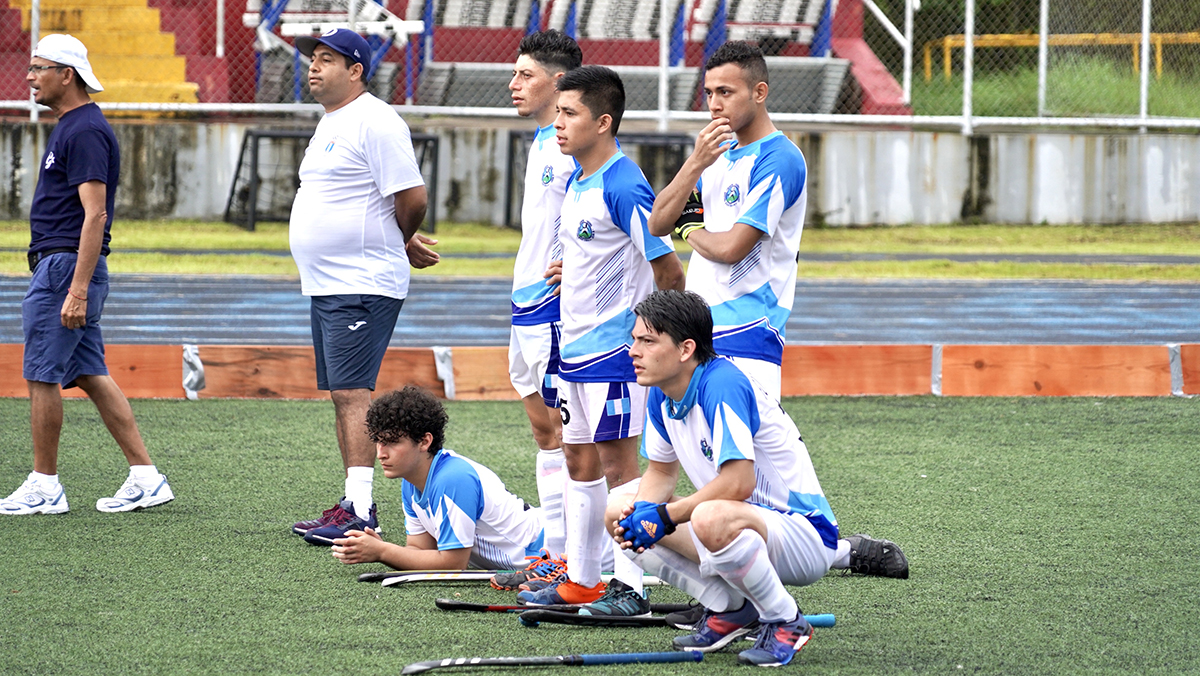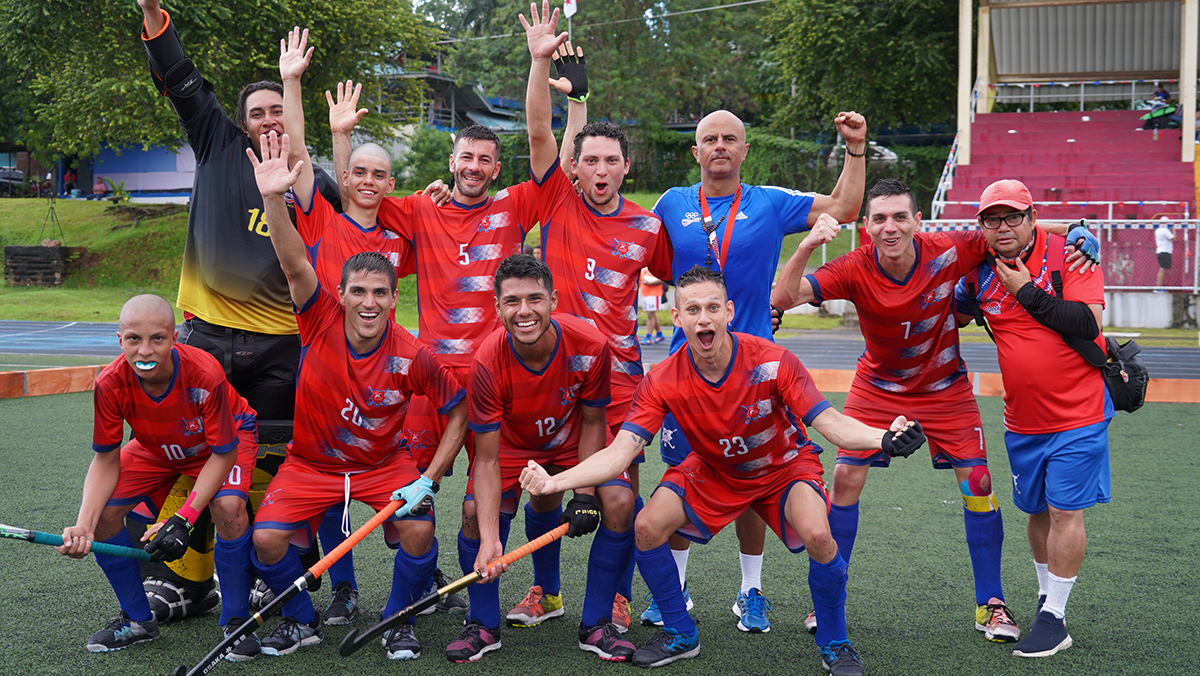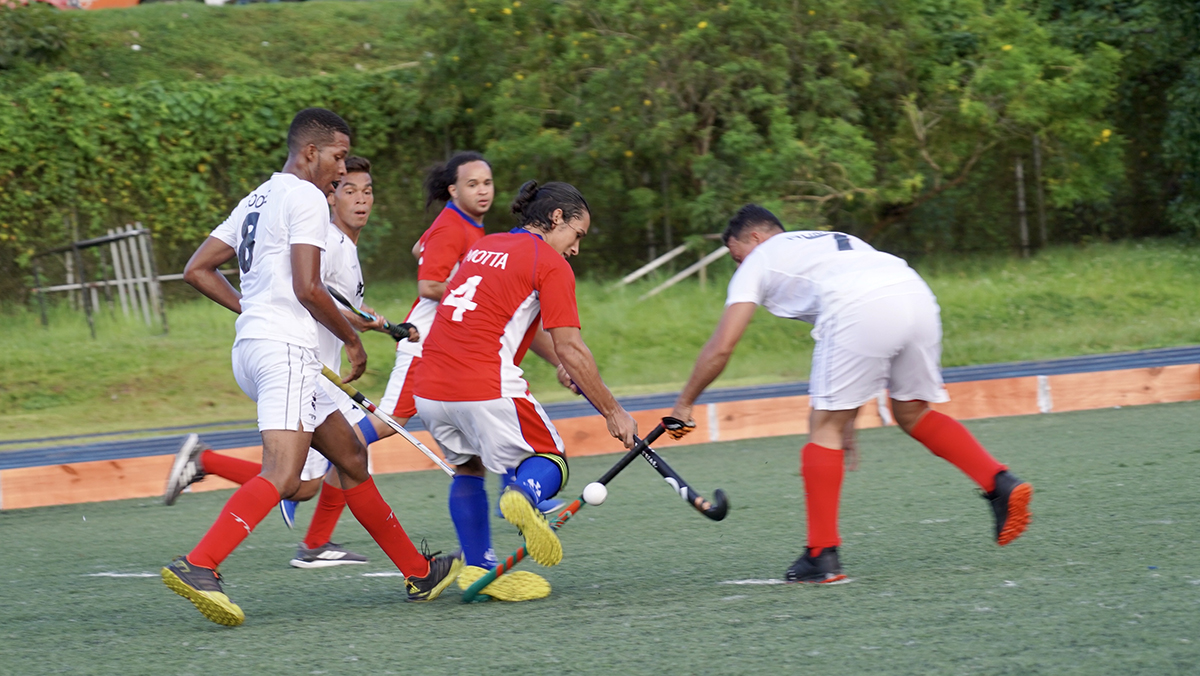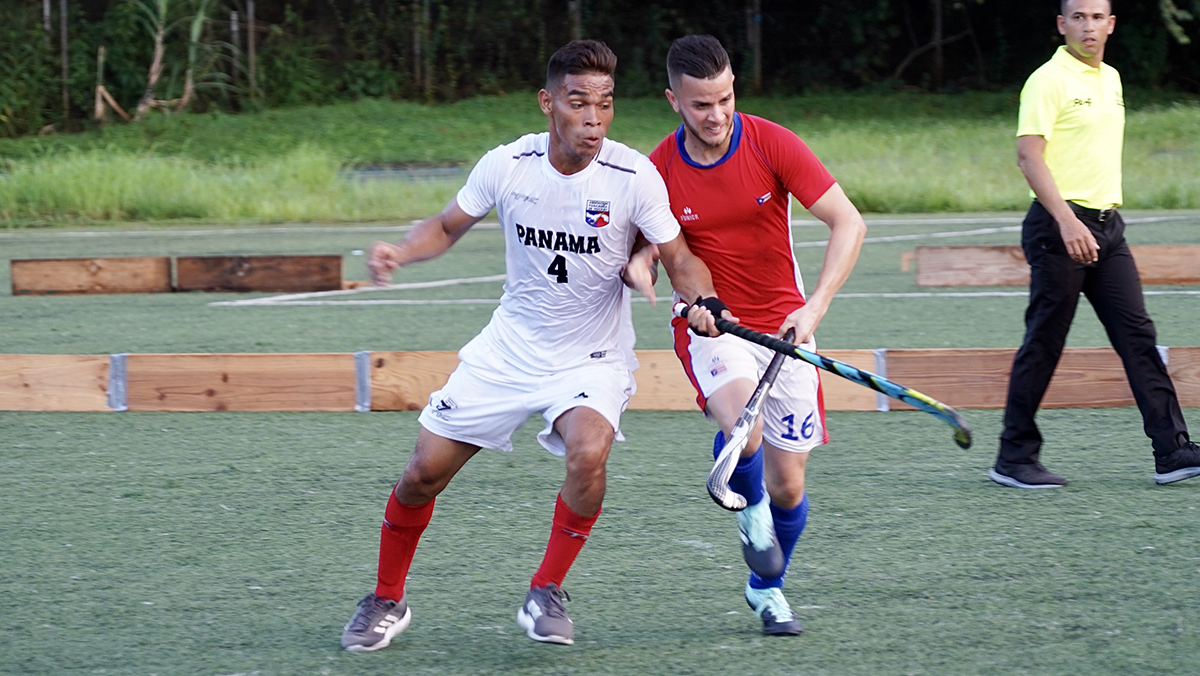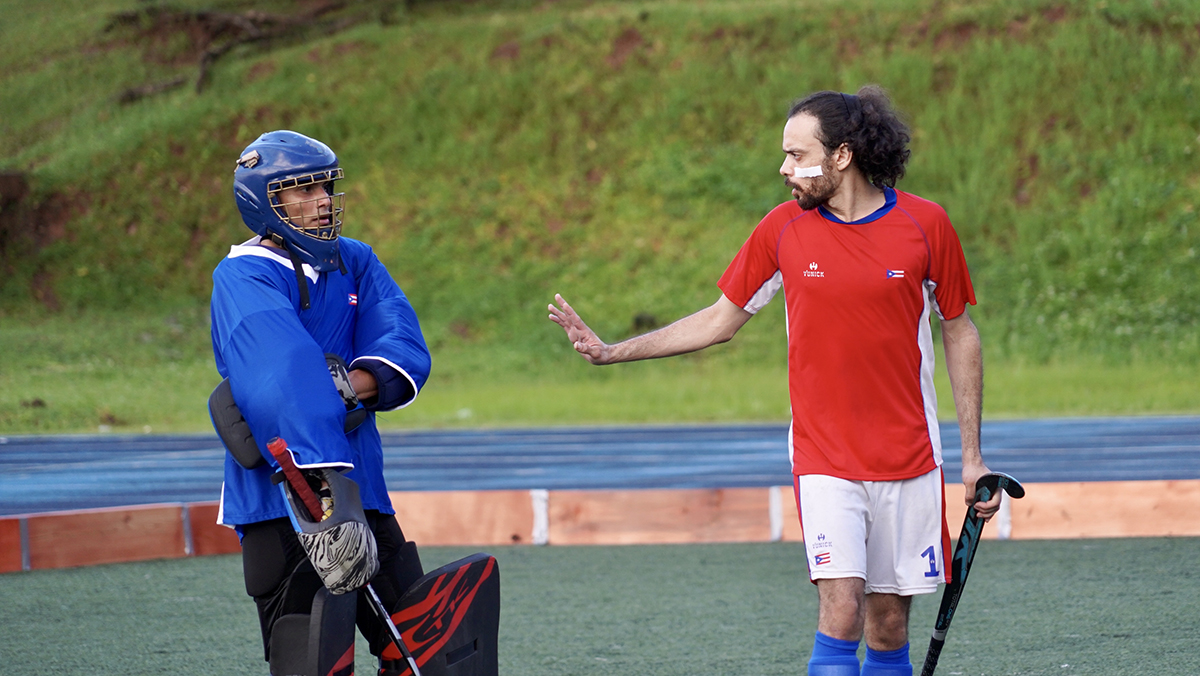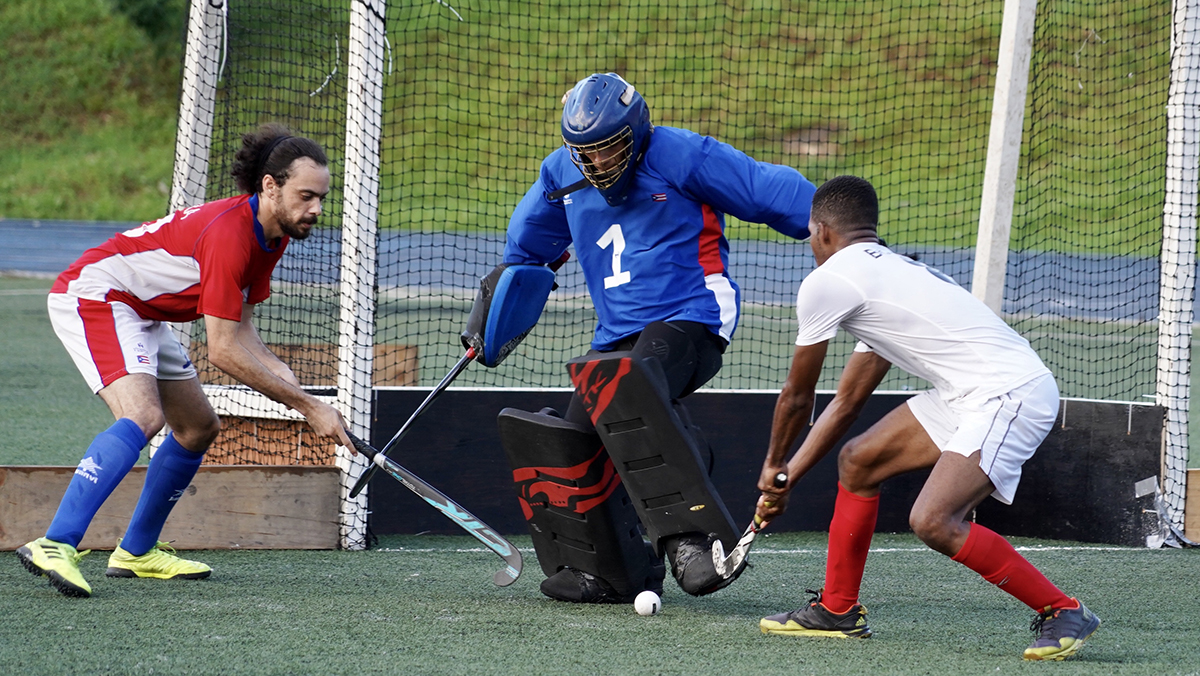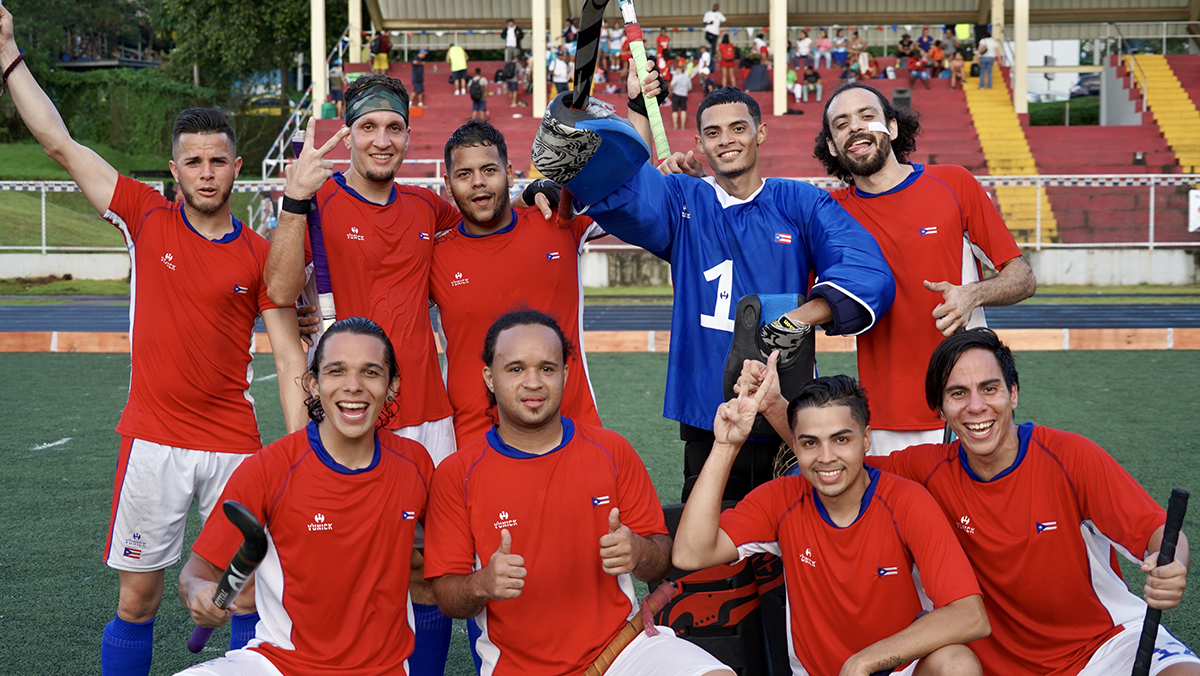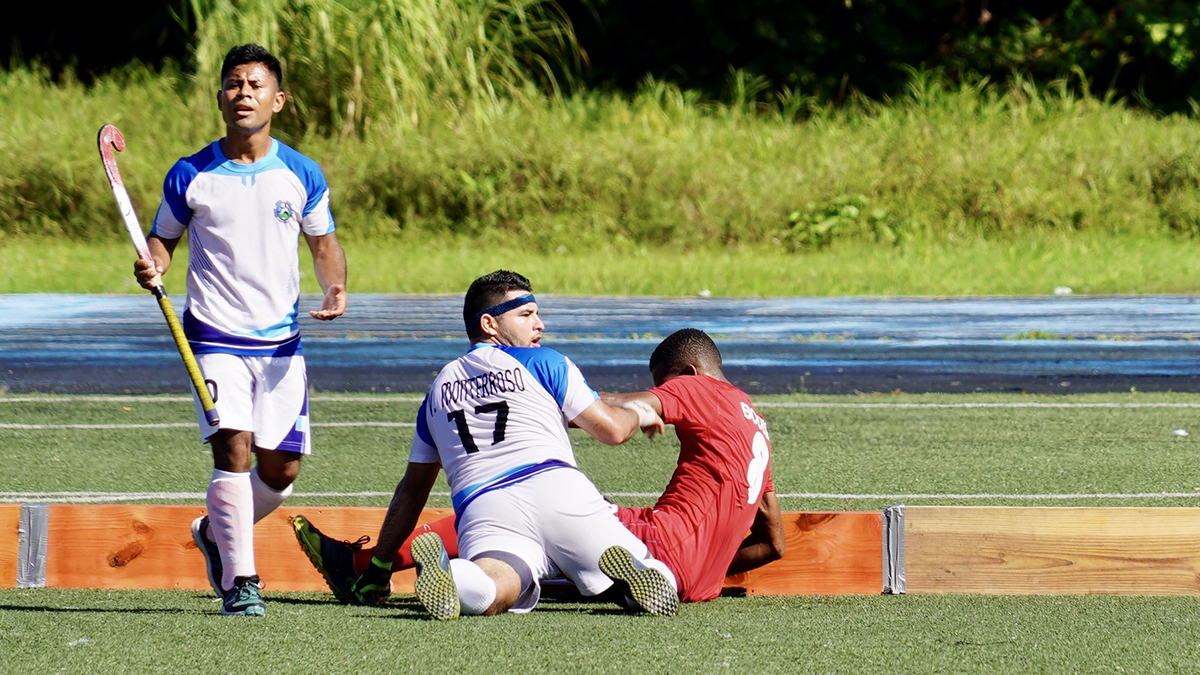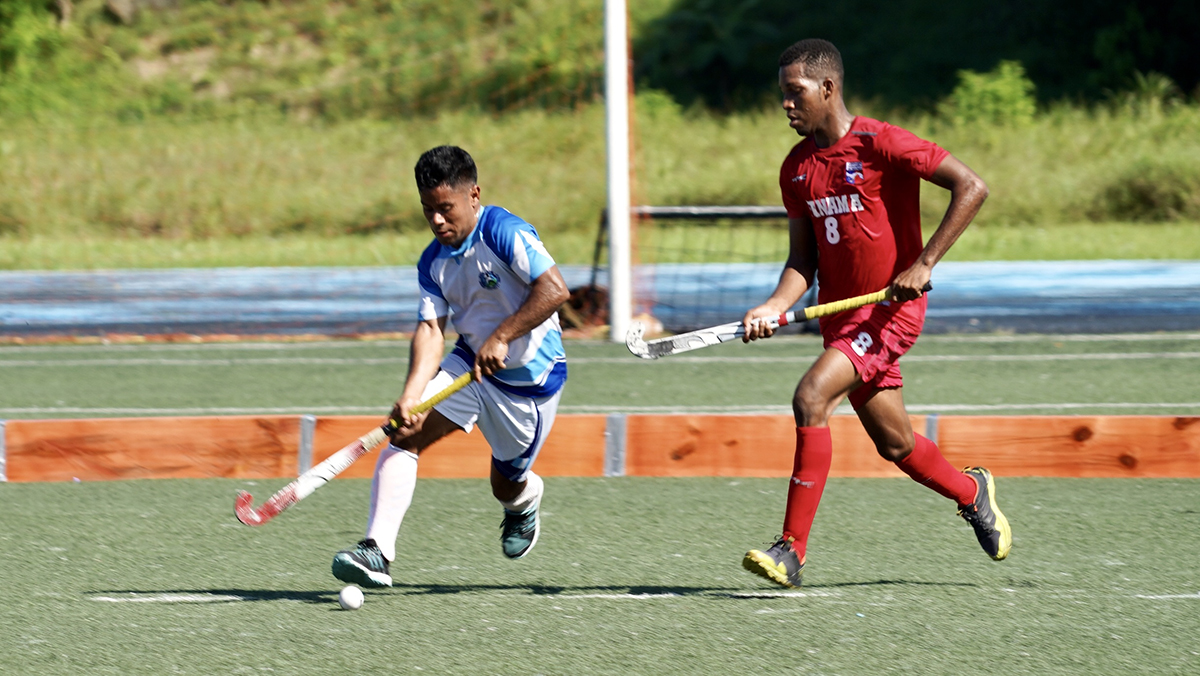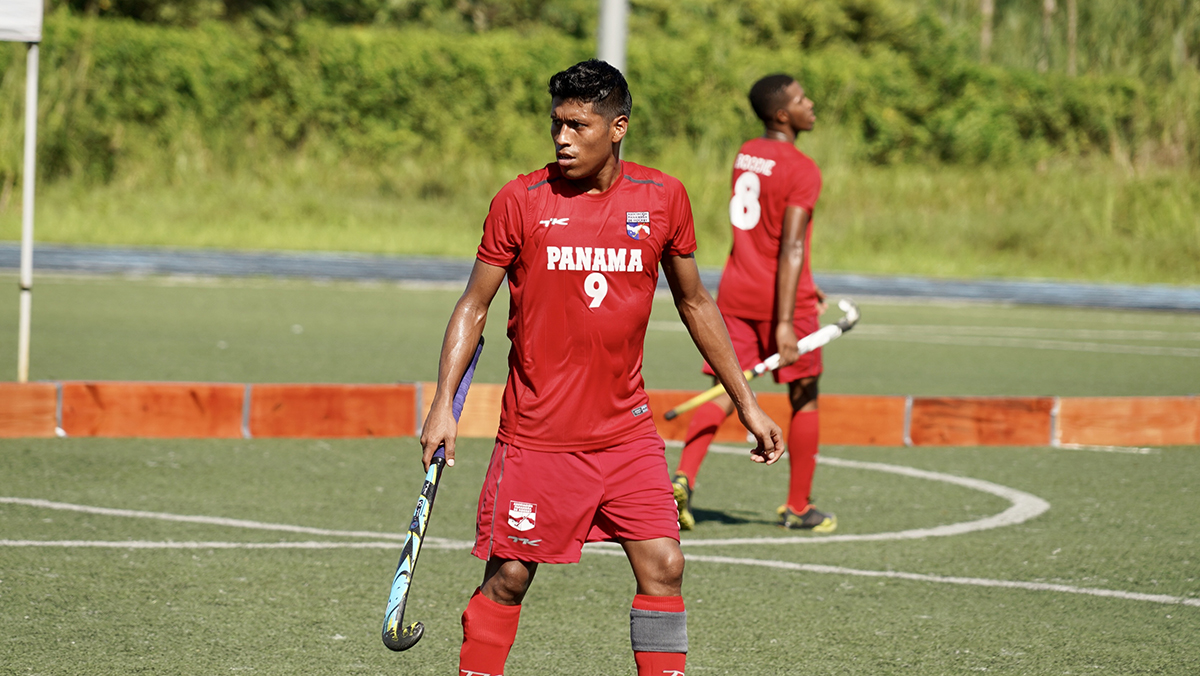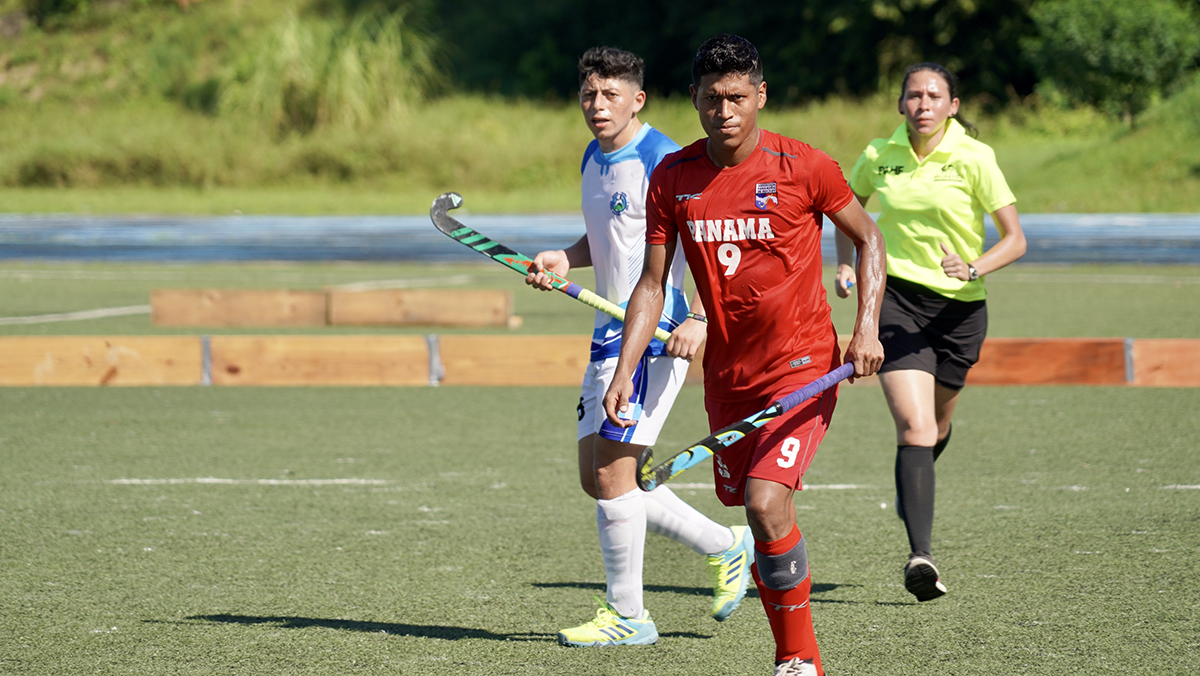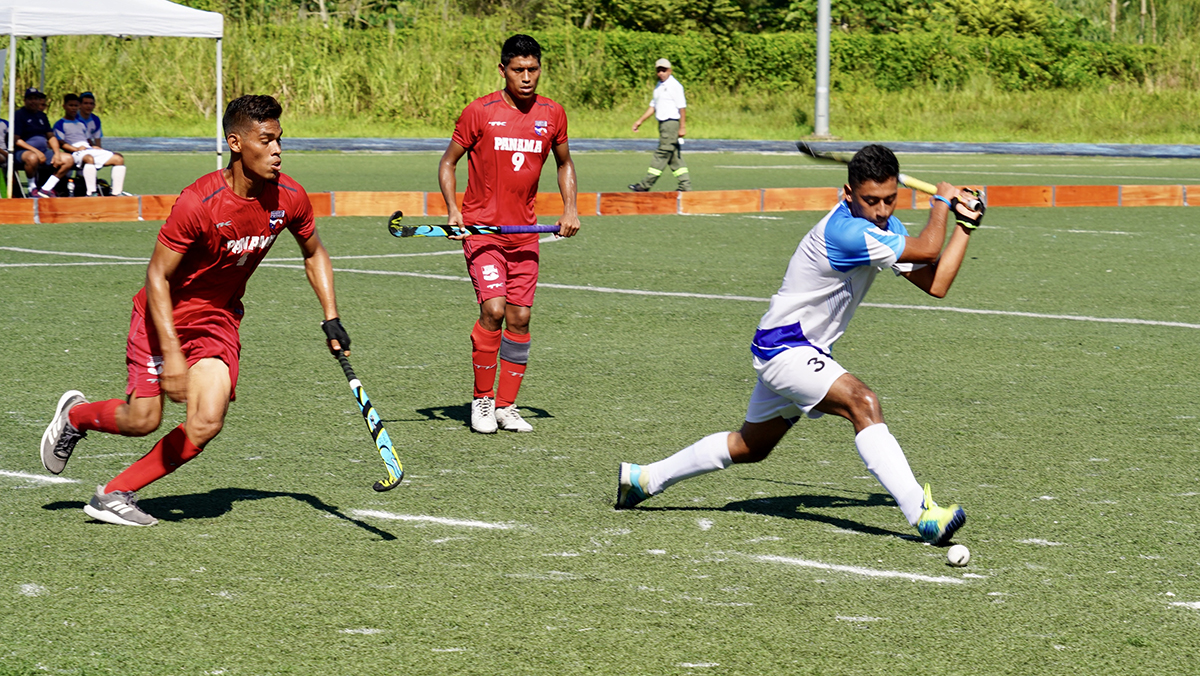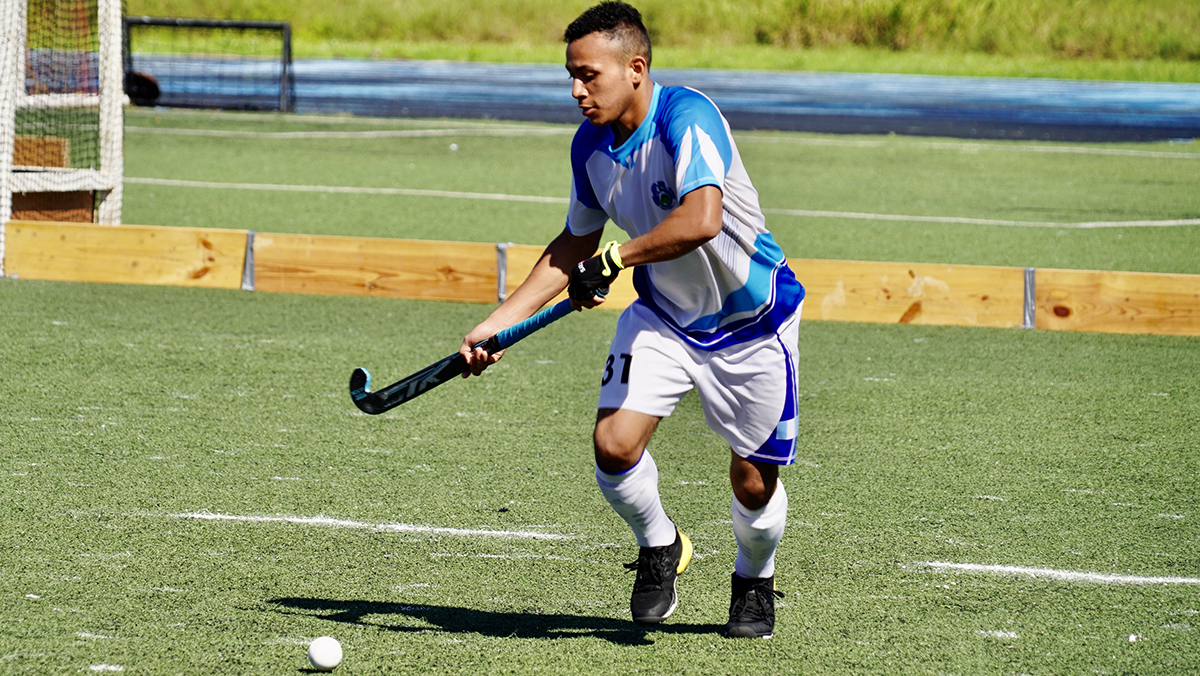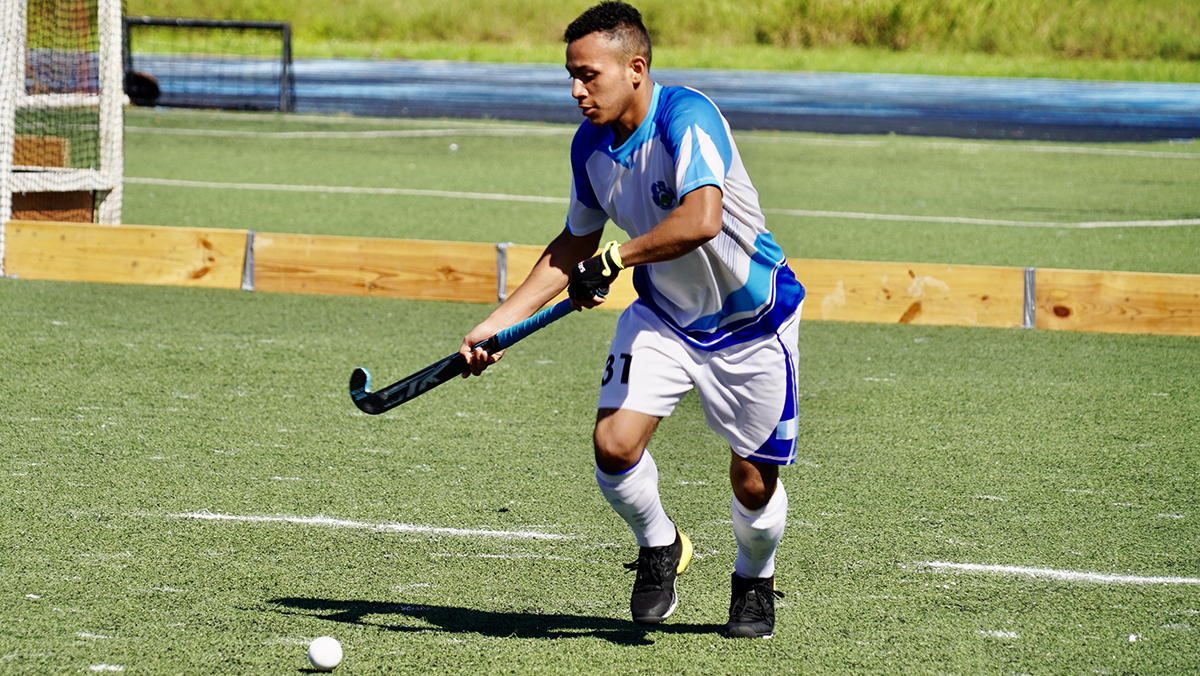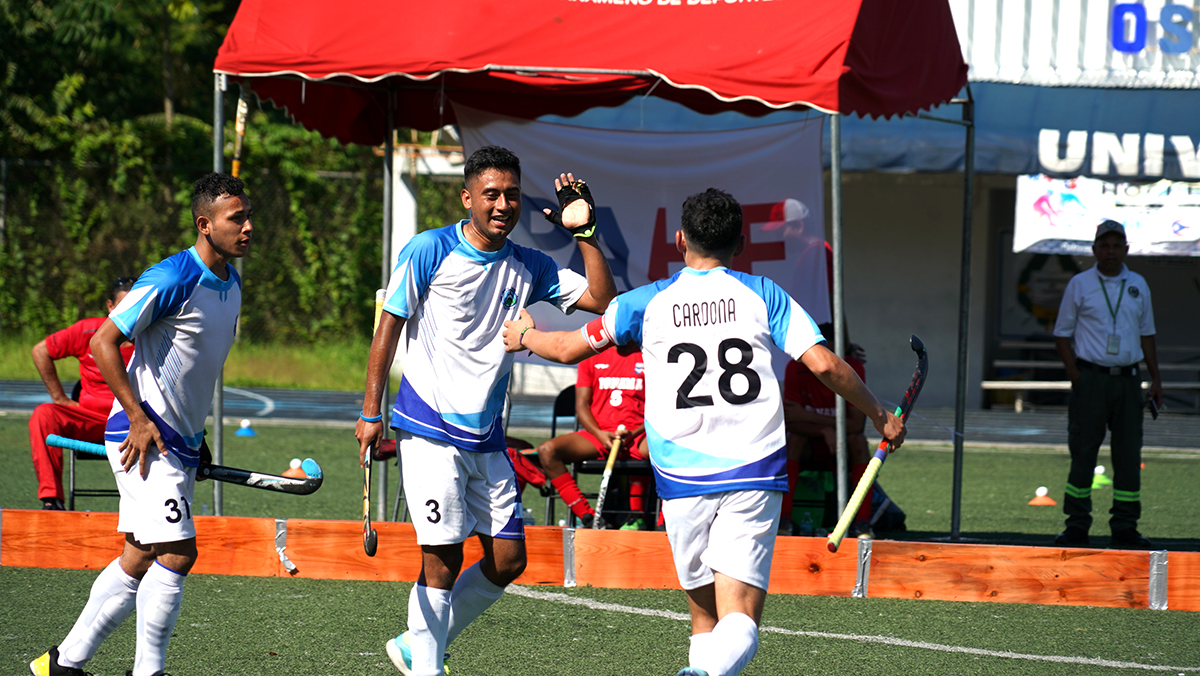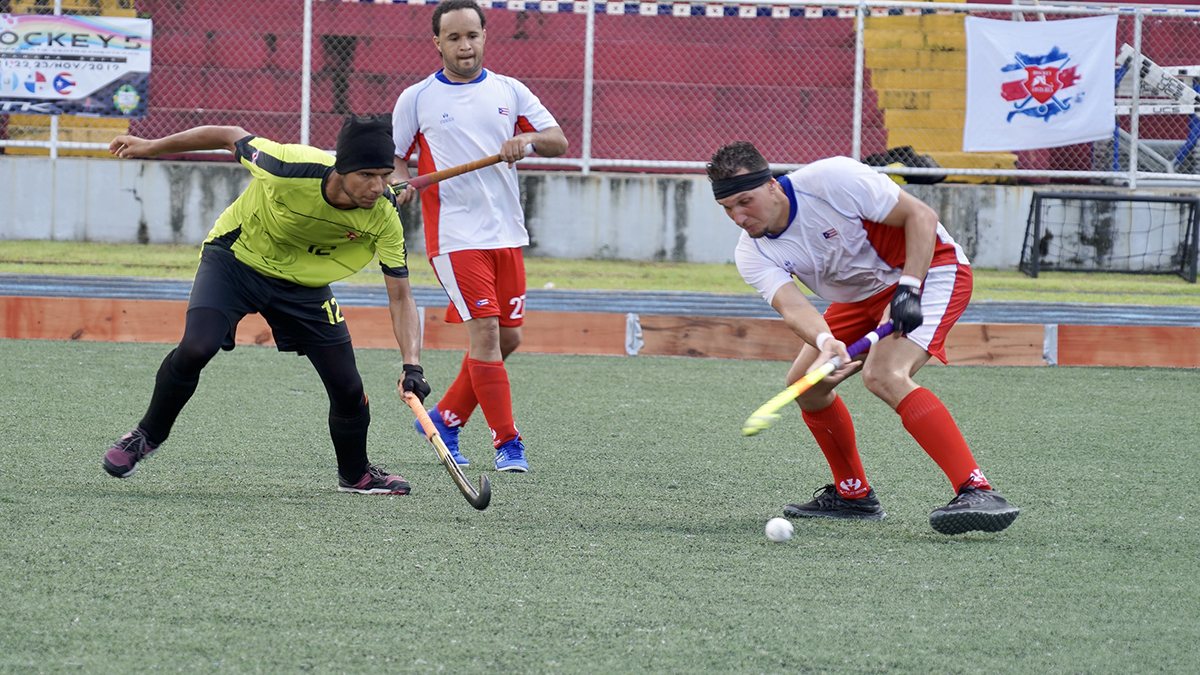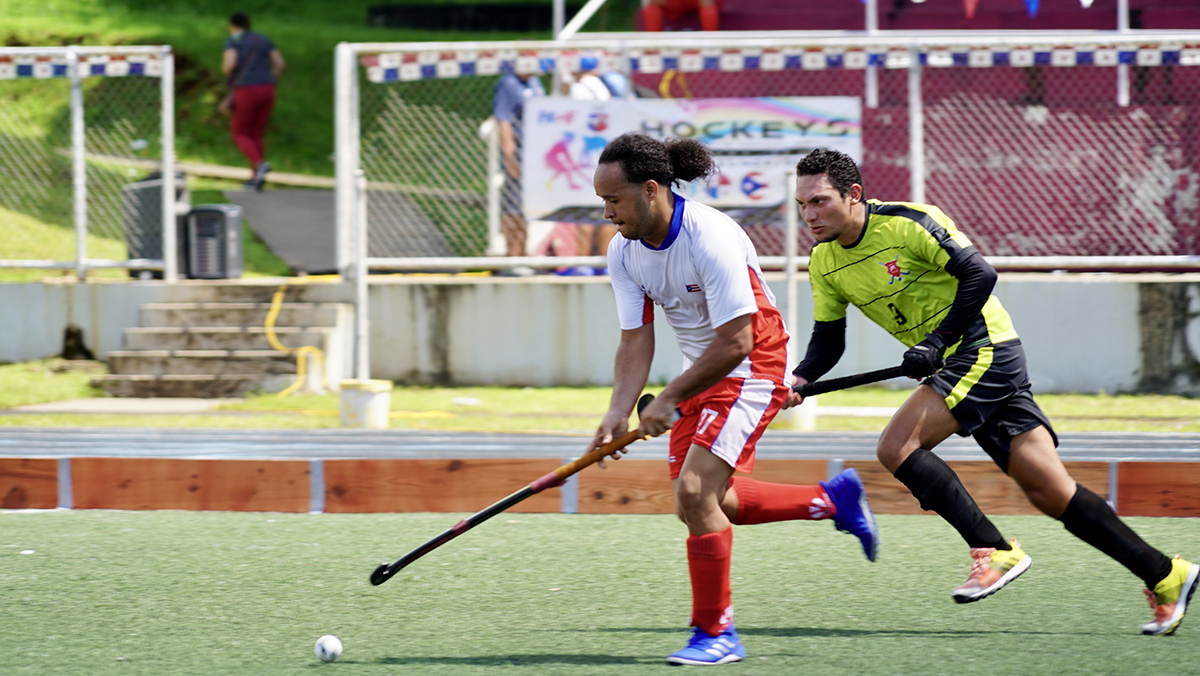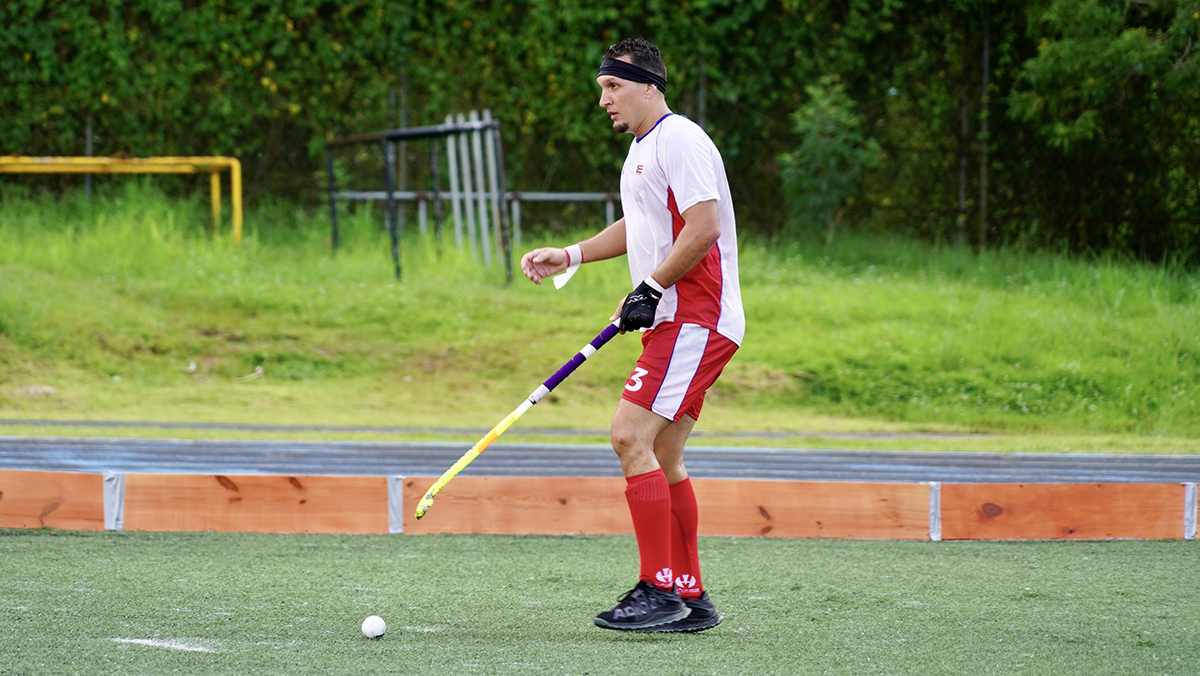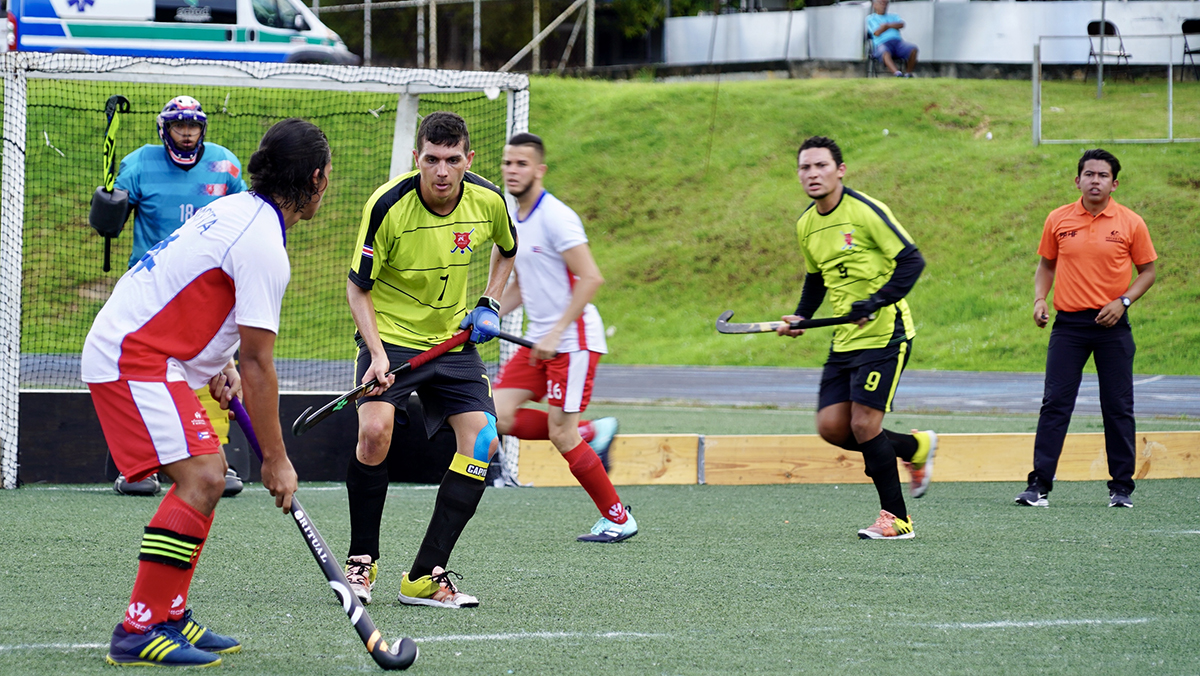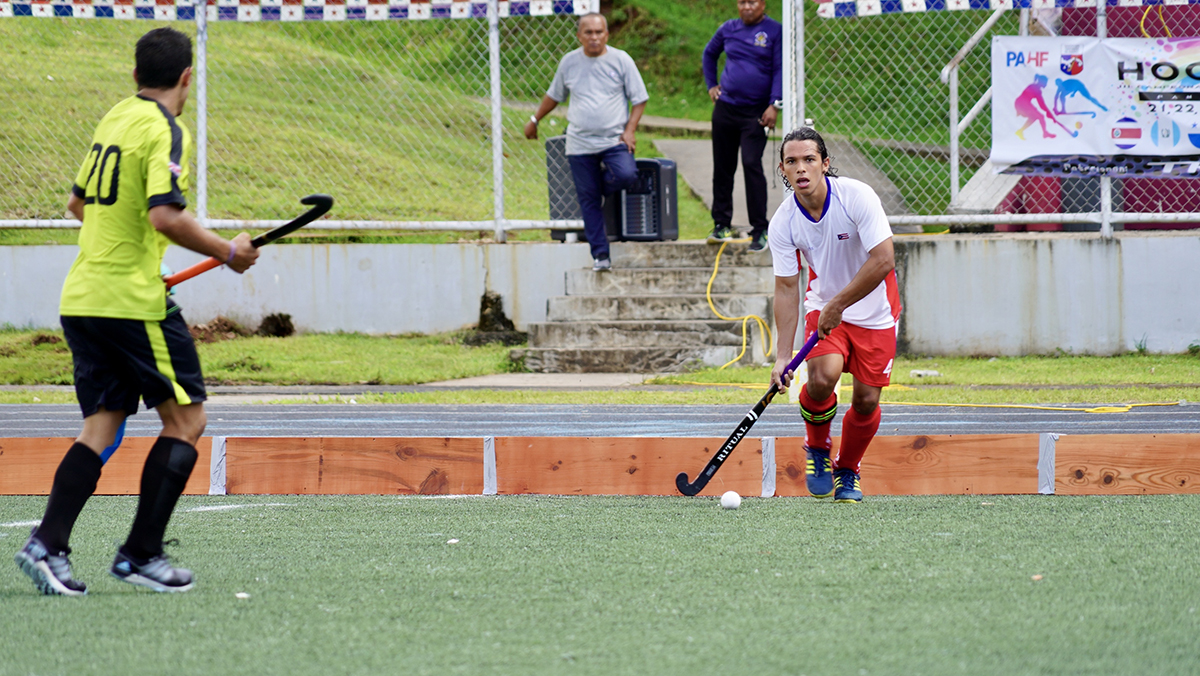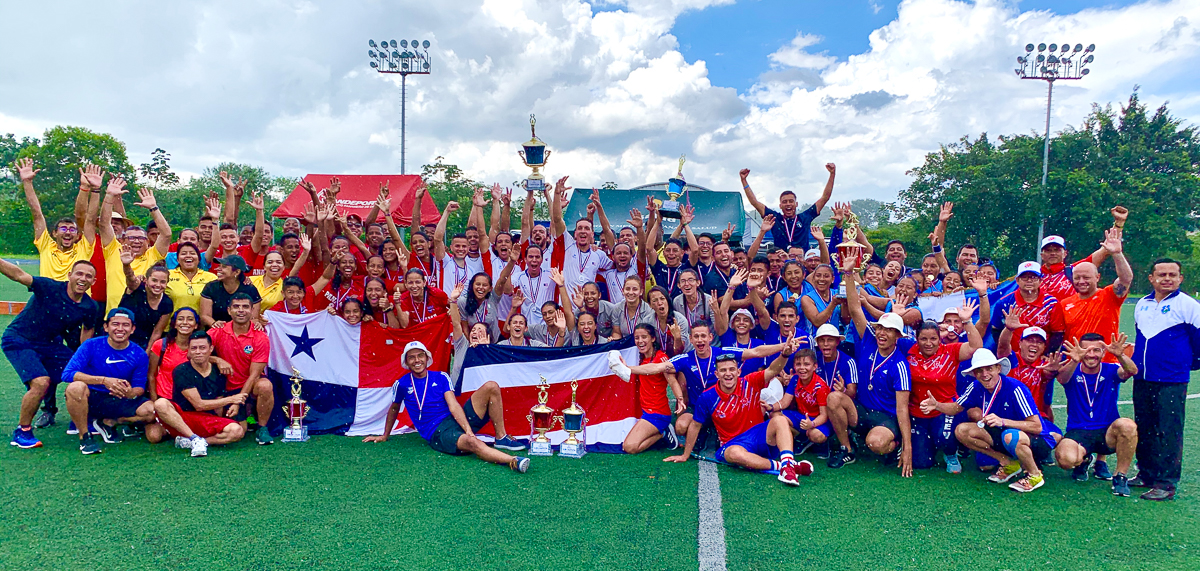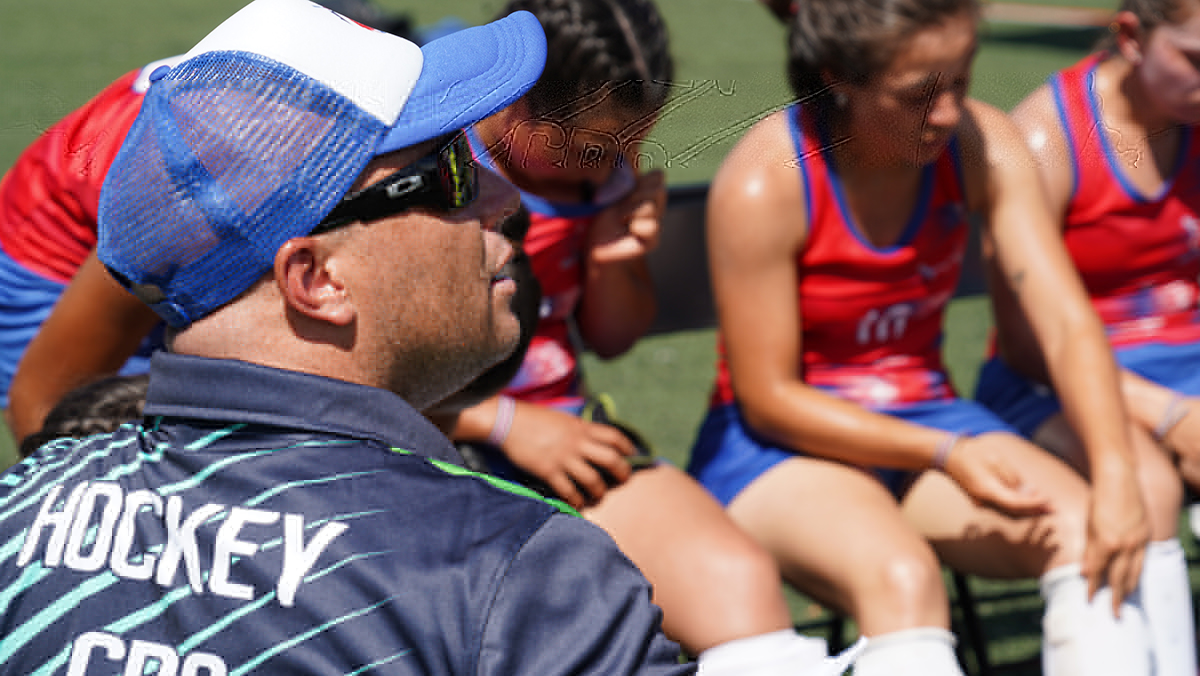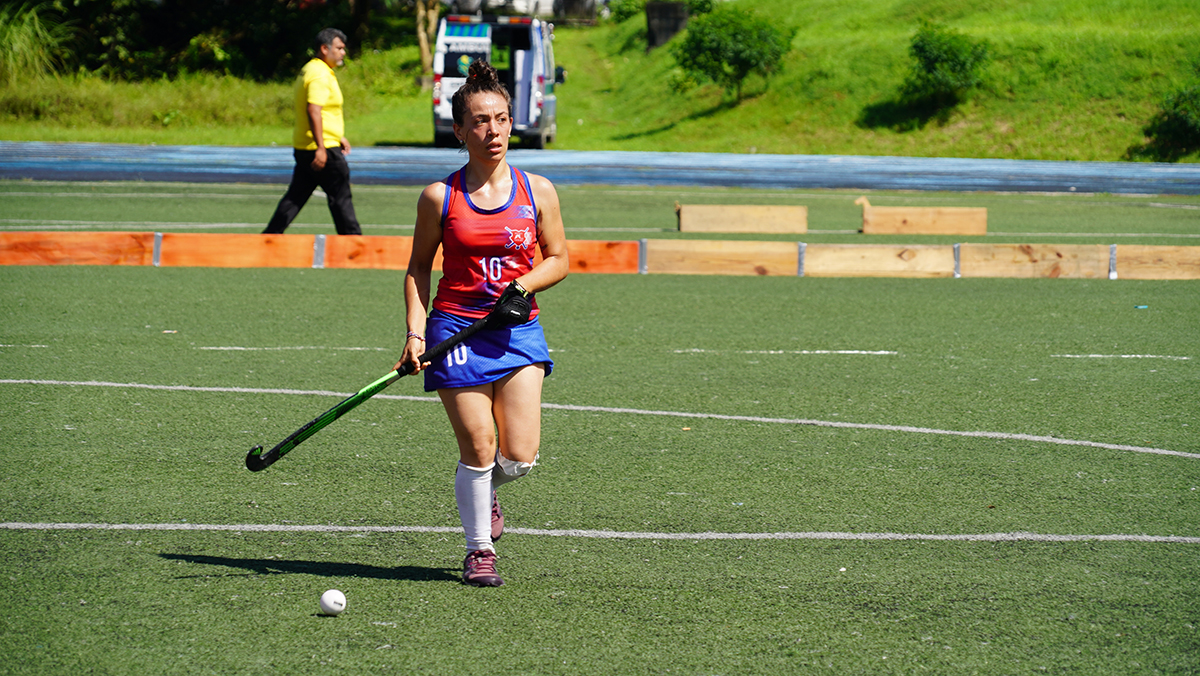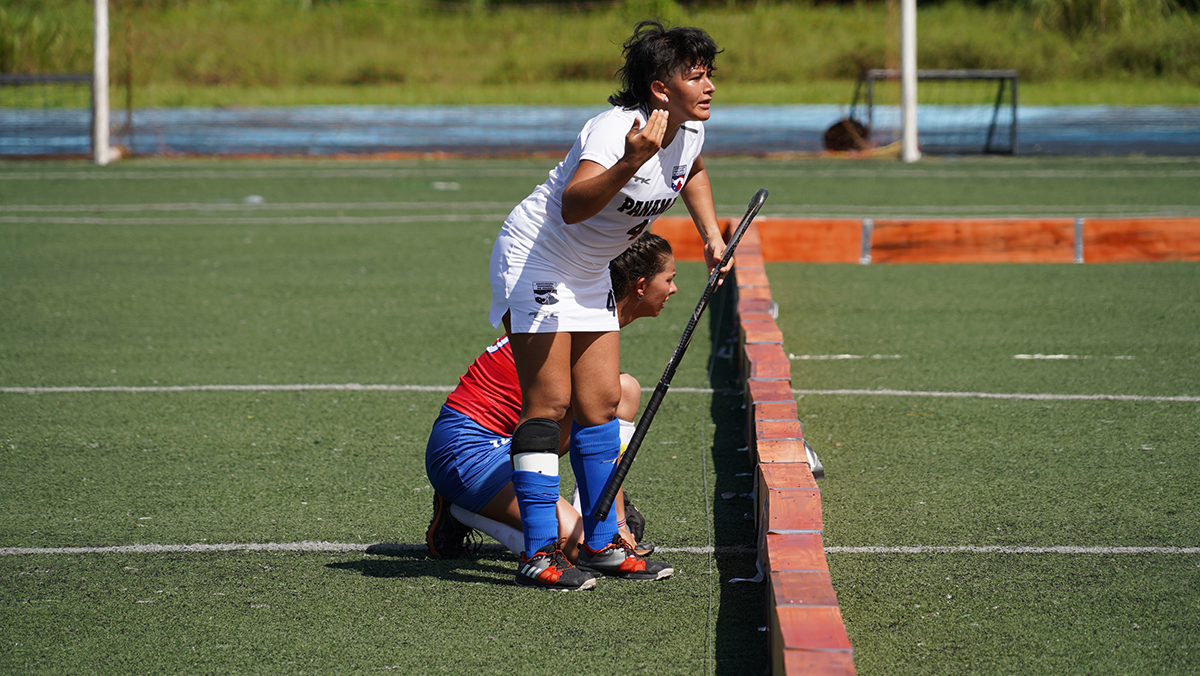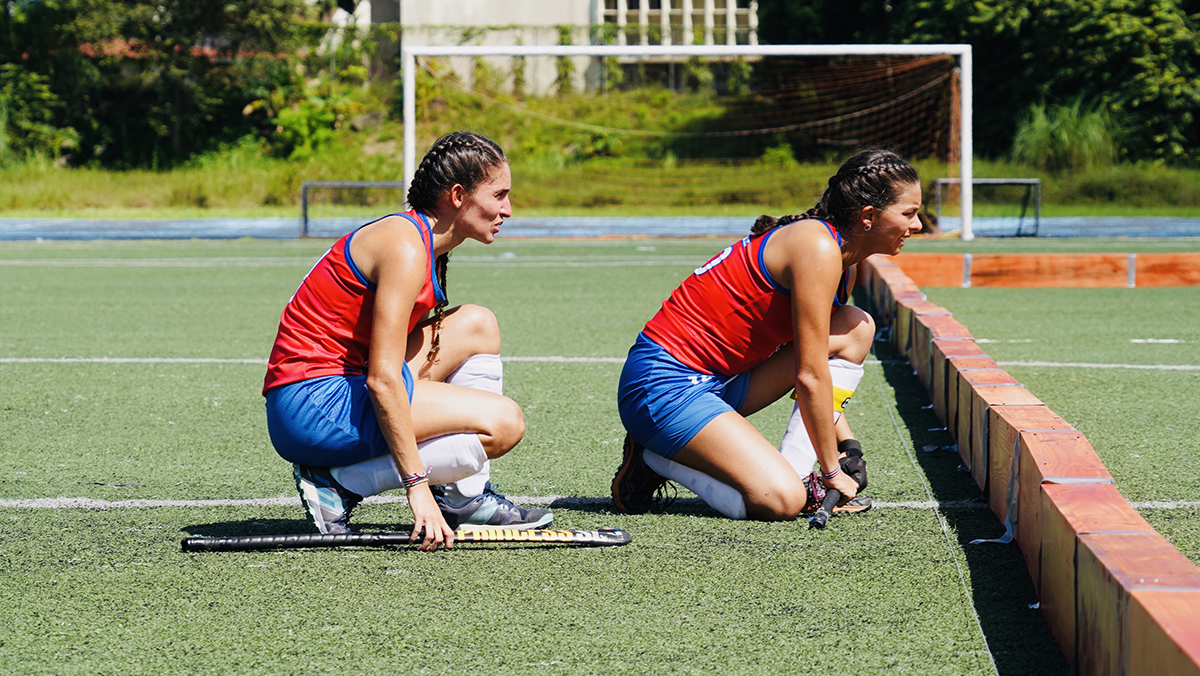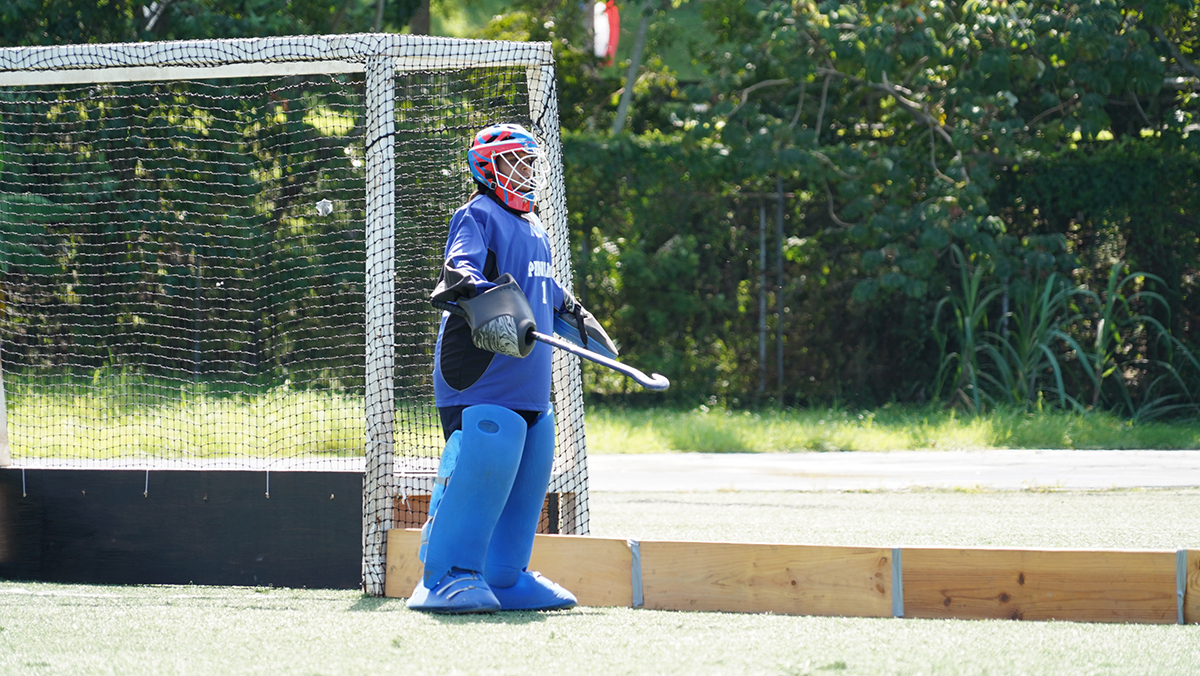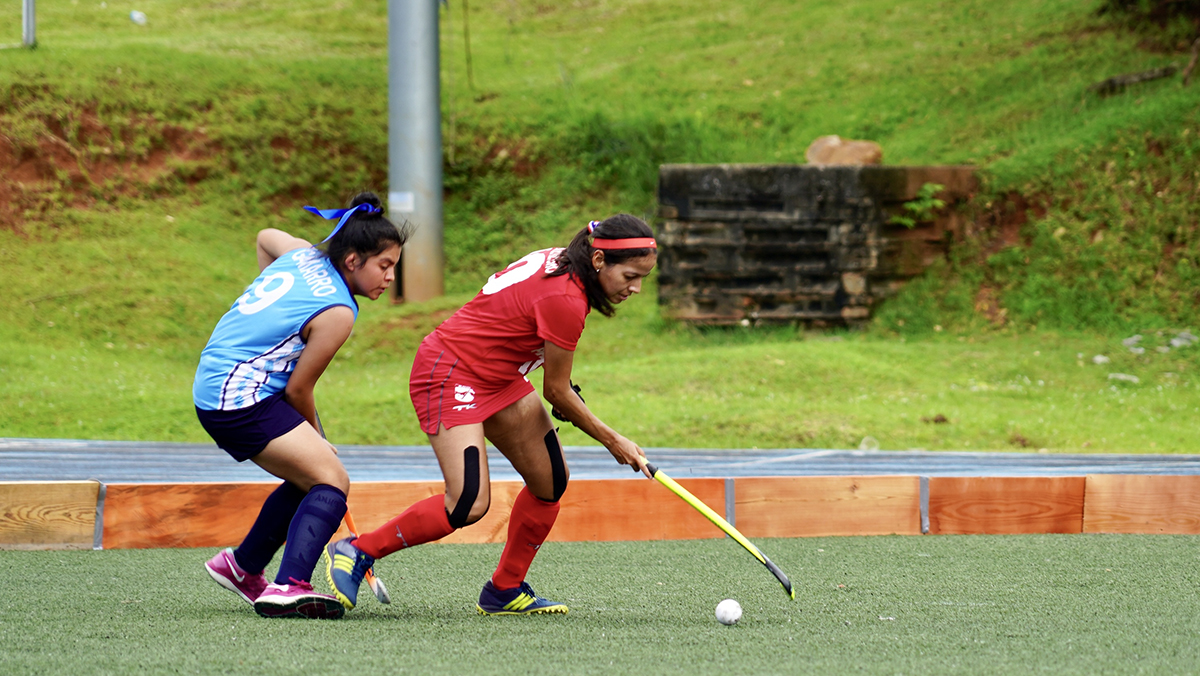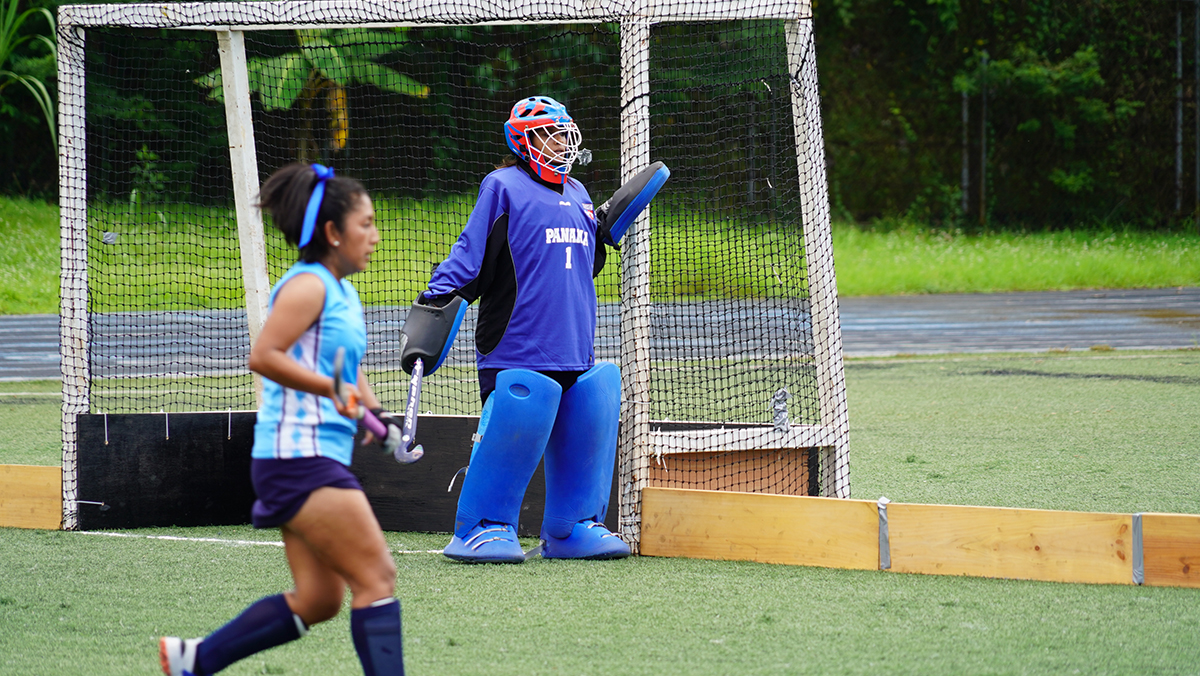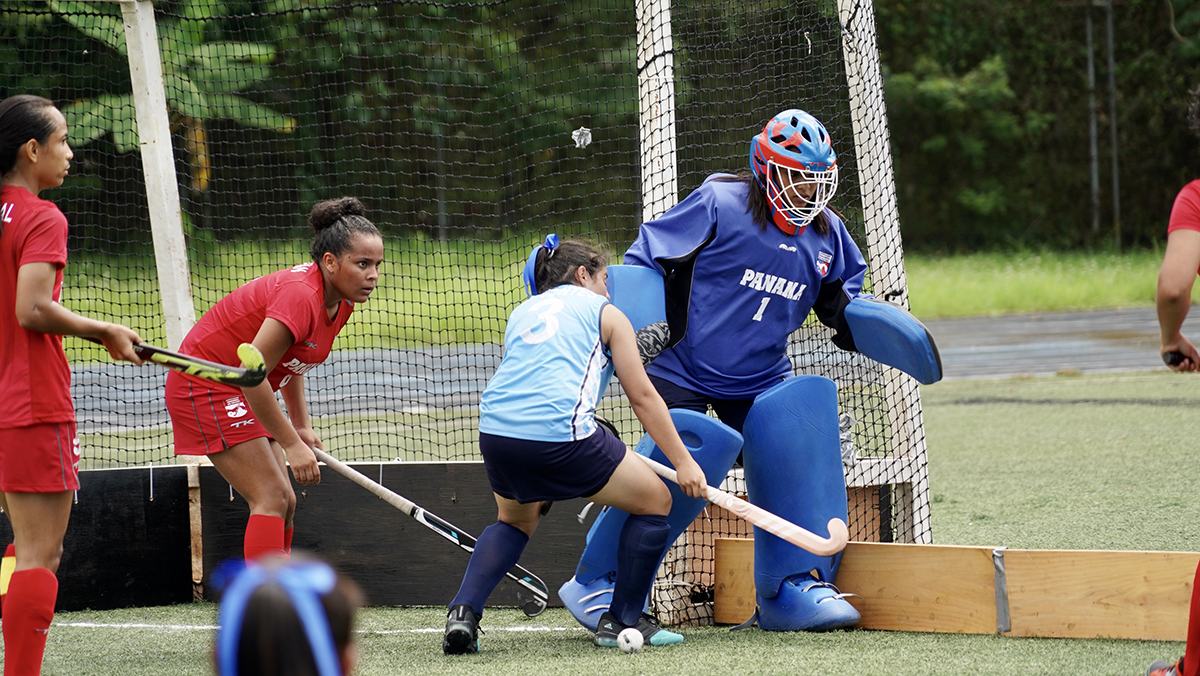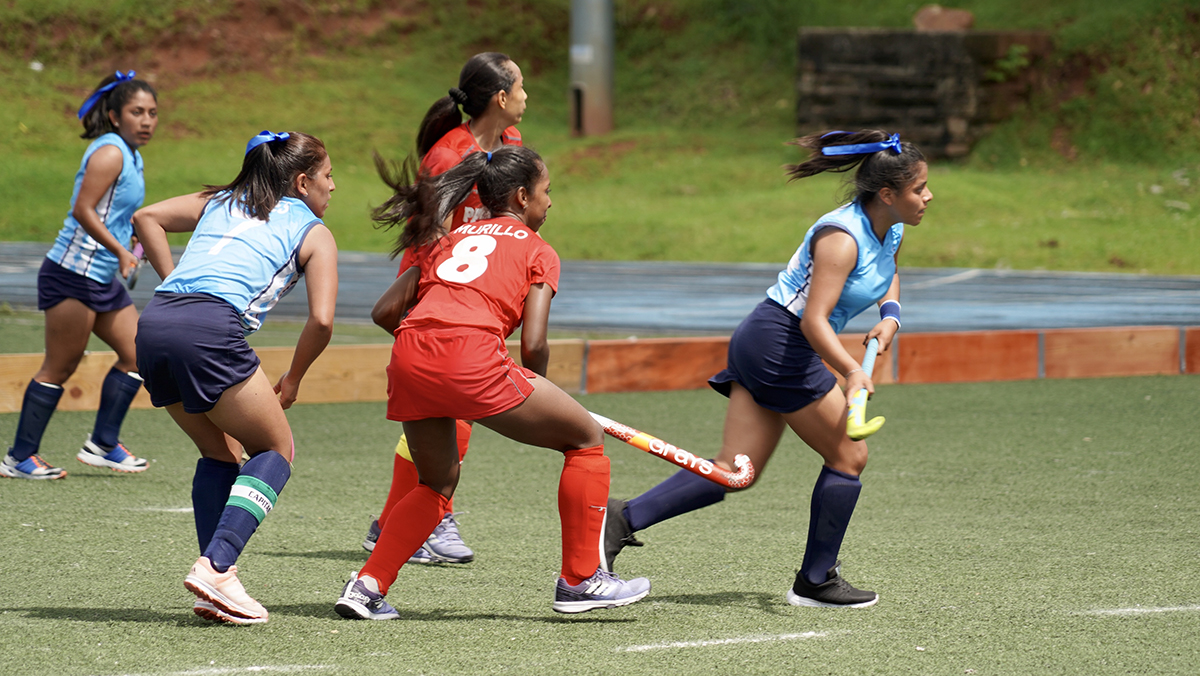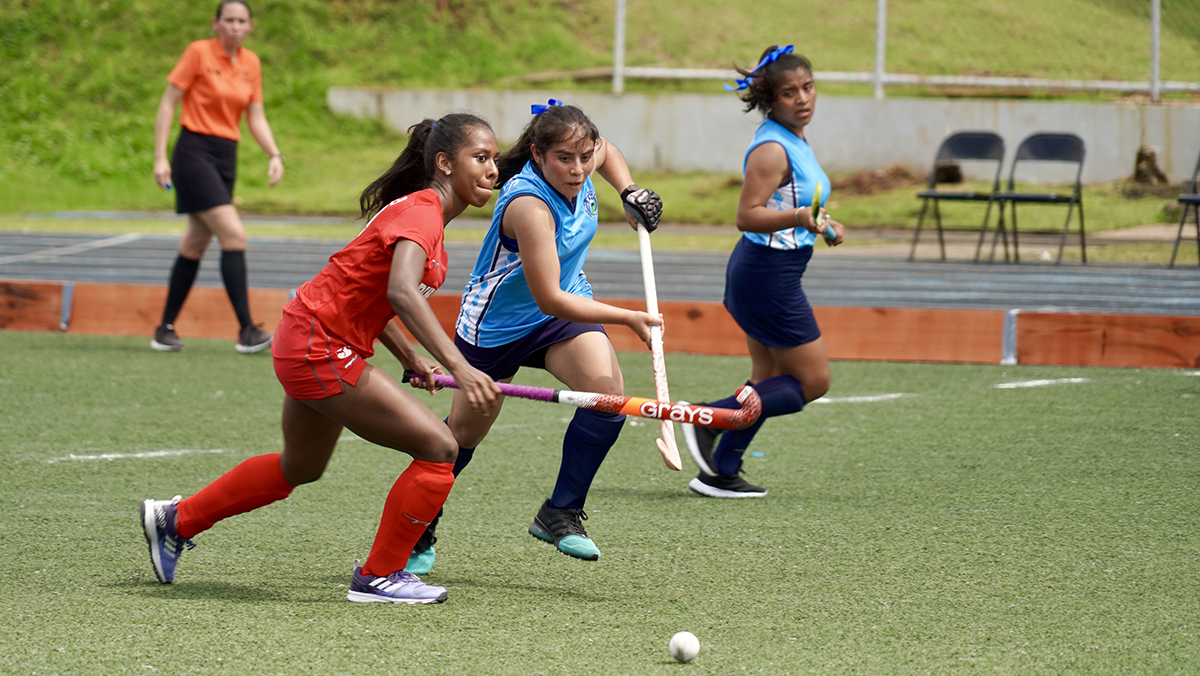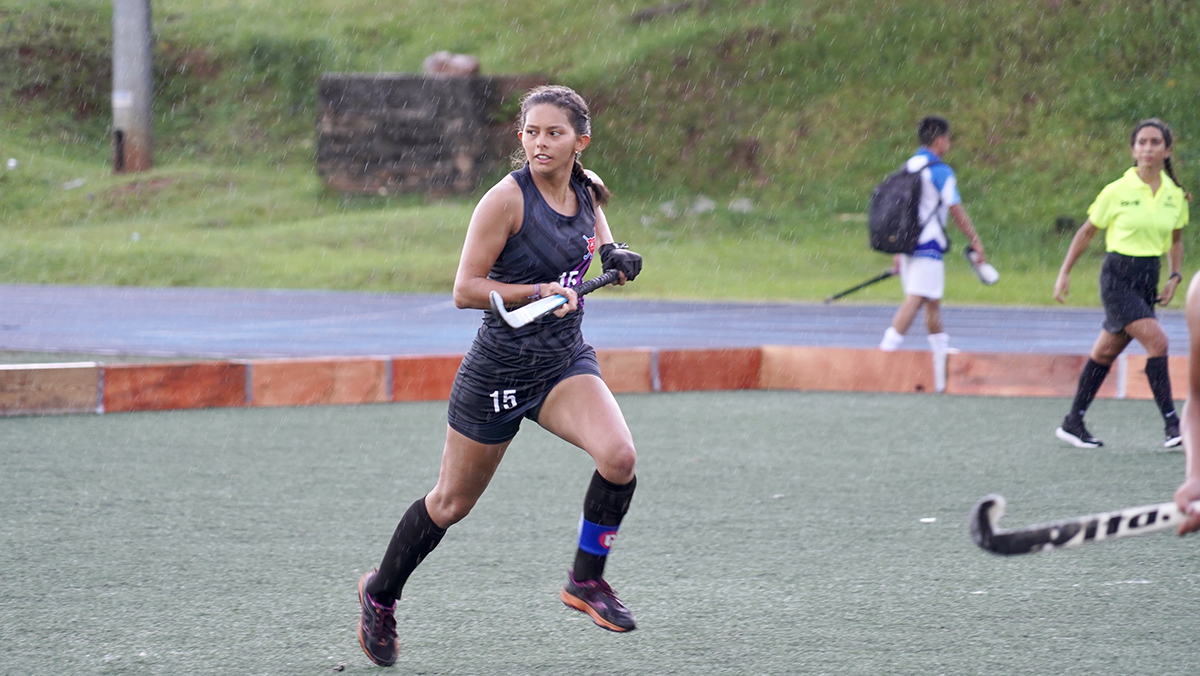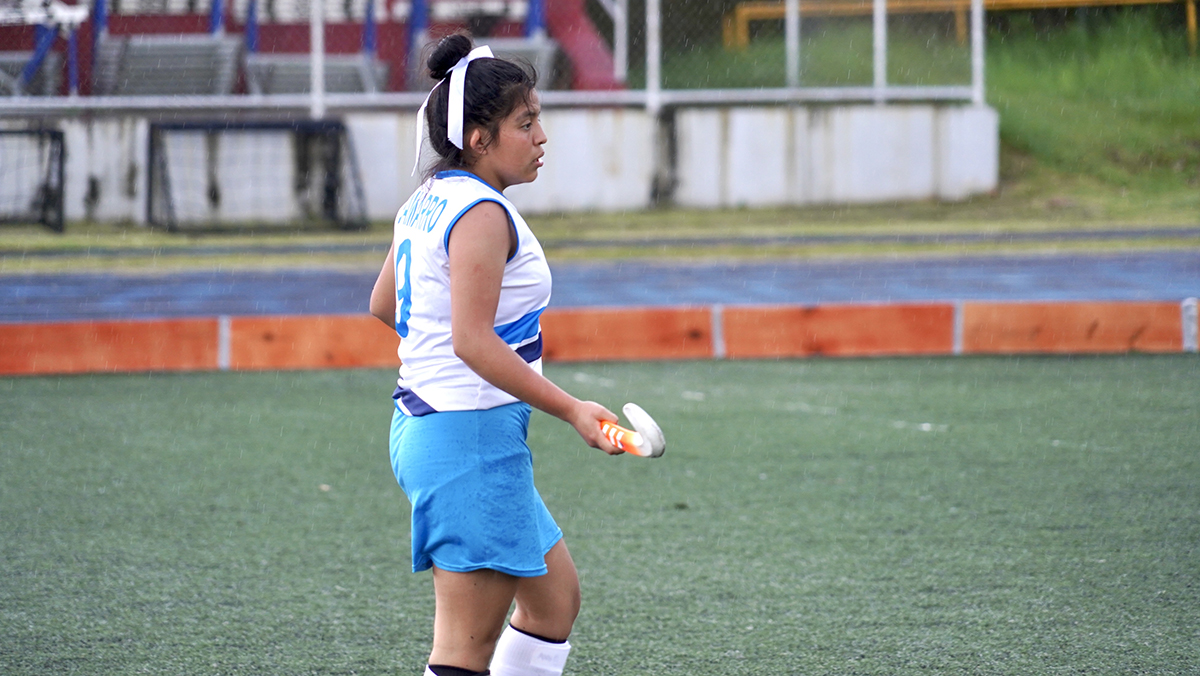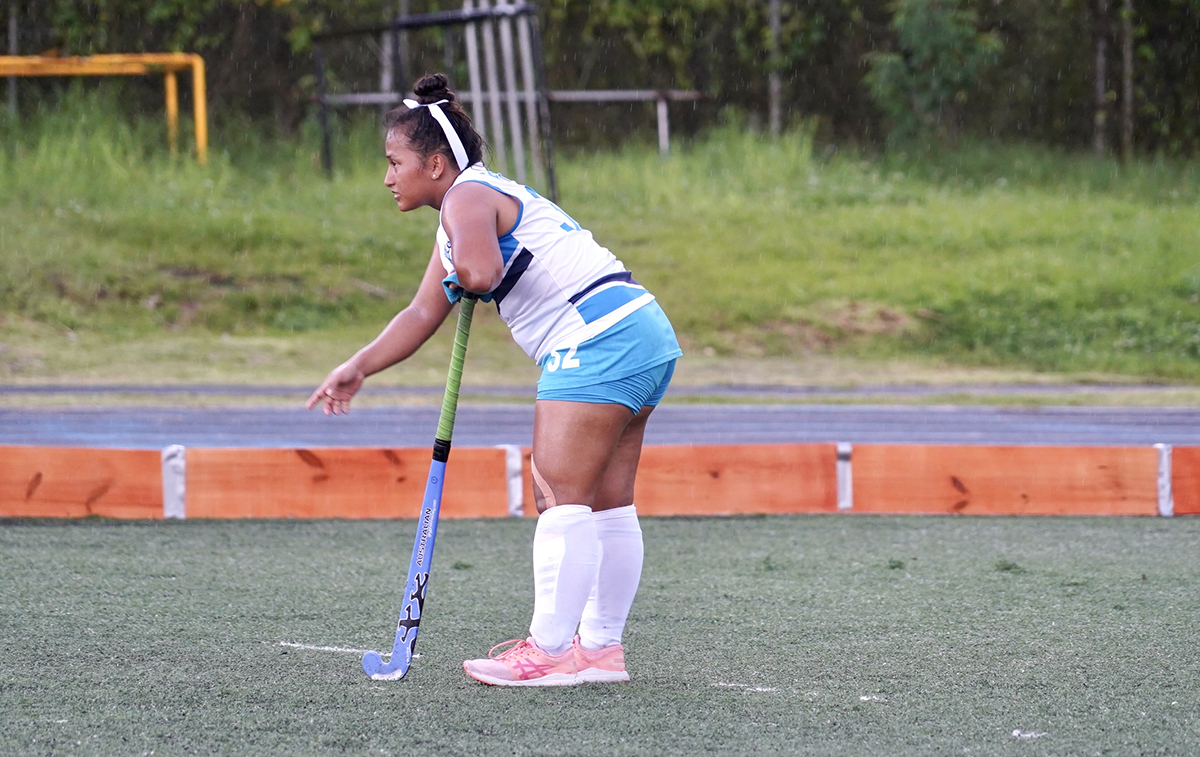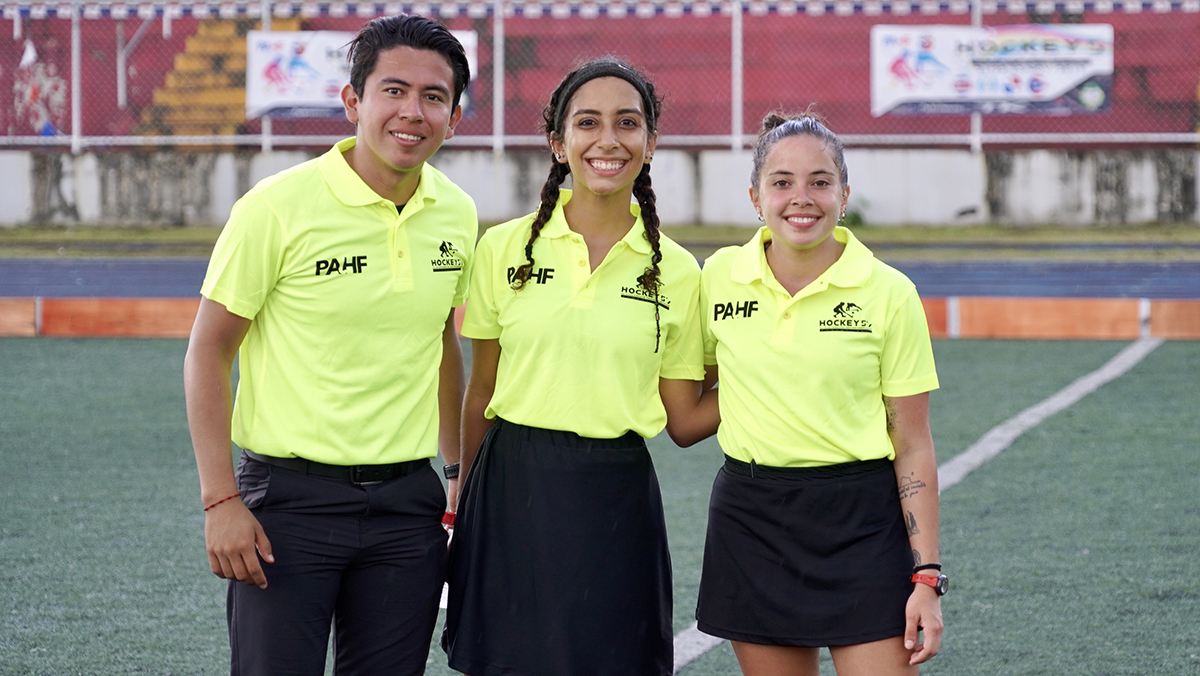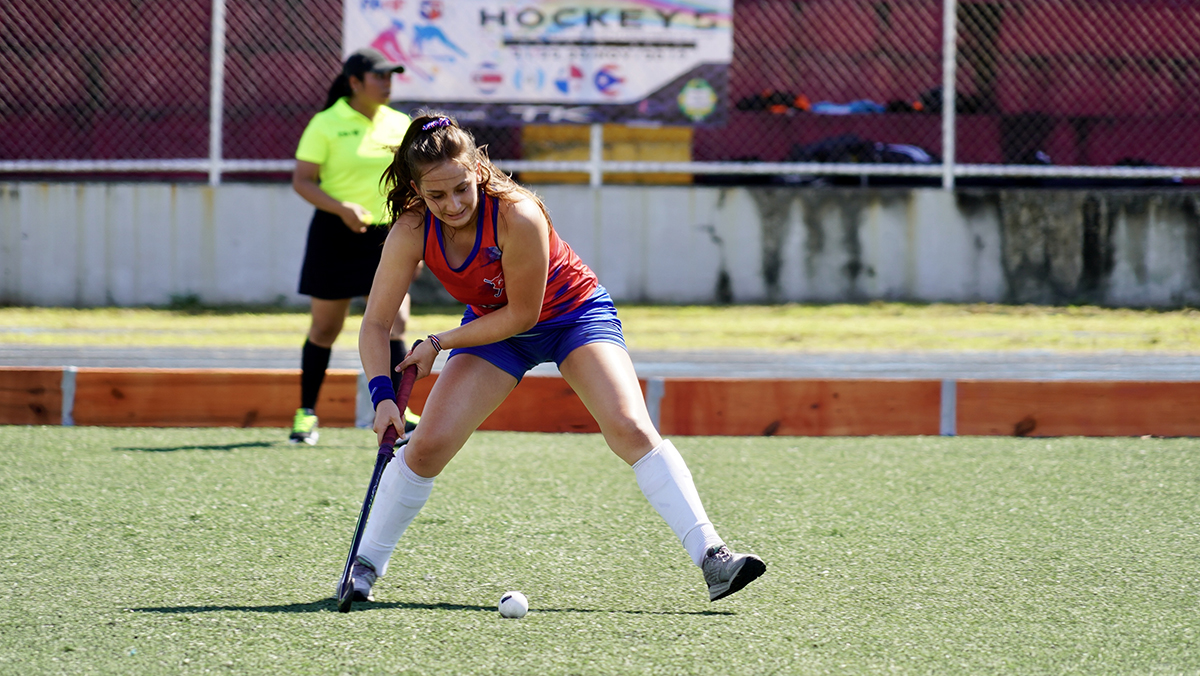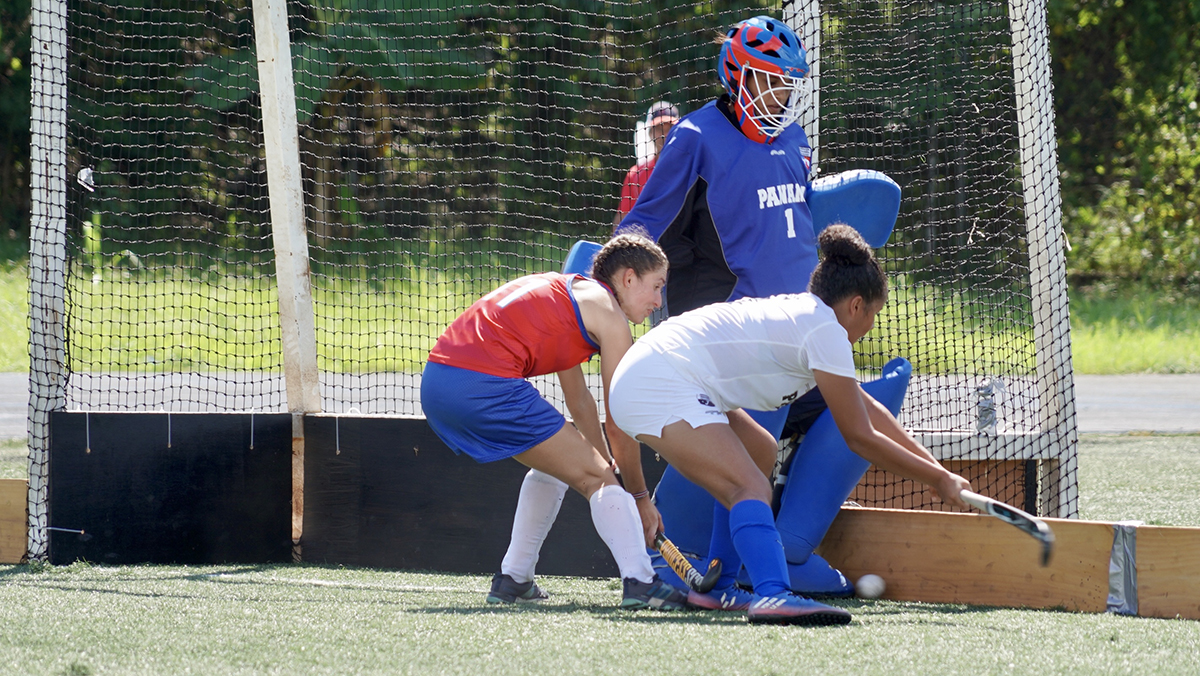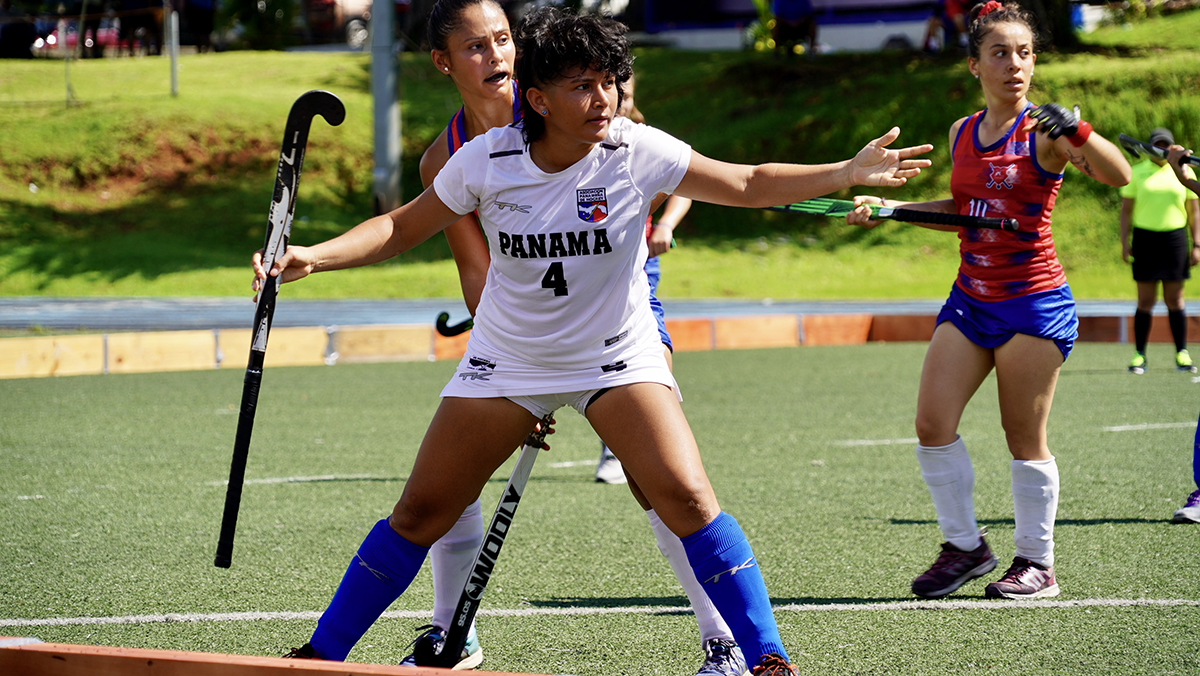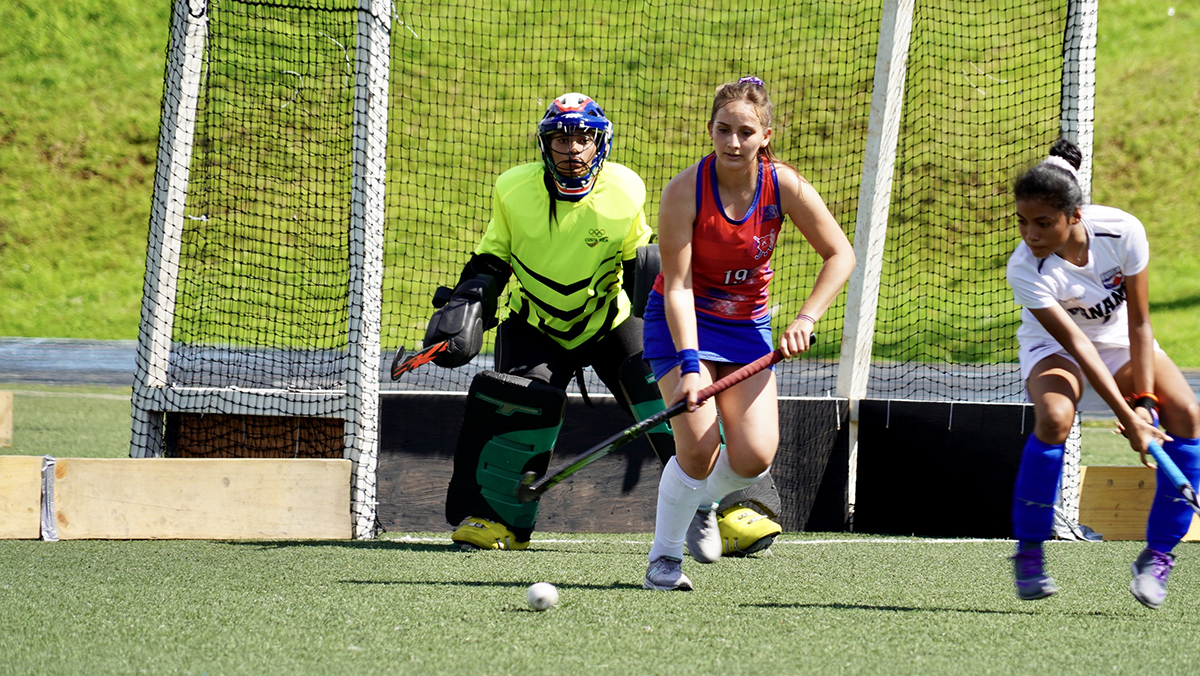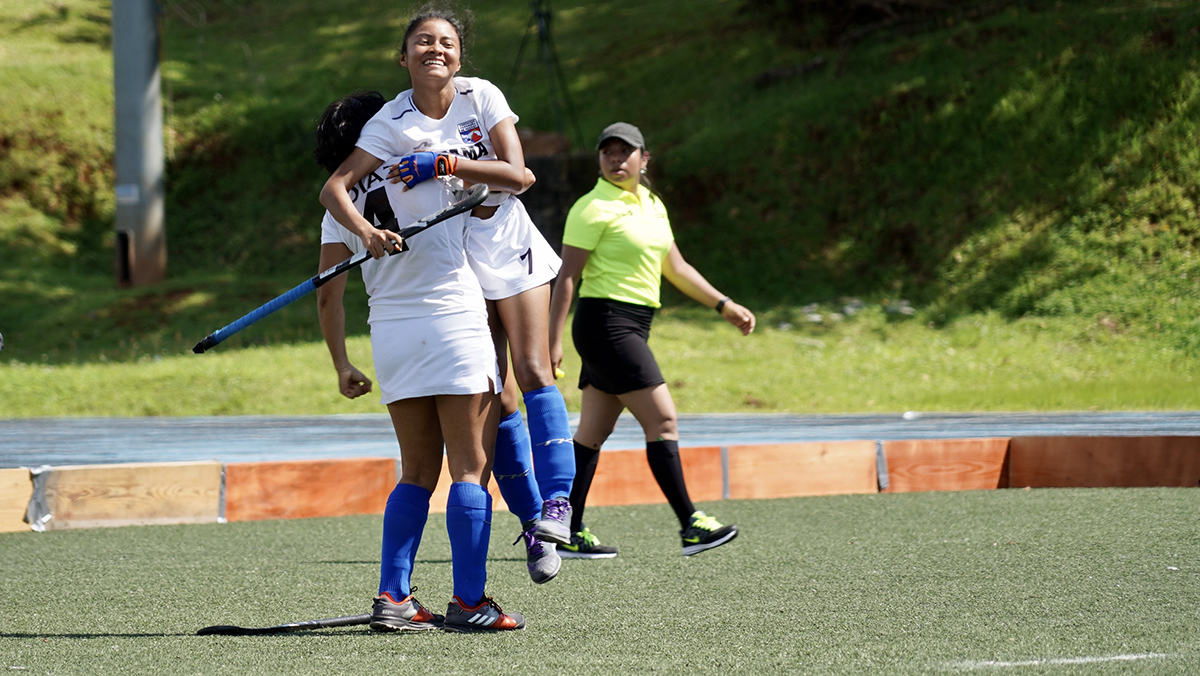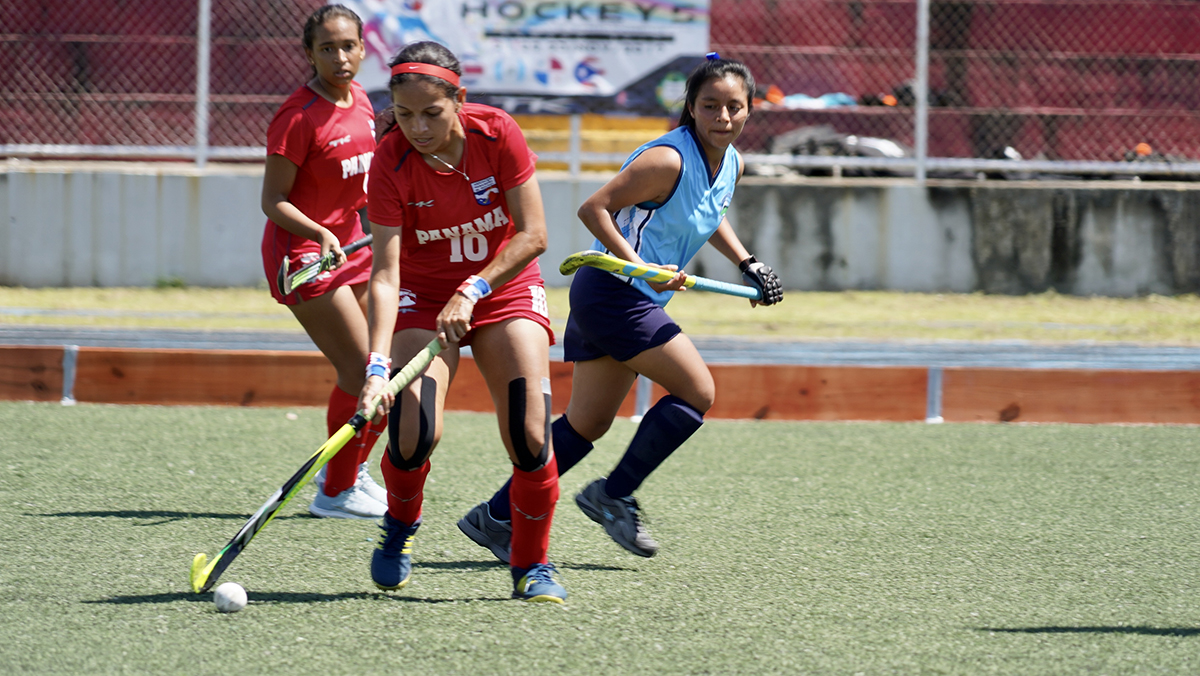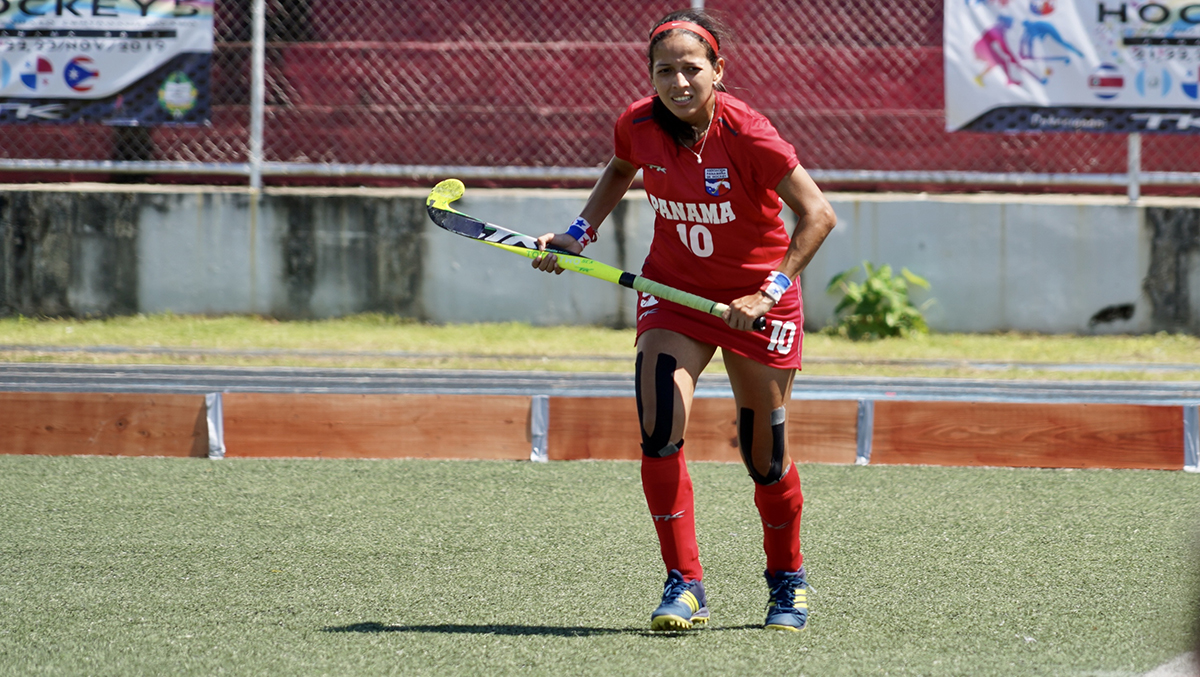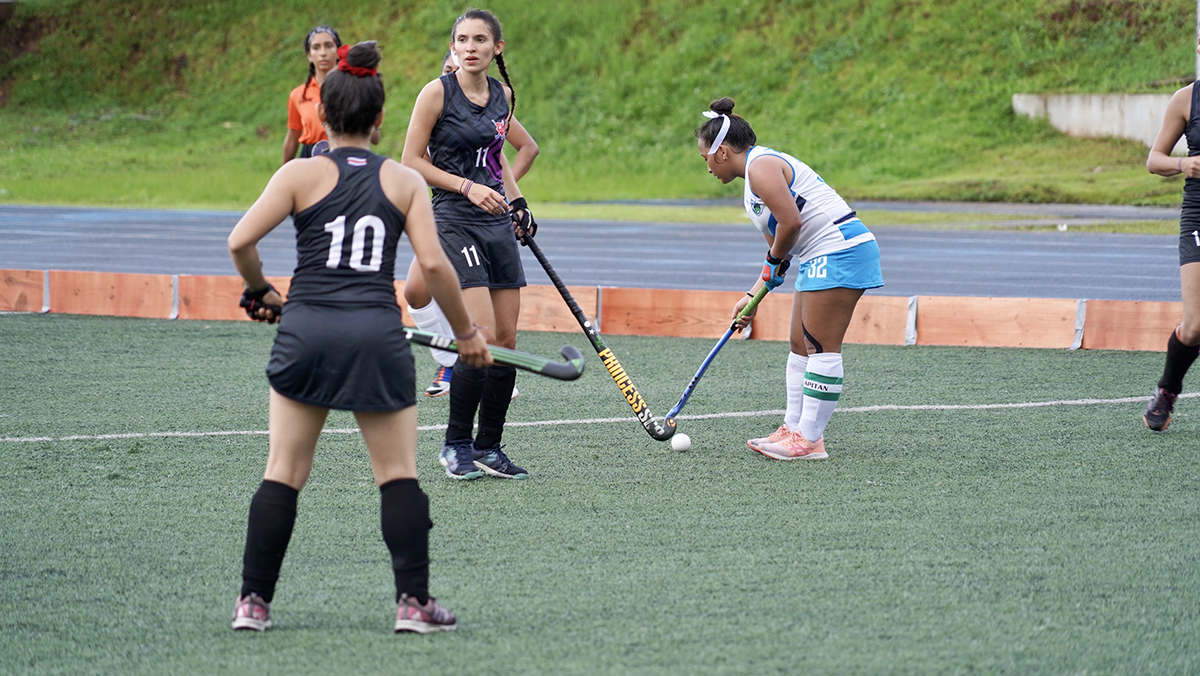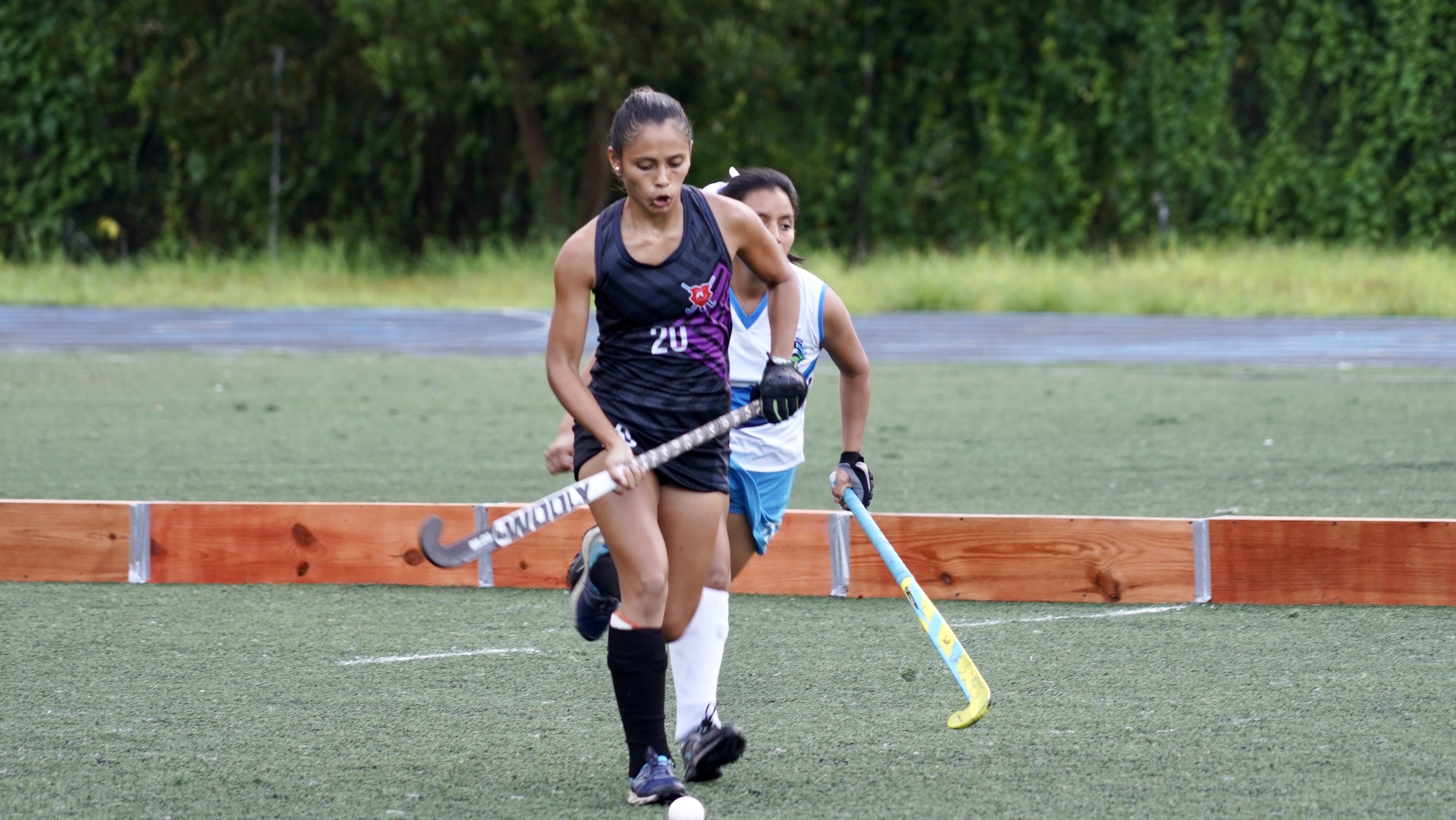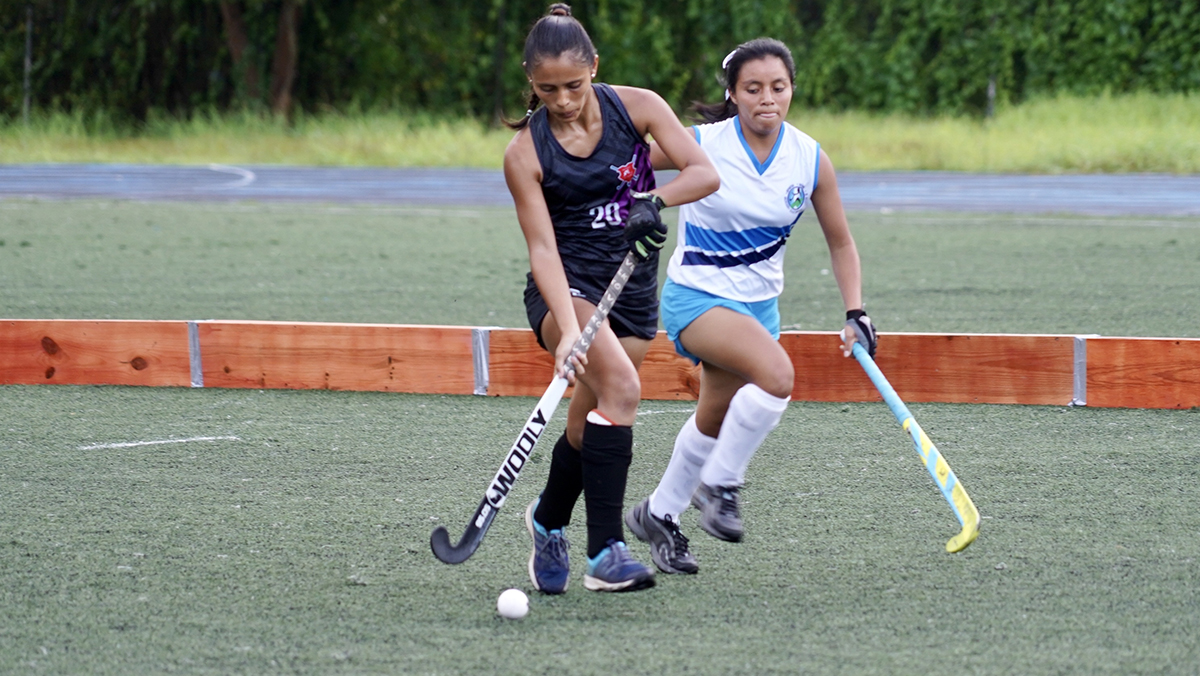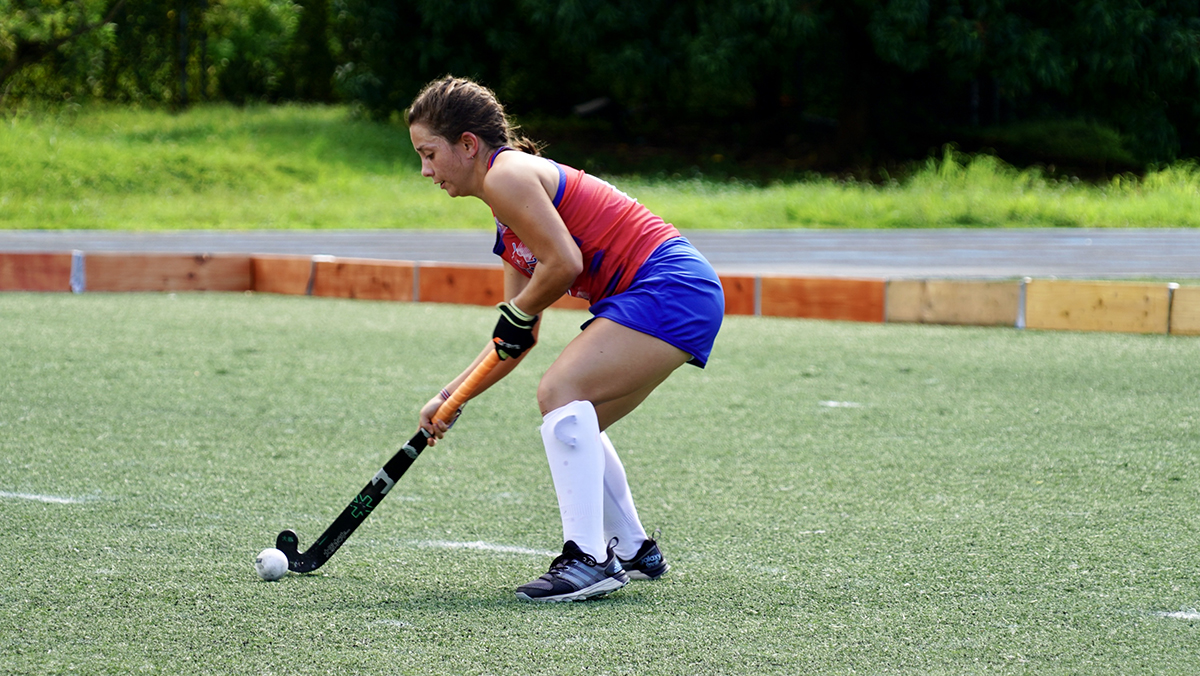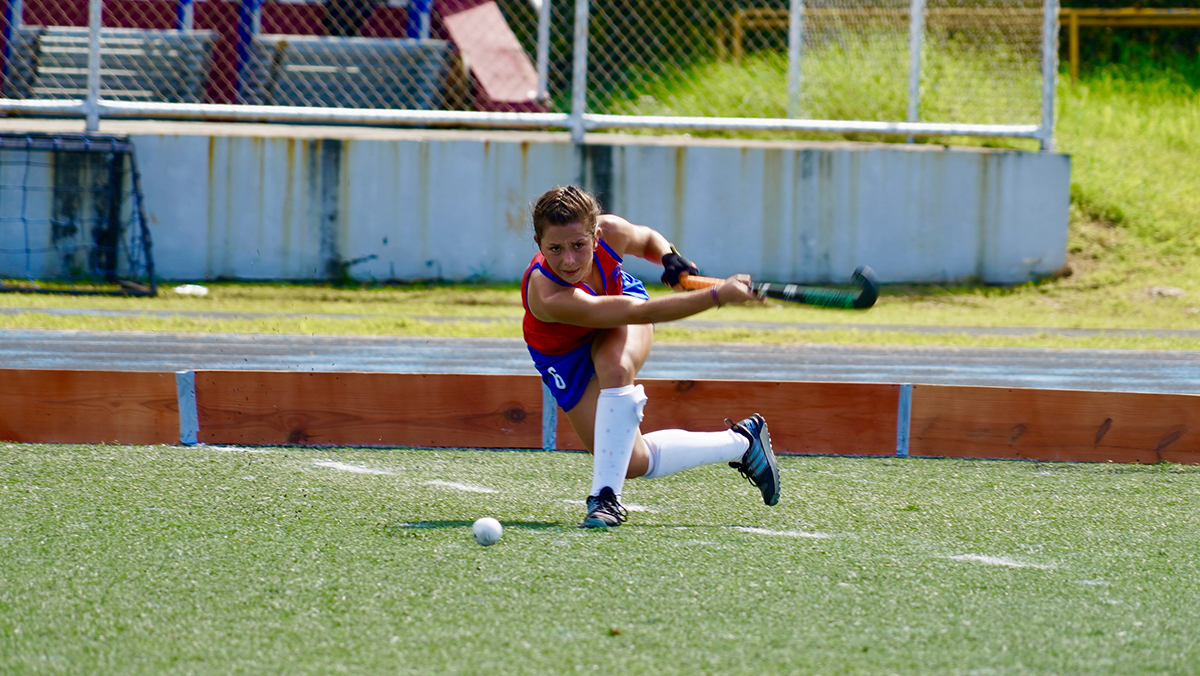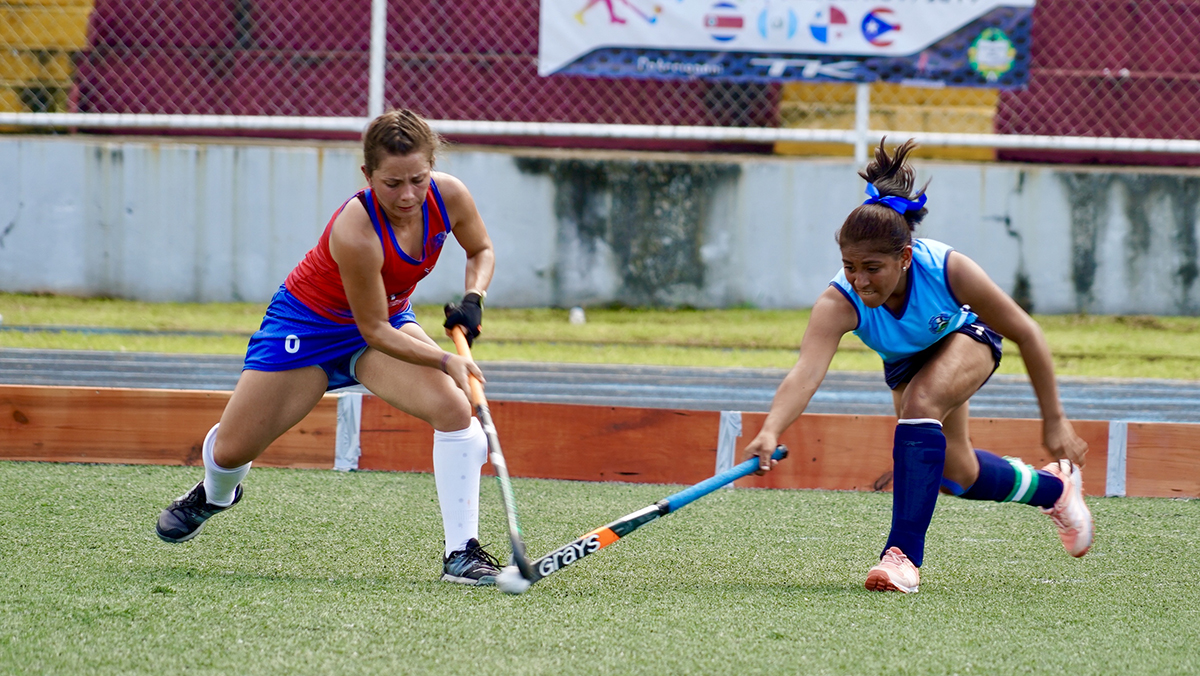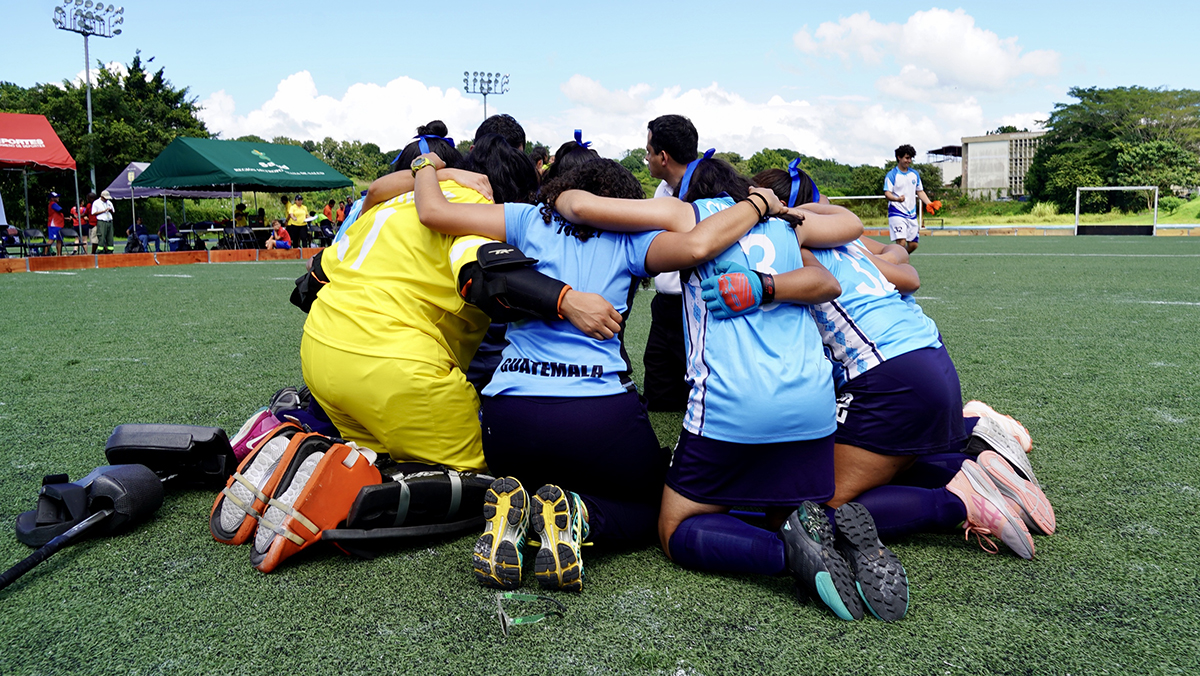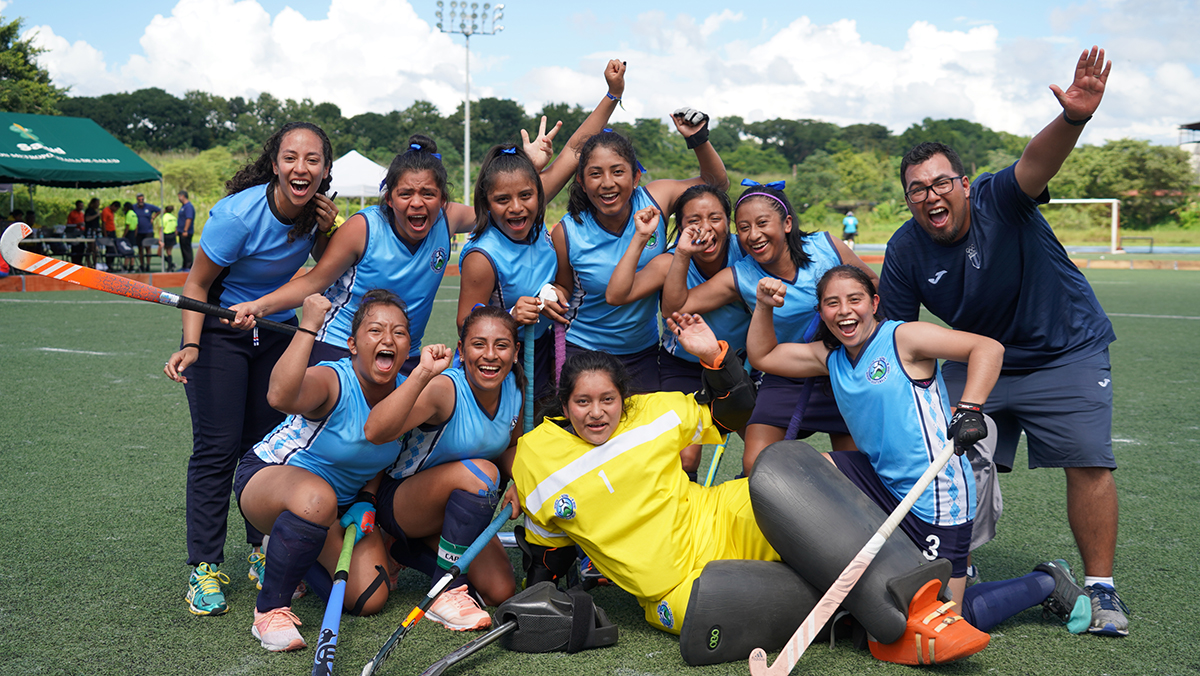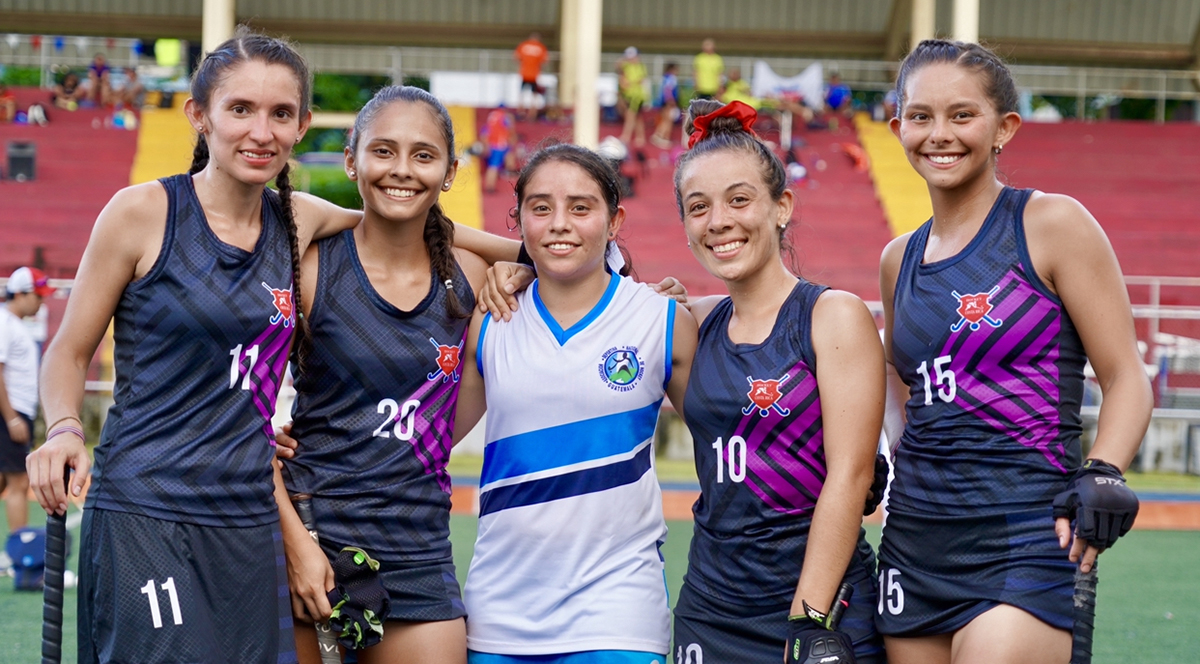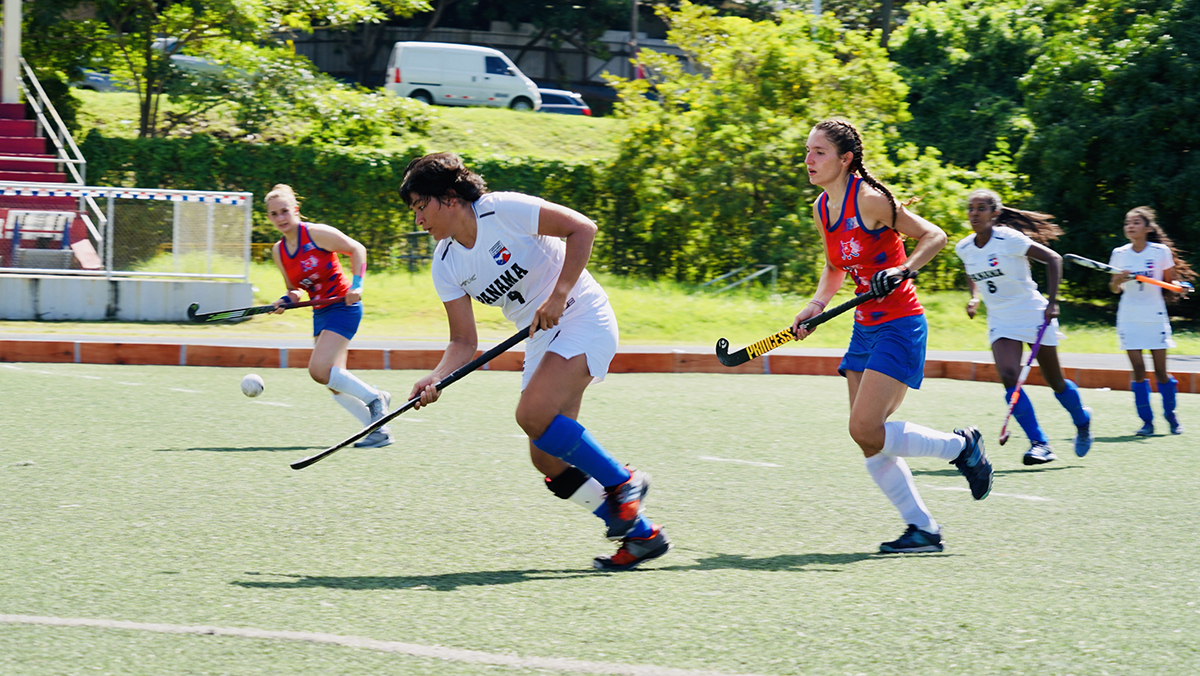
For the purist, Hockey5s or any other iteration of the game is not ‘real’ hockey. Across the ocean in Australia, there was an outcry from fans of traditional 11-a-side hockey when the progressive national association introduced a 9-a-side version of the game.
However, it is becomingly increasingly clear that small-sided games must be part of an overall hockey development strategy. For many national associations this is the only way to introduce the game to a wide population and to play regular international fixtures. And with more than 60 countries around the world regularly playing the short-form version, there is clearly an appetite.
Other sports have made the move, some with a lot of success. Rugby 7s is a great example of the way a sport has simplified its code and then allowed it to develop a life of its own. High 5 netball is another example. Where netball – a game not well known outside of Commonwealth nations – is a game with a lot of rules, particularly regarding areas of movement, so High 5s has fewer players and fewer restrictions. This means the players can practice skills and play the game without it breaking down too regularly.
Recognising the need to open the game to a wider audience, the International Hockey Federation (FIH) has recently announced the first edition of a Hockey5s World Cup, to take place in 2023. The international body is acutely aware that many nations are lacking in the facilities or finances to run sustainable 11-a-side nations programs but the versatility of Hockey5s means the sport can at least be enjoyed in one, fast-moving version of the game by most nations in the world.
Talking about the FIH’s decision to launch a Hockey5s World Cup, Jon Wyatt, FIH Sport and Development Director, says: “Hockey5s is a proven entry level for hockey in communities where hockey is not yet an established sport. We are keen to promote the short form of hockey to introduce newcomers to the sport which can be played by smaller groups, on any surface, and with simplified rules.
“The 2018 Youth Olympic Games in Buenos Aries saw the potential of Hockey5s at an elite level to excite and inspire, with Hockey5s the most popular sport for fans across the entire sport portfolio, and tens of thousands of school children attending the matches. Our goal is to introduce hockey to new players and officials, wherever they are in the world and whatever the facilities they have access to, and Hockey5s is a core part of that strategy”.
Just as with the 9s in Australia, reaction to the announcement by the FIH has been mixed. Sports commentator Chris Sharples is huge fan of the small-sided game: “It's an excellent chance to see players develop and excel in a different format. Those skills that can either be taken into the 11 a side game or even for players to become a specialist in the 5s format - I really dont see a problem with that.”
However, the hockey website Self Pass commented: “I am very disappointed with FIH decision to create a Hockey5s World Cup 2023. This is a bad decision concerning the technical-tactical interest and development of the game (as proven) and might prove to be of irreversible damage for our sport.
“Hockey5s is real and also a joke. Of course the smaller countries will support [it], that’s exactly part of the problem. A permission and a motivation to ‘forget’ hockey 11-a-side. Probably the worst mistake ever of FIH.”
One country which is at the forefront of Hockey5s in our region is Costa Rica. The former has recently held the first edition of the Hockey 5s Clubs Cup Cartage, with teams from Guatemala, Honduras and Costa Rica, taking part in the event, which was held at Las Brujas Sports Complex in Paraíso de Cartago, Costa Rica.
PAHF spoke to Bernardo Picado, the President of the Costa Rica Hockey Federation about the successful inaugural Hockey5s Clubs Cup Cartage. Before the event even got underway, Picado and his team of organisers faced a big problem: the original facilities had become unavailable, so there was a scramble to find an alternative.
“Everything had to be moved, which was a big inconvenience,” says Picado. “It had already been difficult to get financial support from the local sport authorities but that had been achieved eventually. Then, suddenly, we had to find a facility that was suitable for both players and spectators. We also had to coordinate hosting the participating teams.”
Despite the issues, Picado was delighted with the way things turned out: “The feeling of joy is indescribable and the excitement of seeing athletes doing their best and seeing families [spectating] is great. It is a feeling of "work done" and a commitment to continue adding efforts and events where we can keep growing.”
For Costa Rica, hosting the tournament is a big step along their development pathway. The players had been training two or three times a week for the event since January, which meant the standard of play was high and Picado sees the event as a springboard to more competitions and playing opportunities.
“Players, umpires and officials can take advantage of this and grow their skills and knowledge. We, the Federation, need to continue to create this type of opportunity.”
For Picado, the beauty of the Hockey5s format is that it allows teams to travel and play but on a smaller budget than that of an 11-a-side team. Costs for food, accommodation, travel are all lower, but, he adds, the intensity of the games make the matches fast-paced and exciting.
From this point, the Costa Rica national players will continue to train, with their focus now on the Central American Hockey5s Championship. The girl’s team are playing matches against an university in the USA in December while the boy’s youth team will be competing against El Salvador at the same time.
The successful running of the two four-team competitions served yet another purpose: it demonstrated to the Costa Rican Institute of Sports and Recreation (ICODER) that the Costa Rican Hockey Federation (Fecohockey) was more than capable of hosting and running high tier events.
For Costa Rica, (who are currently ranked 87th in the FIH World Rankings), to move up the world rankings and to play more international fixtures, experiences such as the Clubs Cup are invaluable.
As the developing nations spread their wings and grow, an emerging and common strategy is to start with Hockey5s and progress to the 11-a-side game. It is clear that, although Hockey5s, and its place within the entire hockey offering, may be under fire from some quarters, a trip to an event such as the recent Hockey5s Club Cup Cartage or the aforementioned Youth Olympic Games in Buenos Aires in 2018 is a sweet reminder that for many nations, small steps are the only plausible and sustainable way to success.

